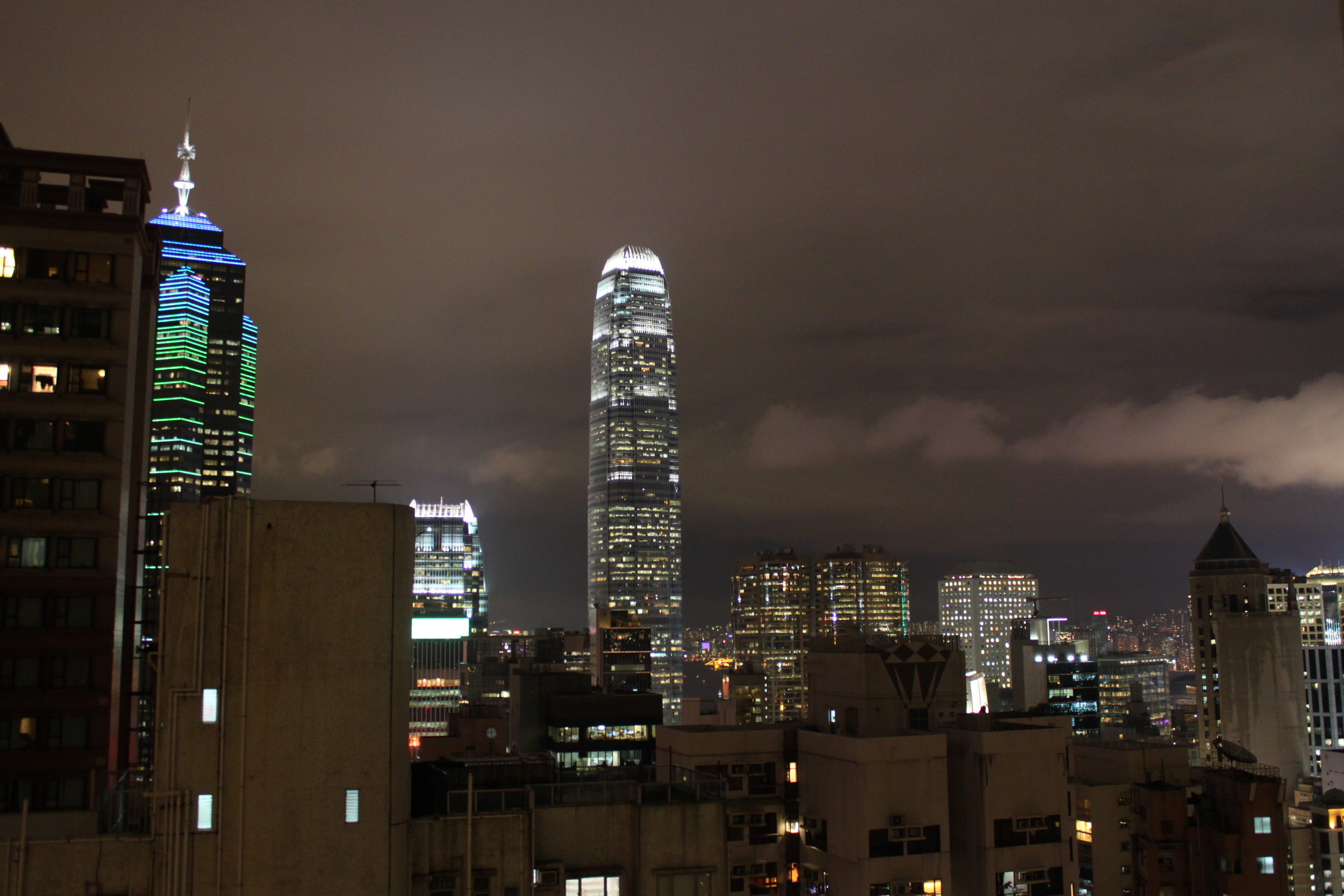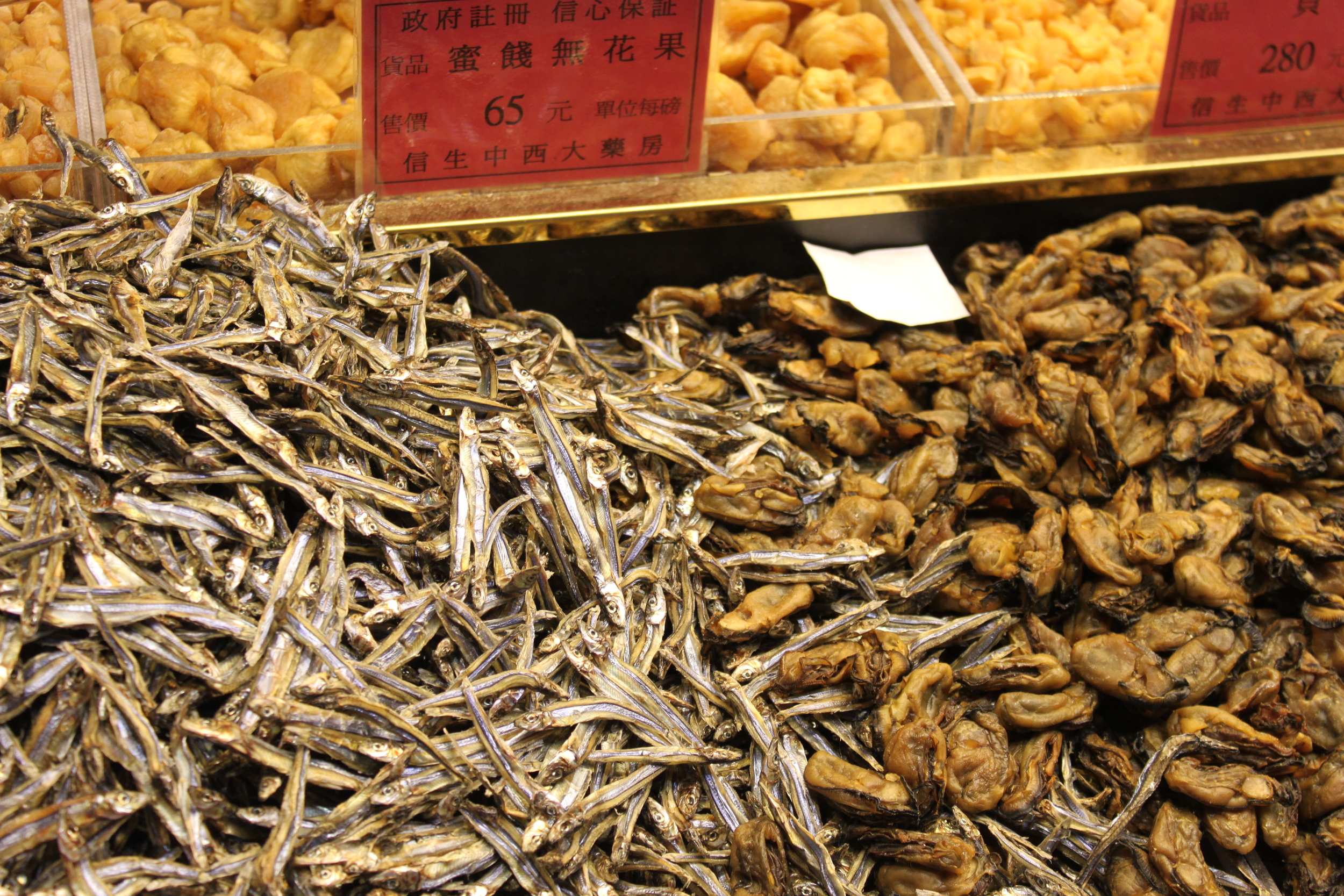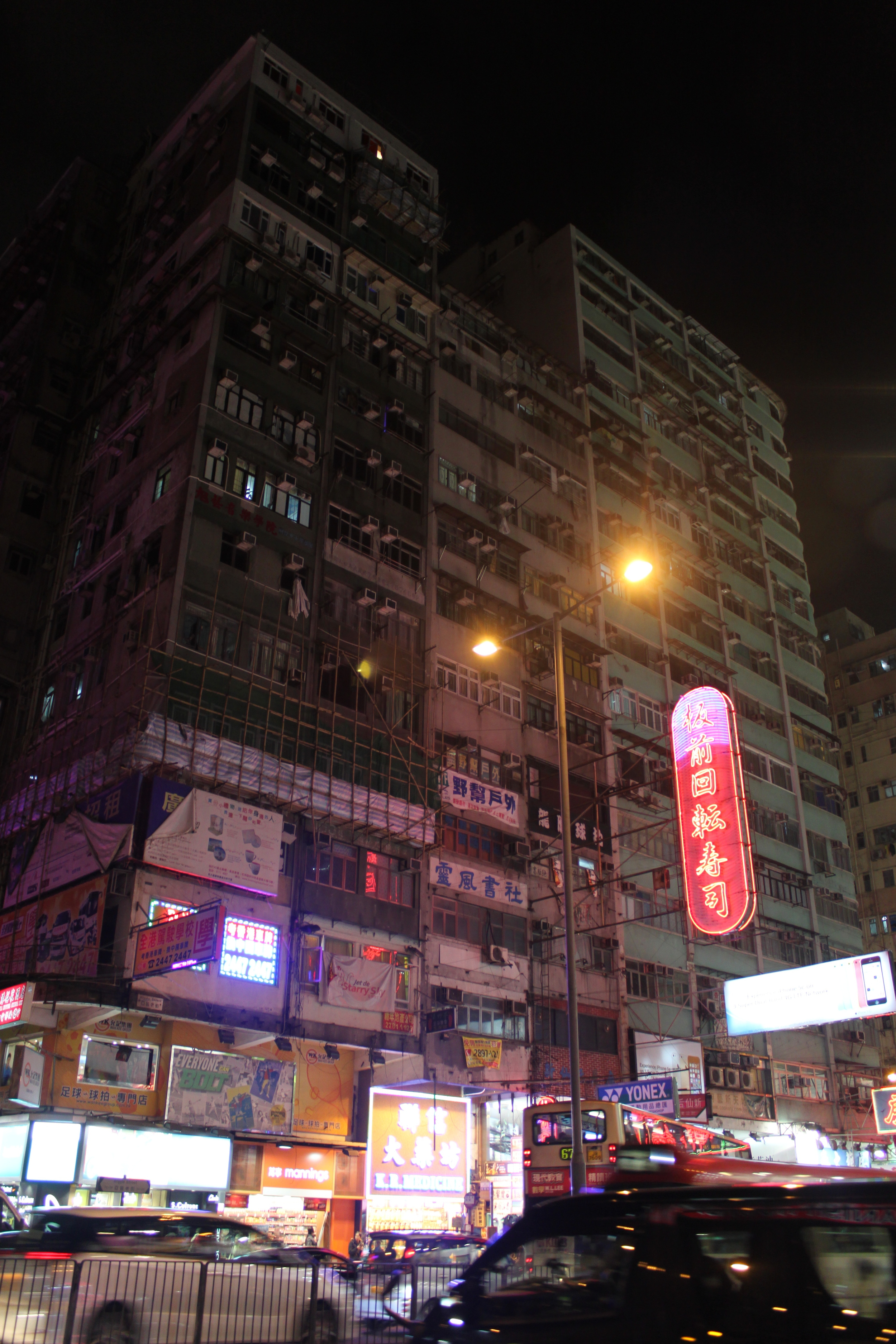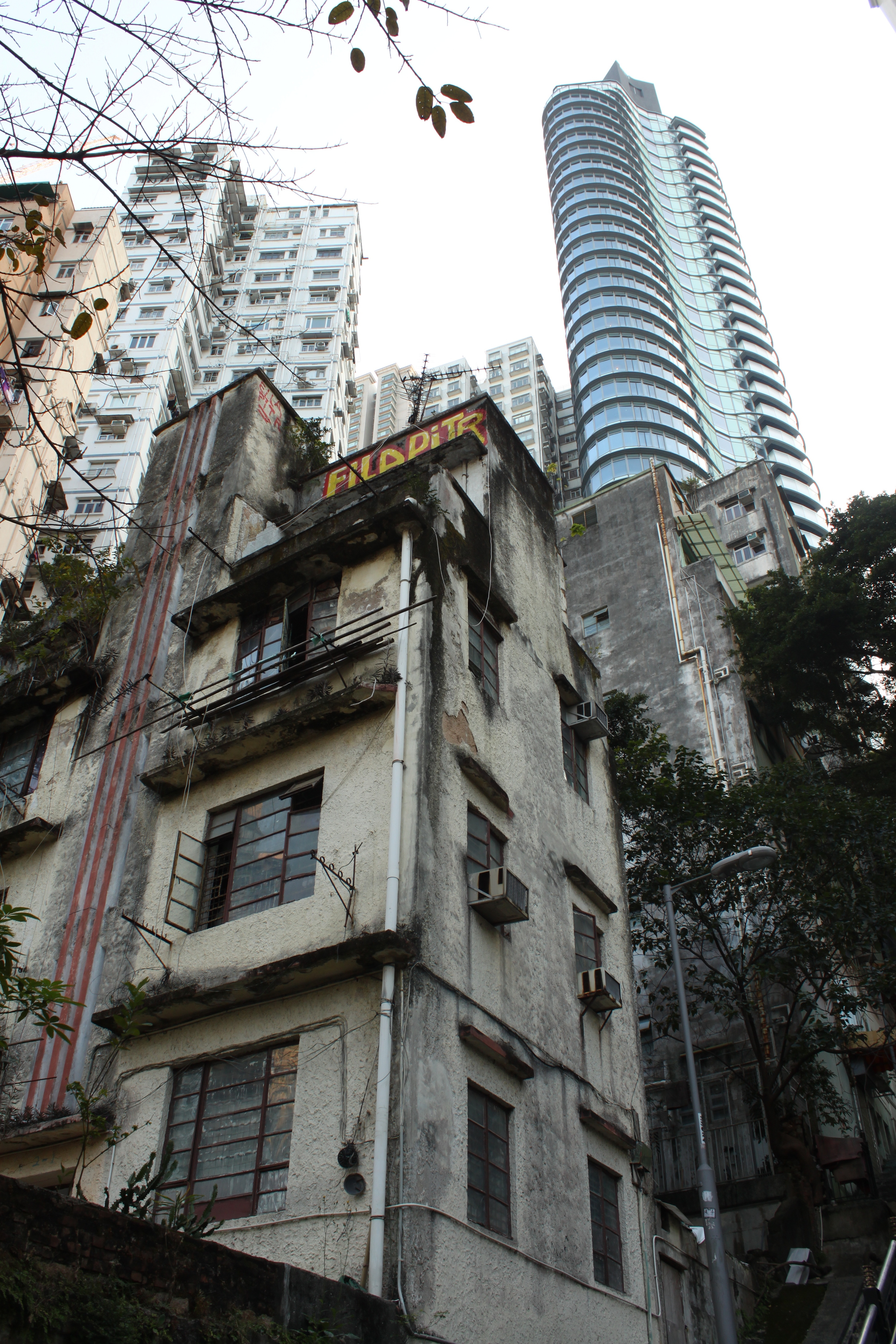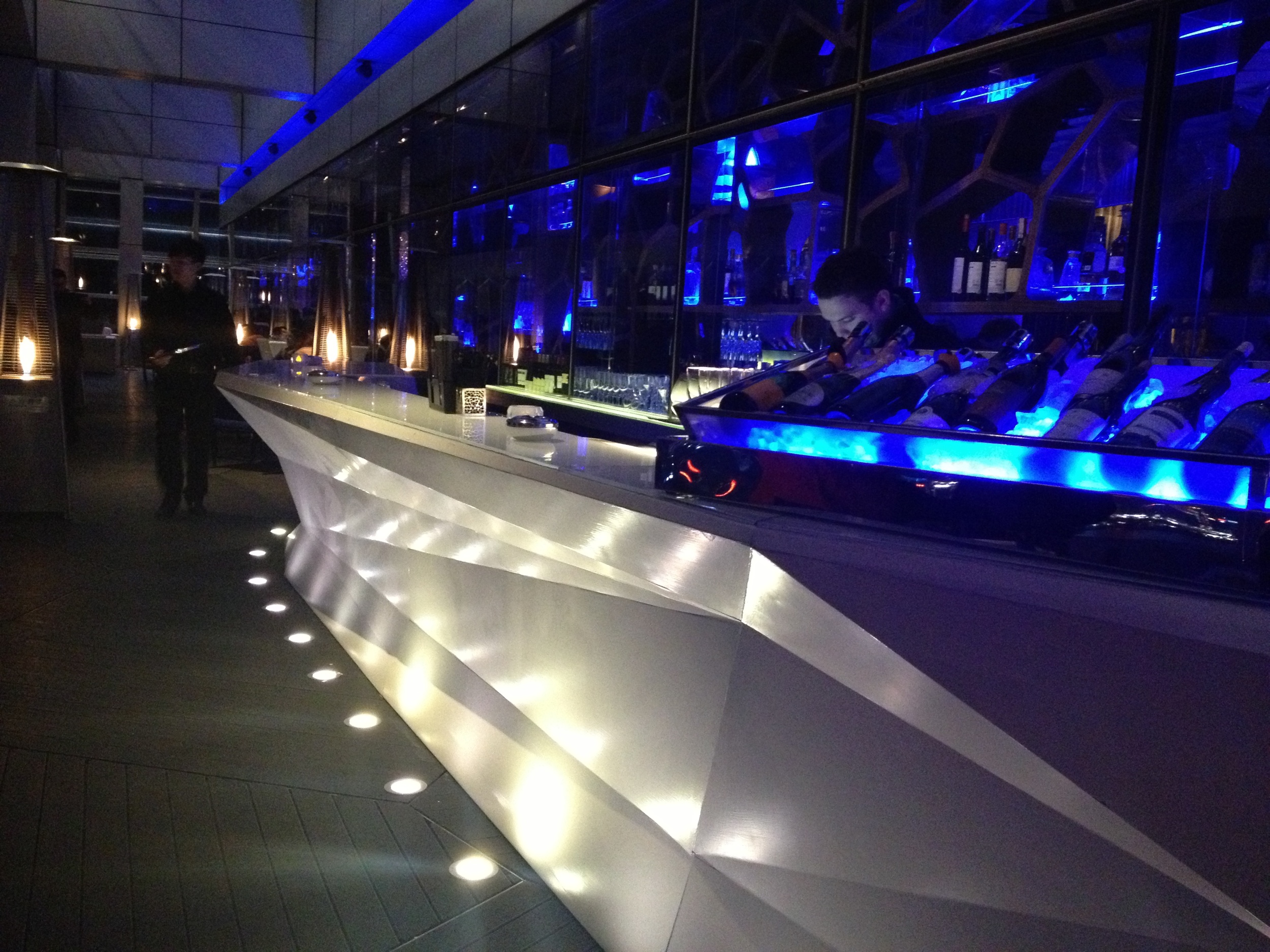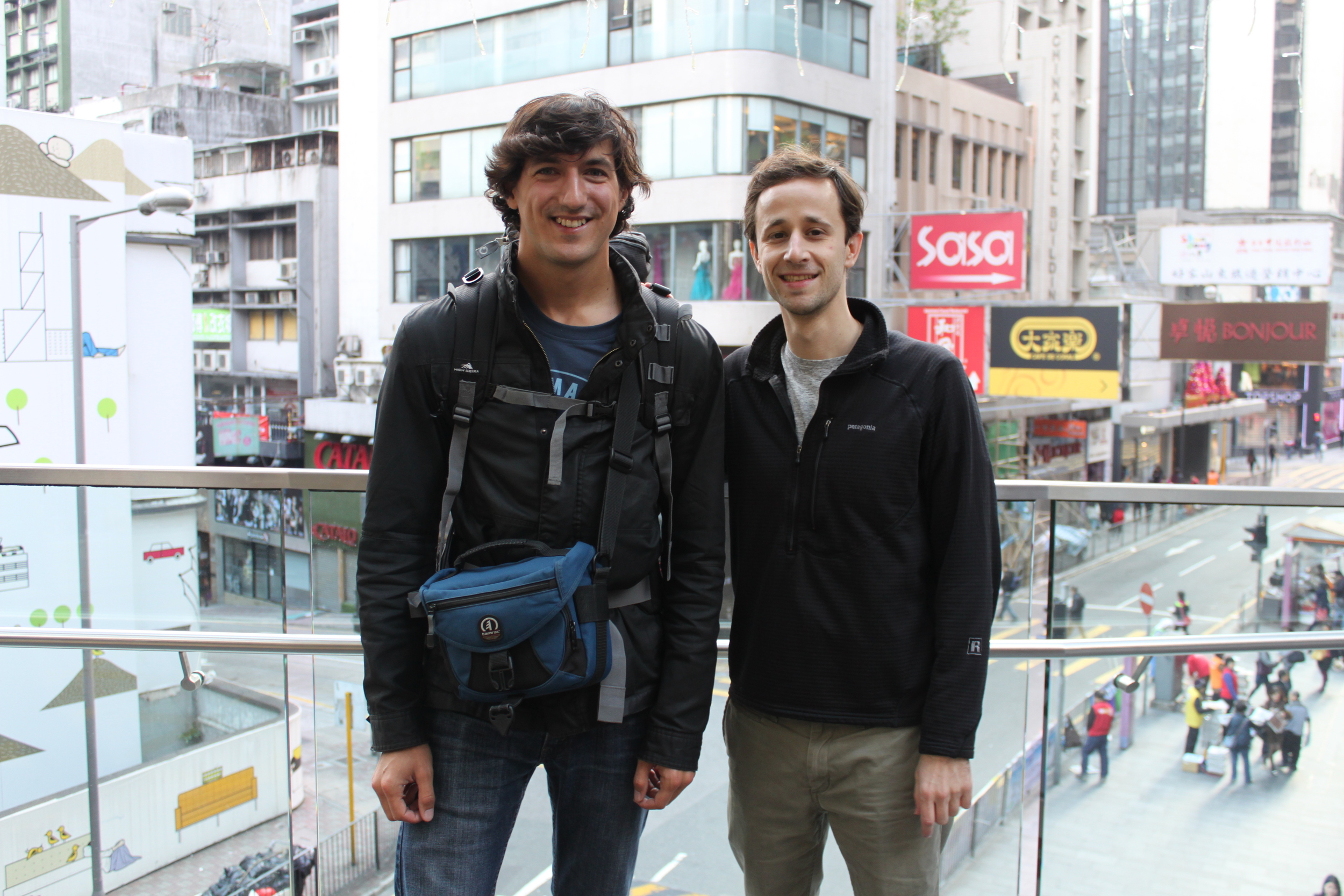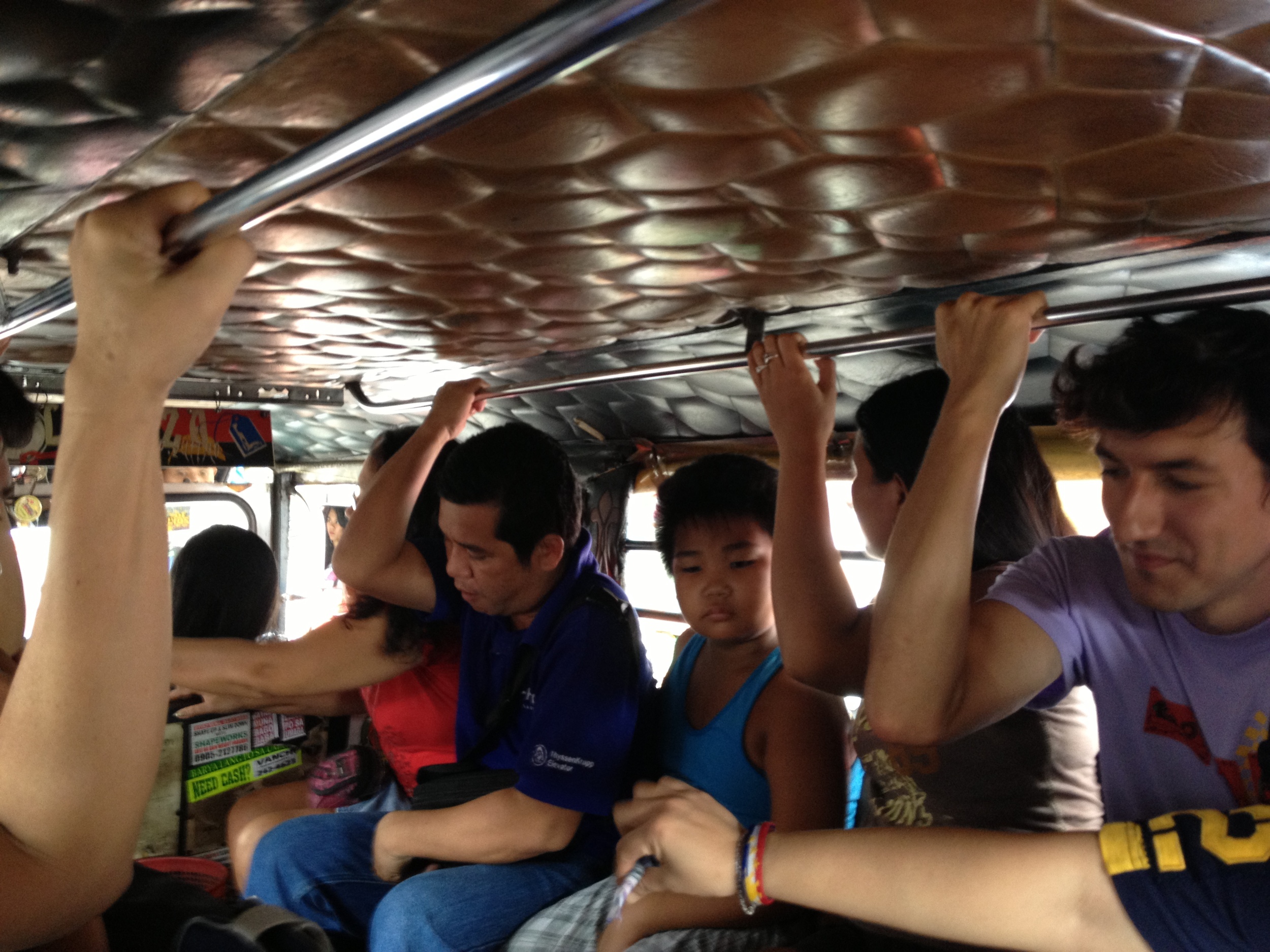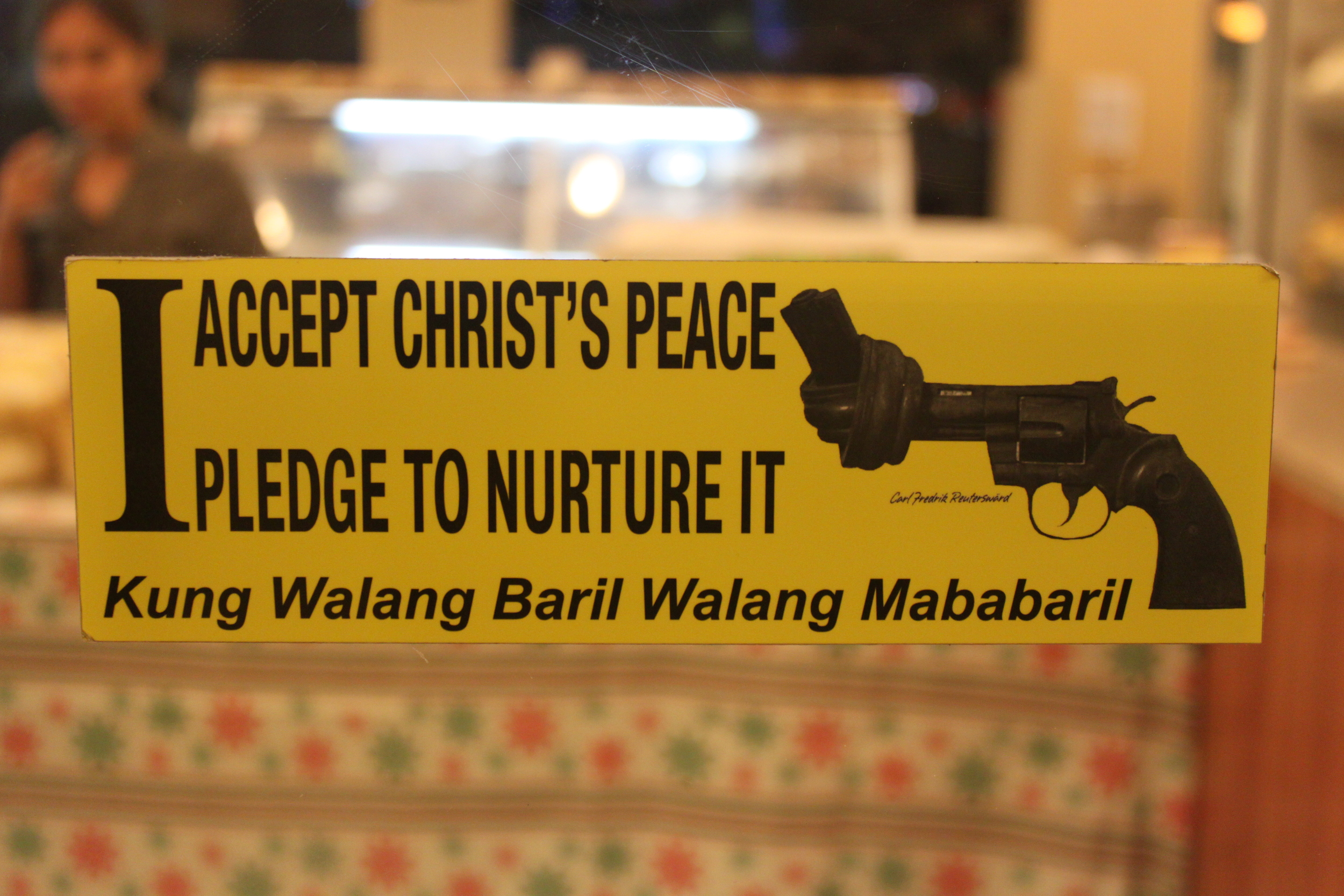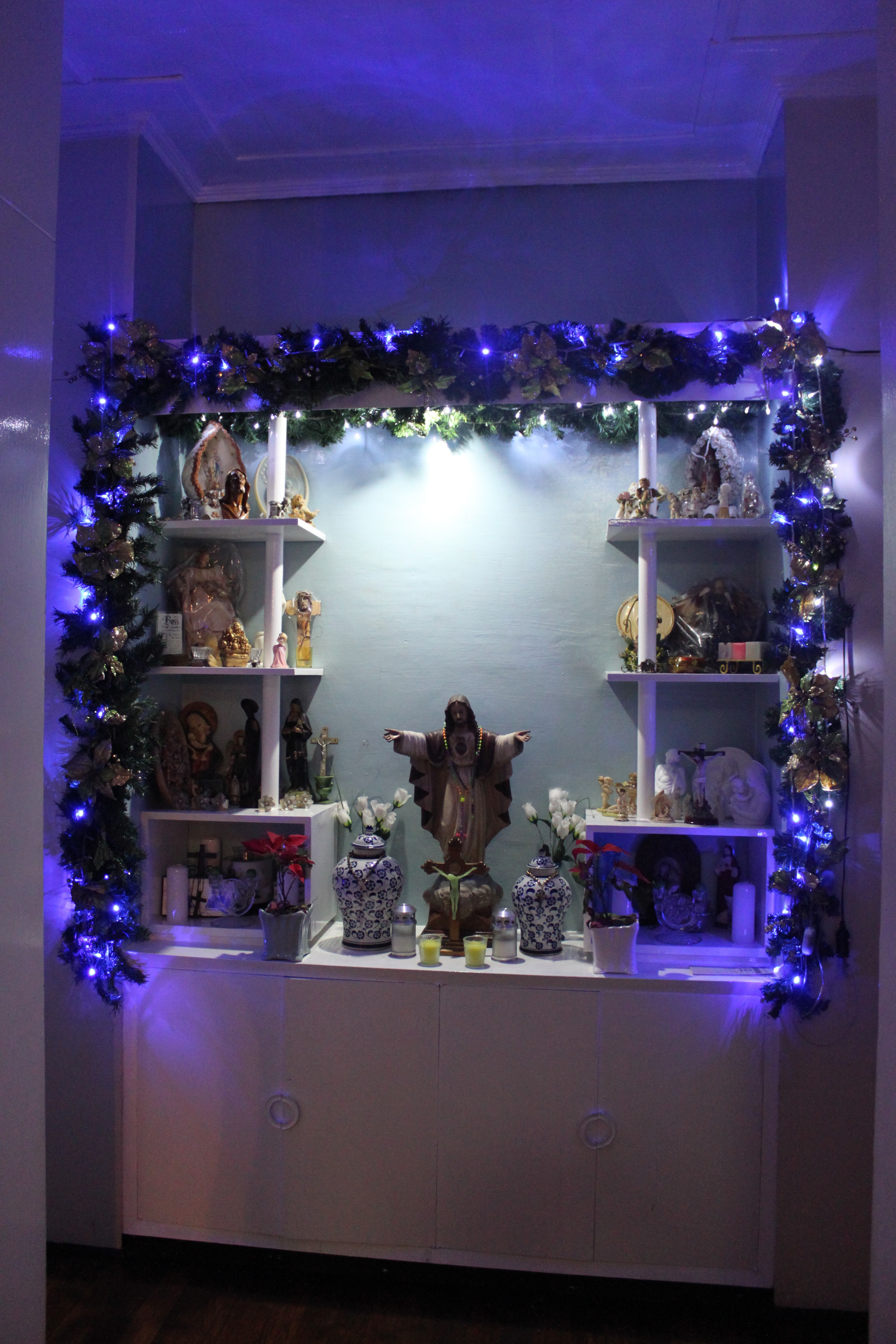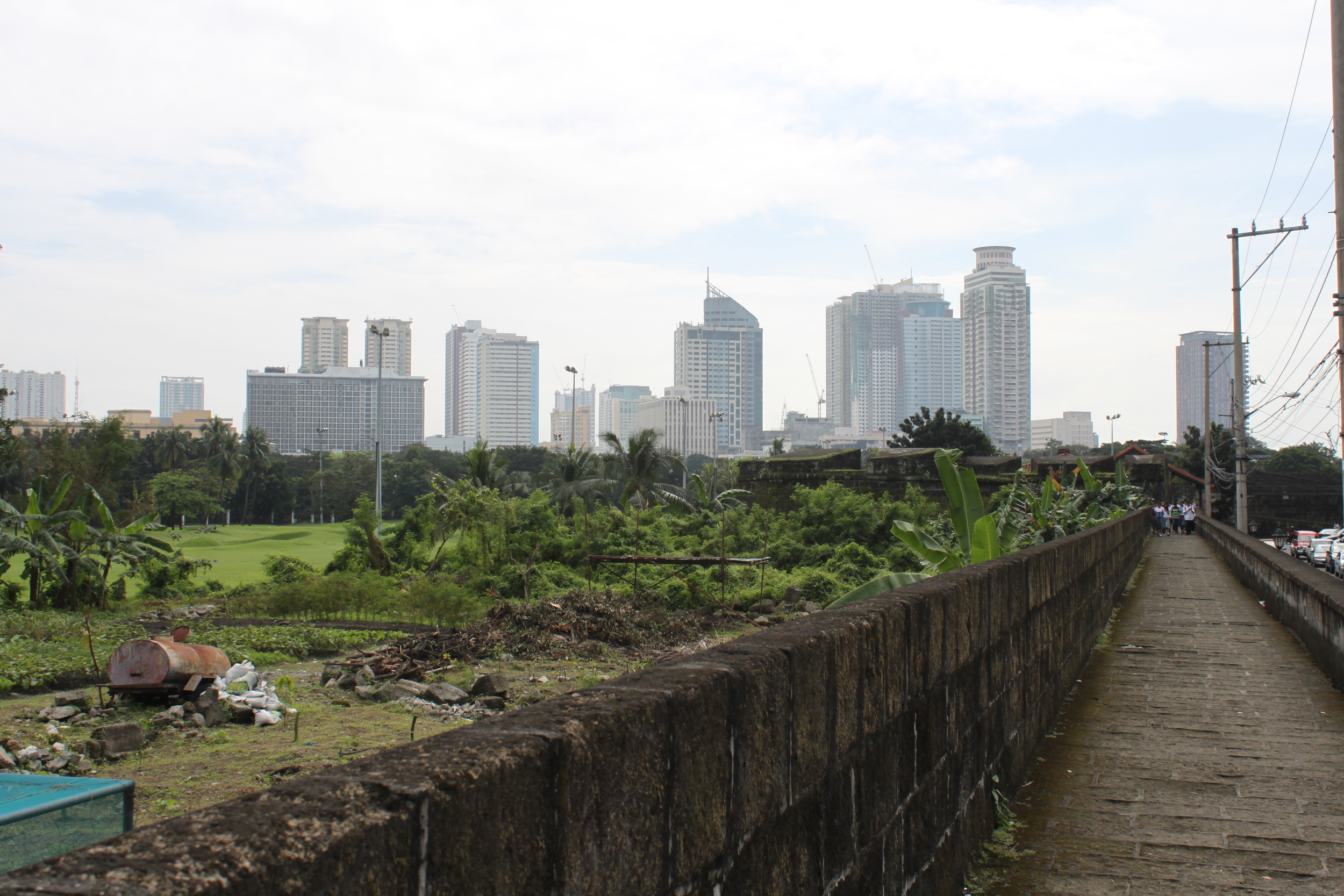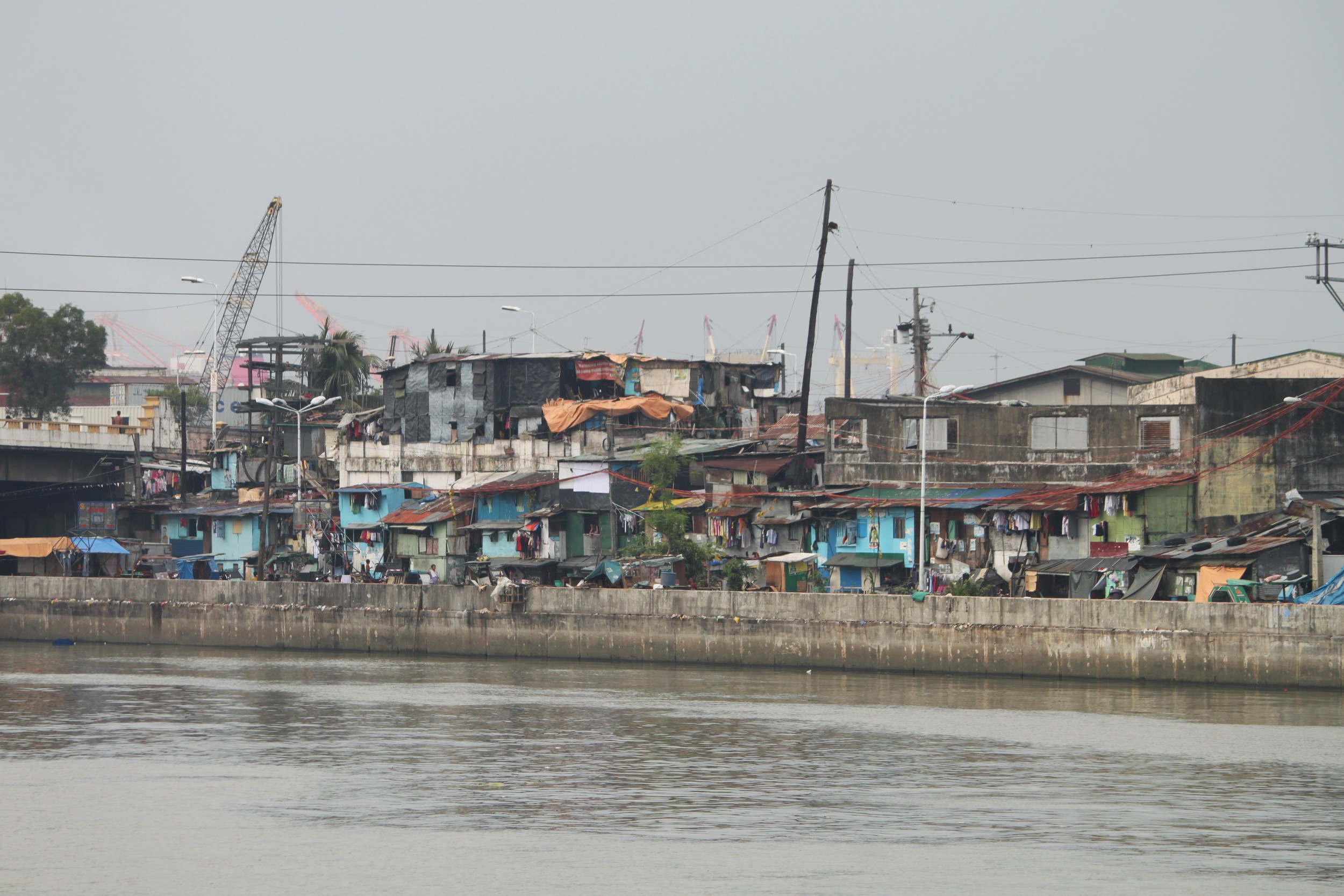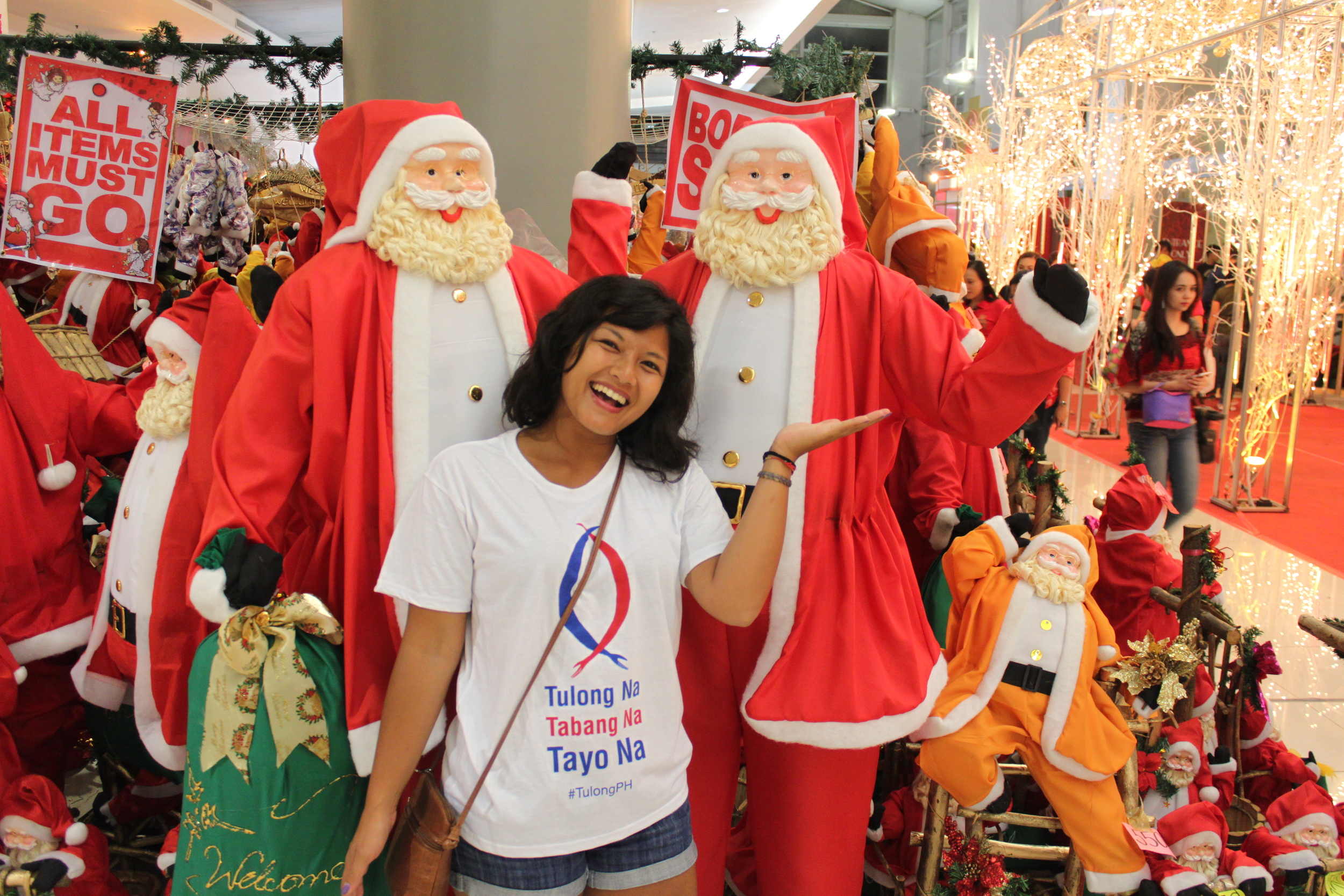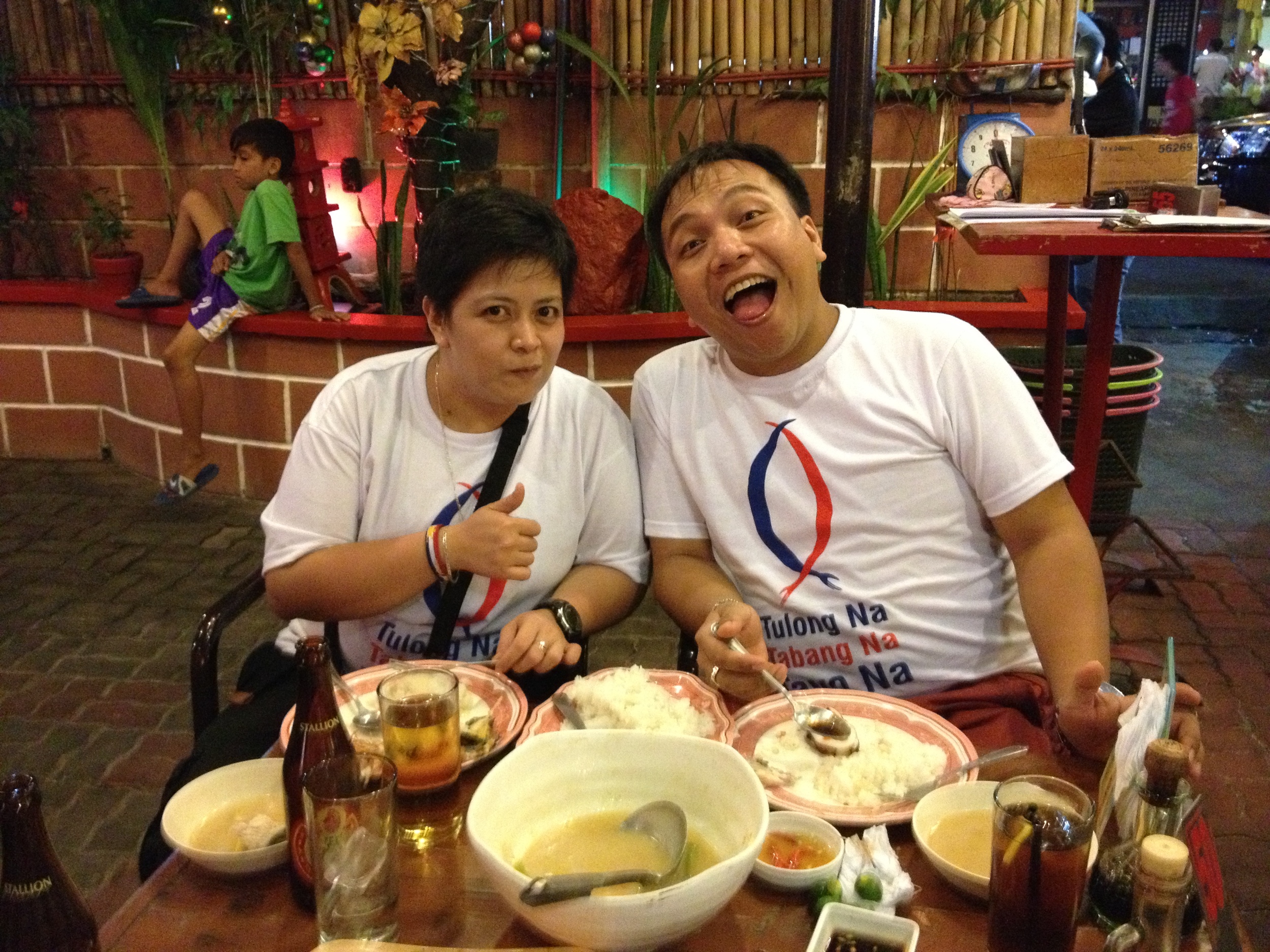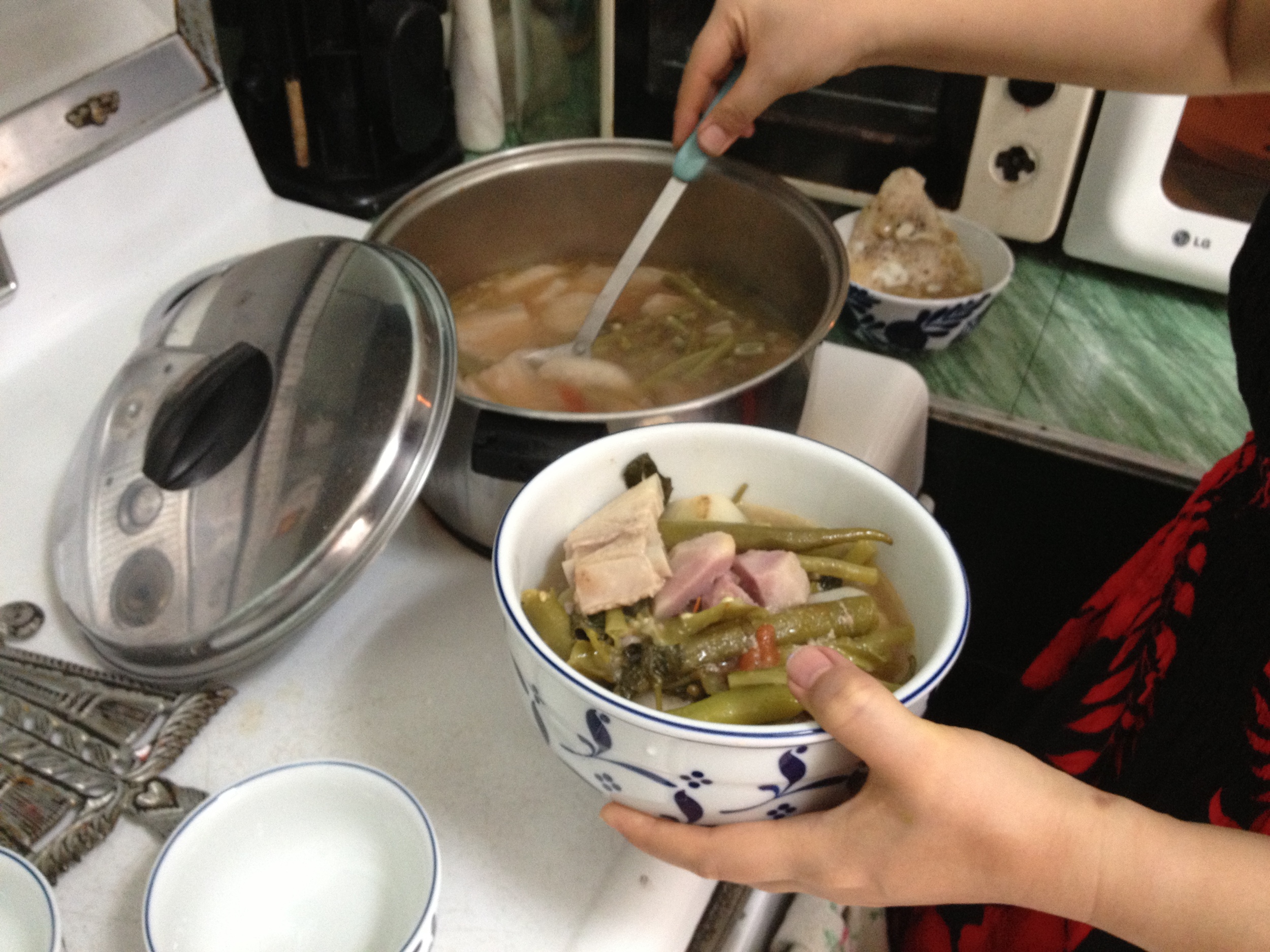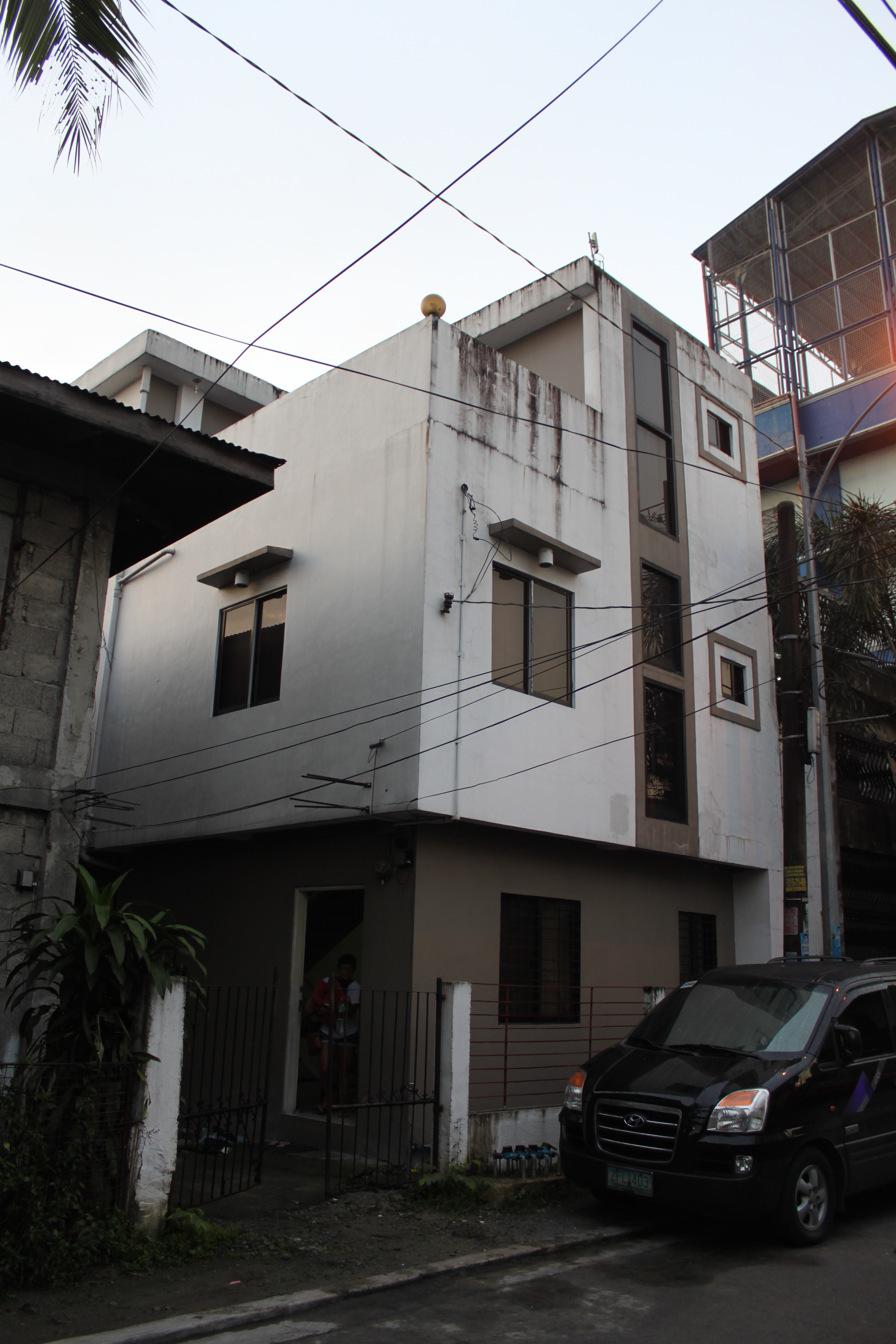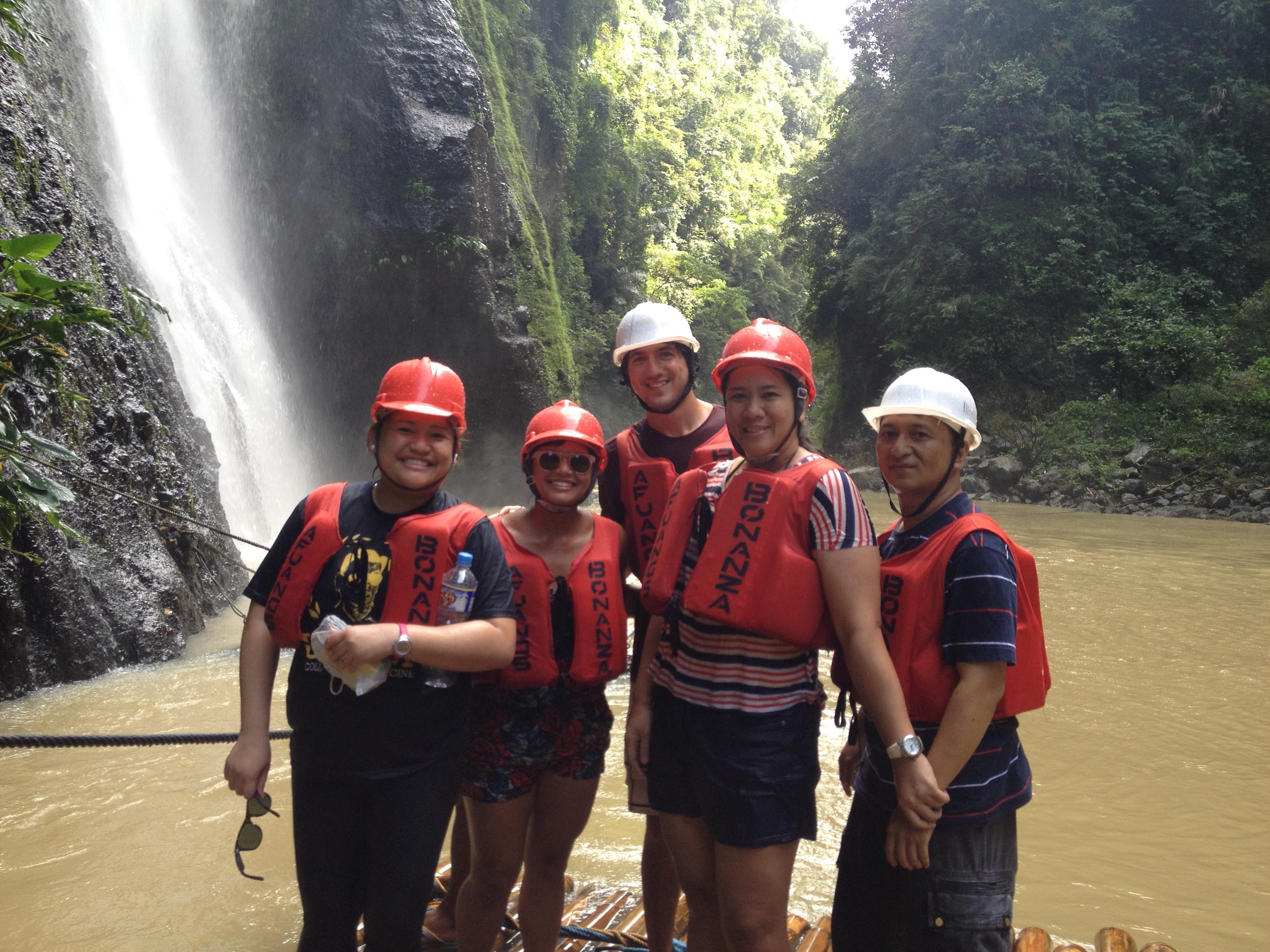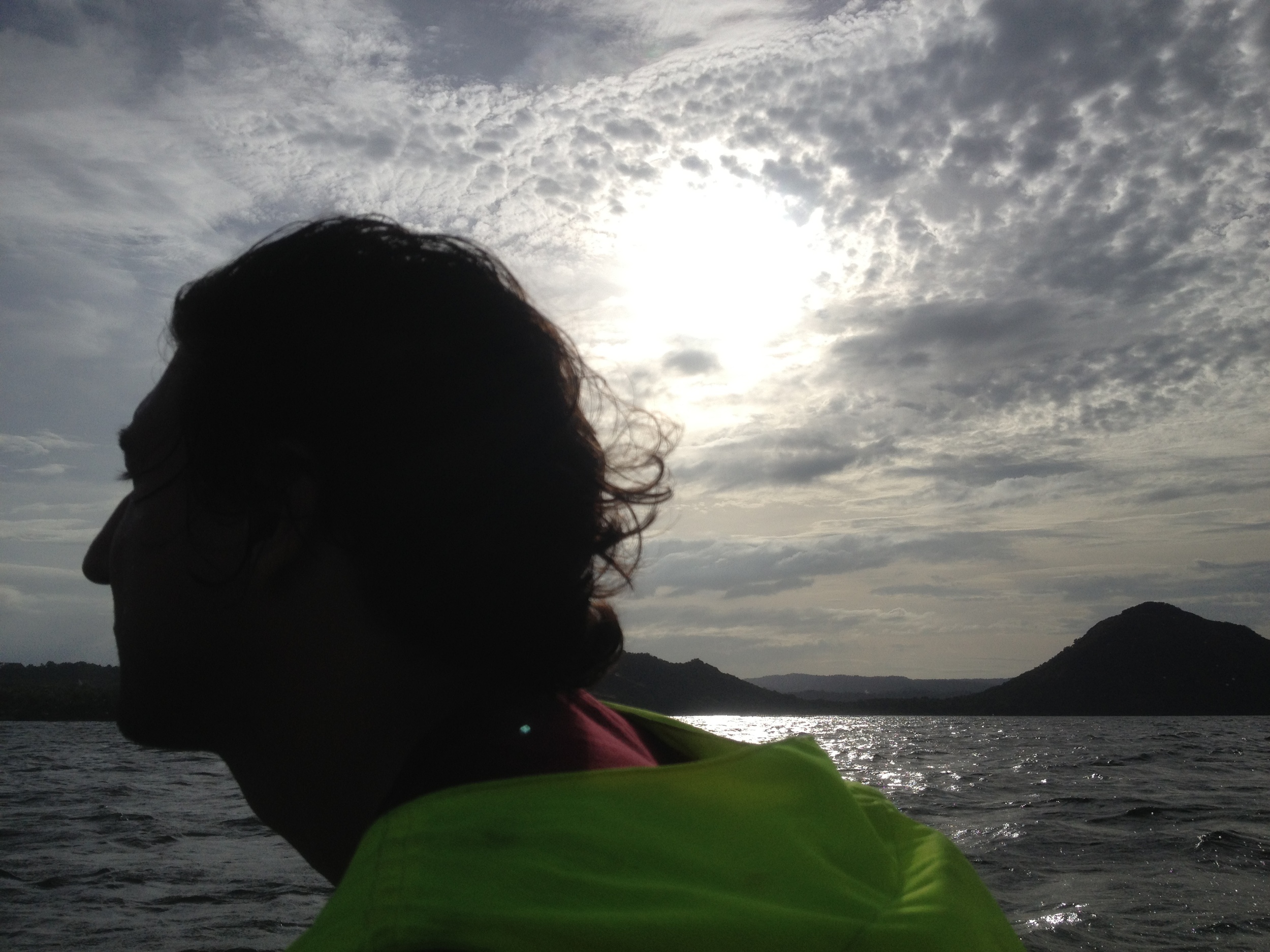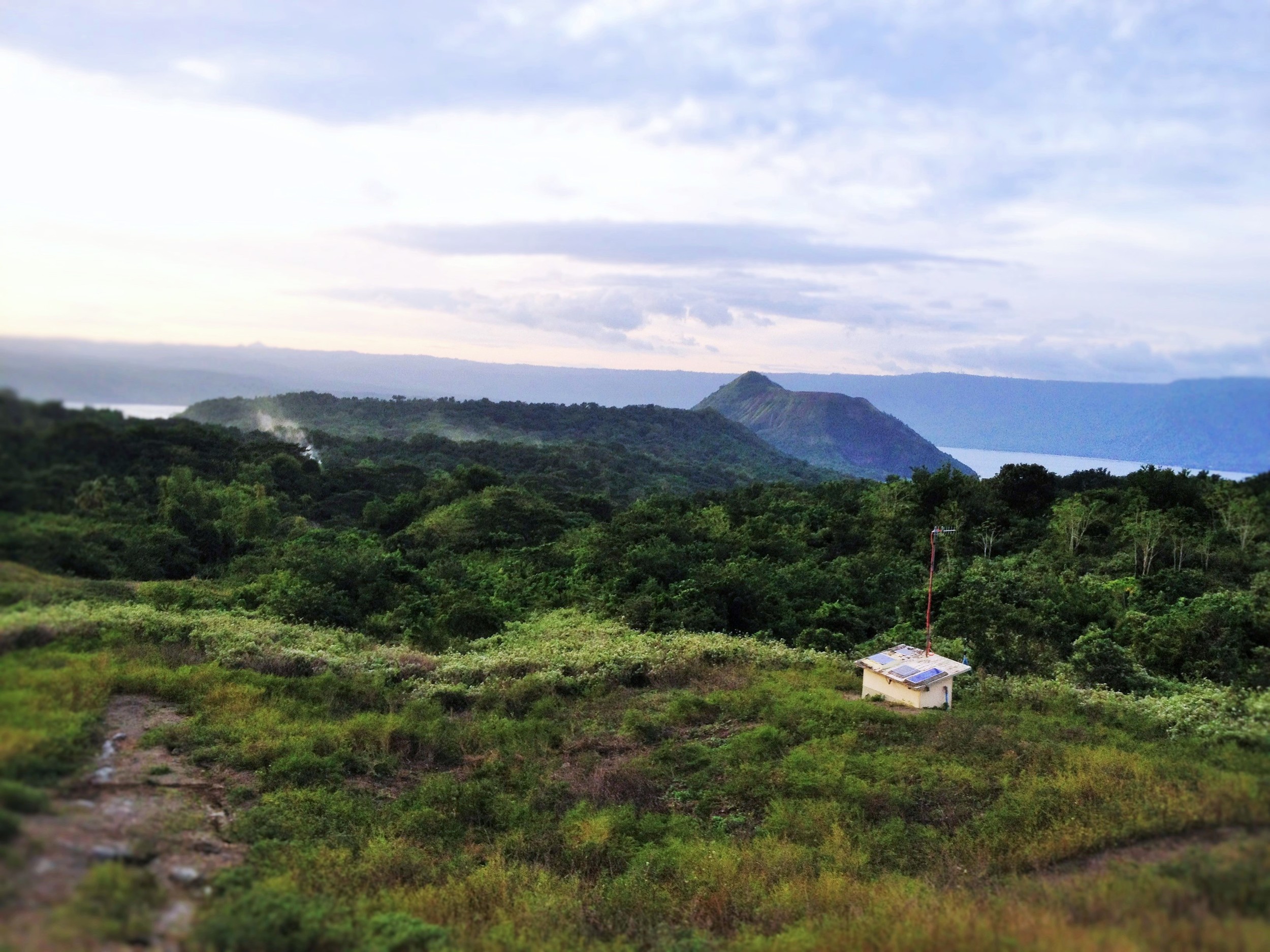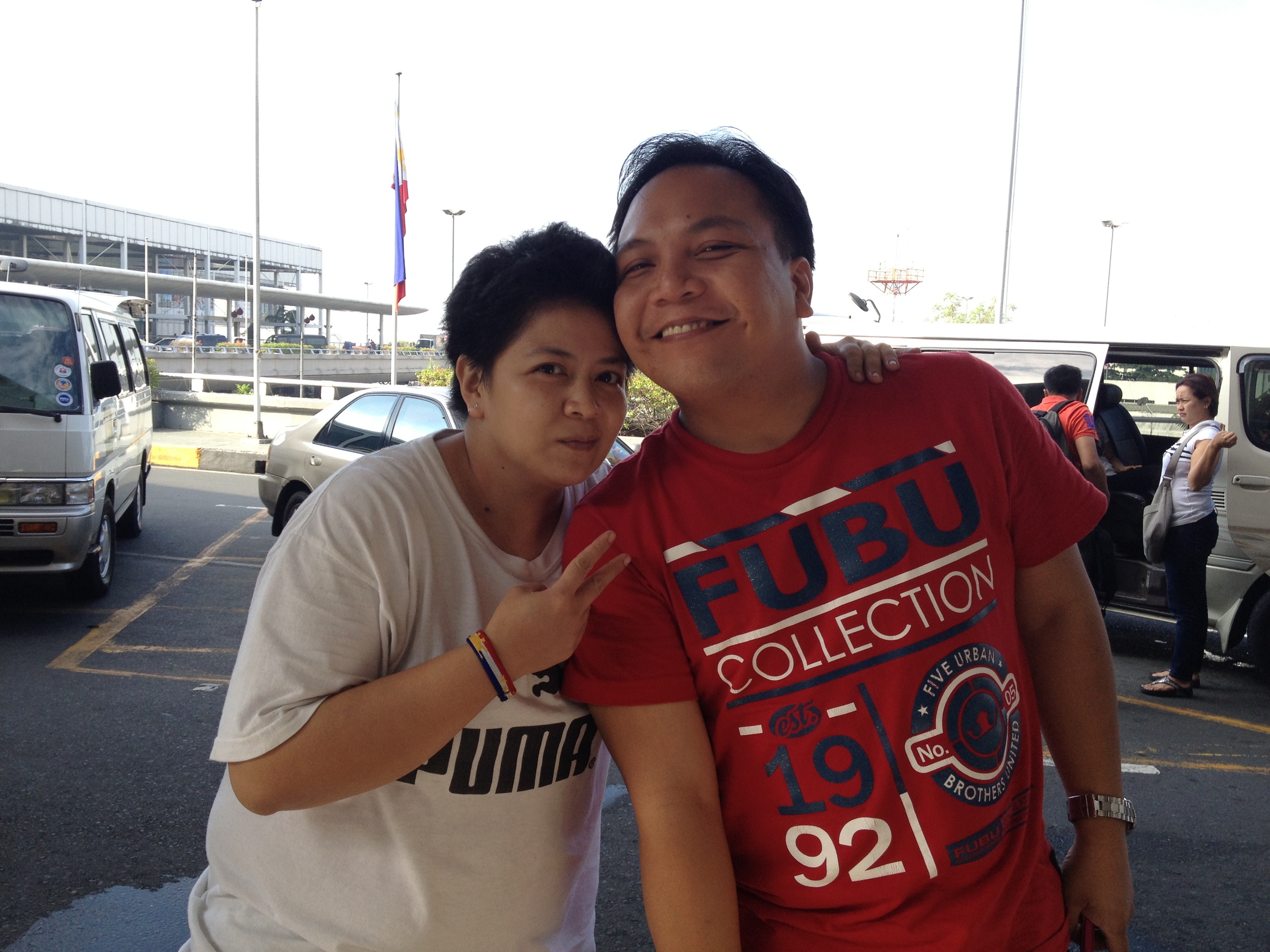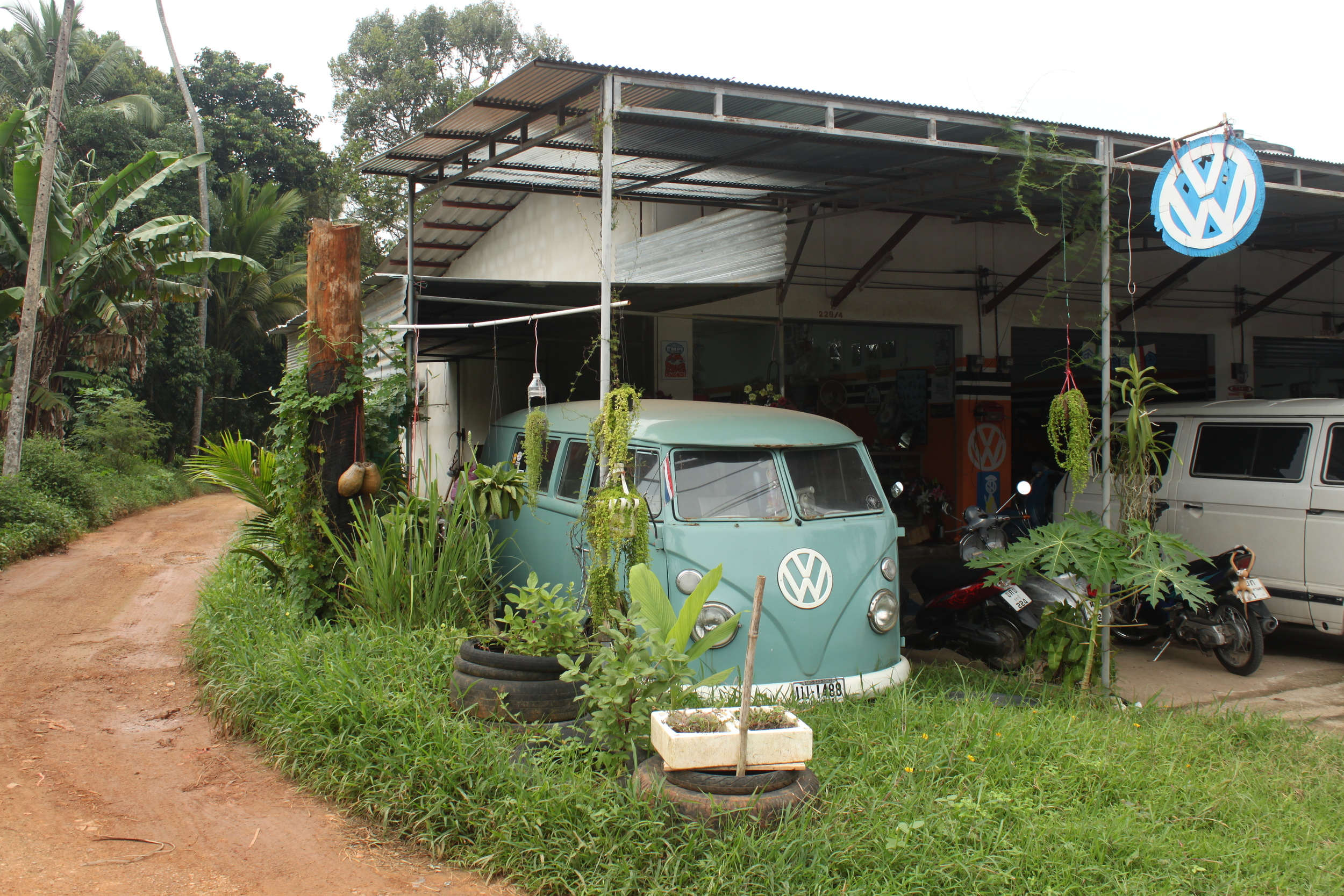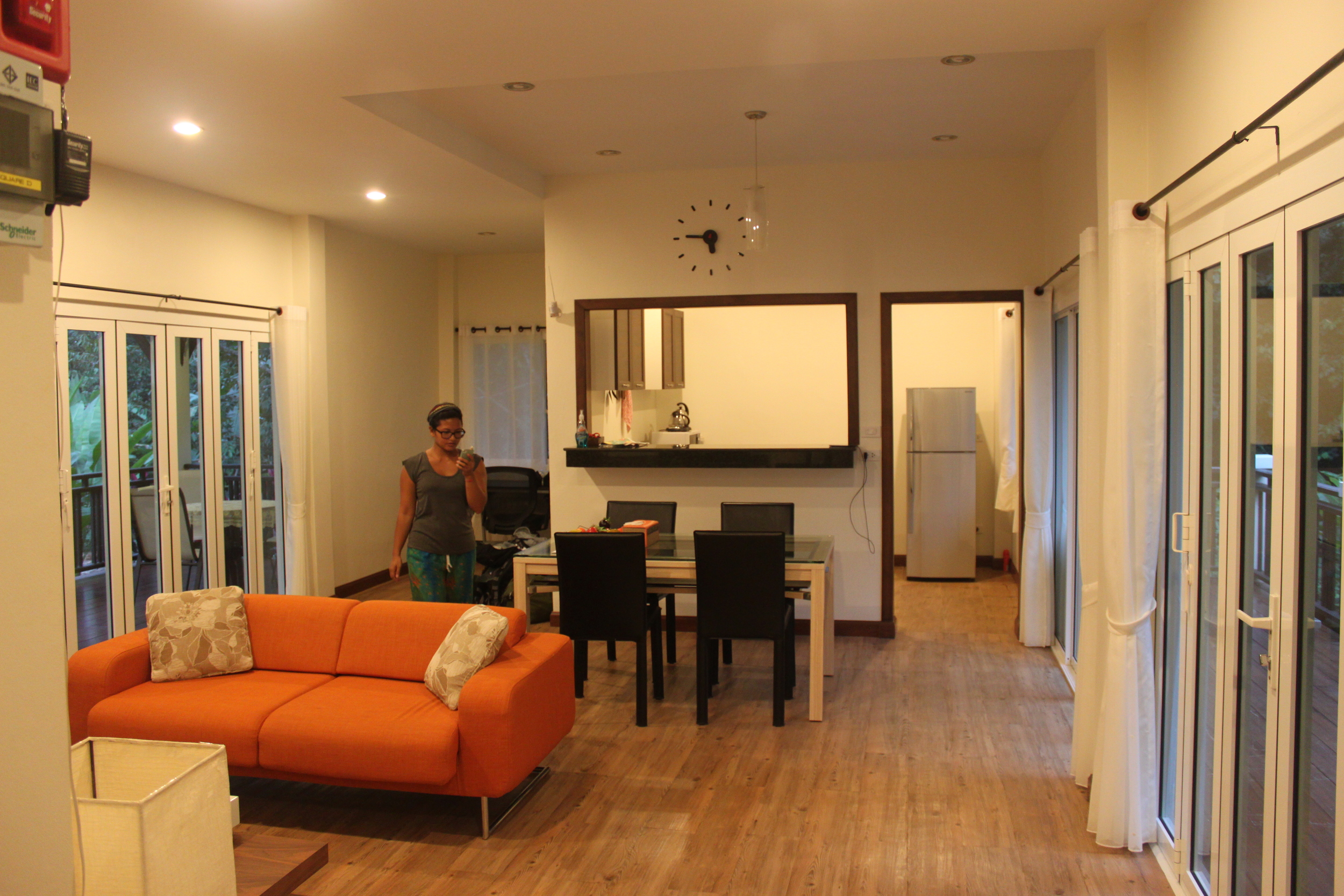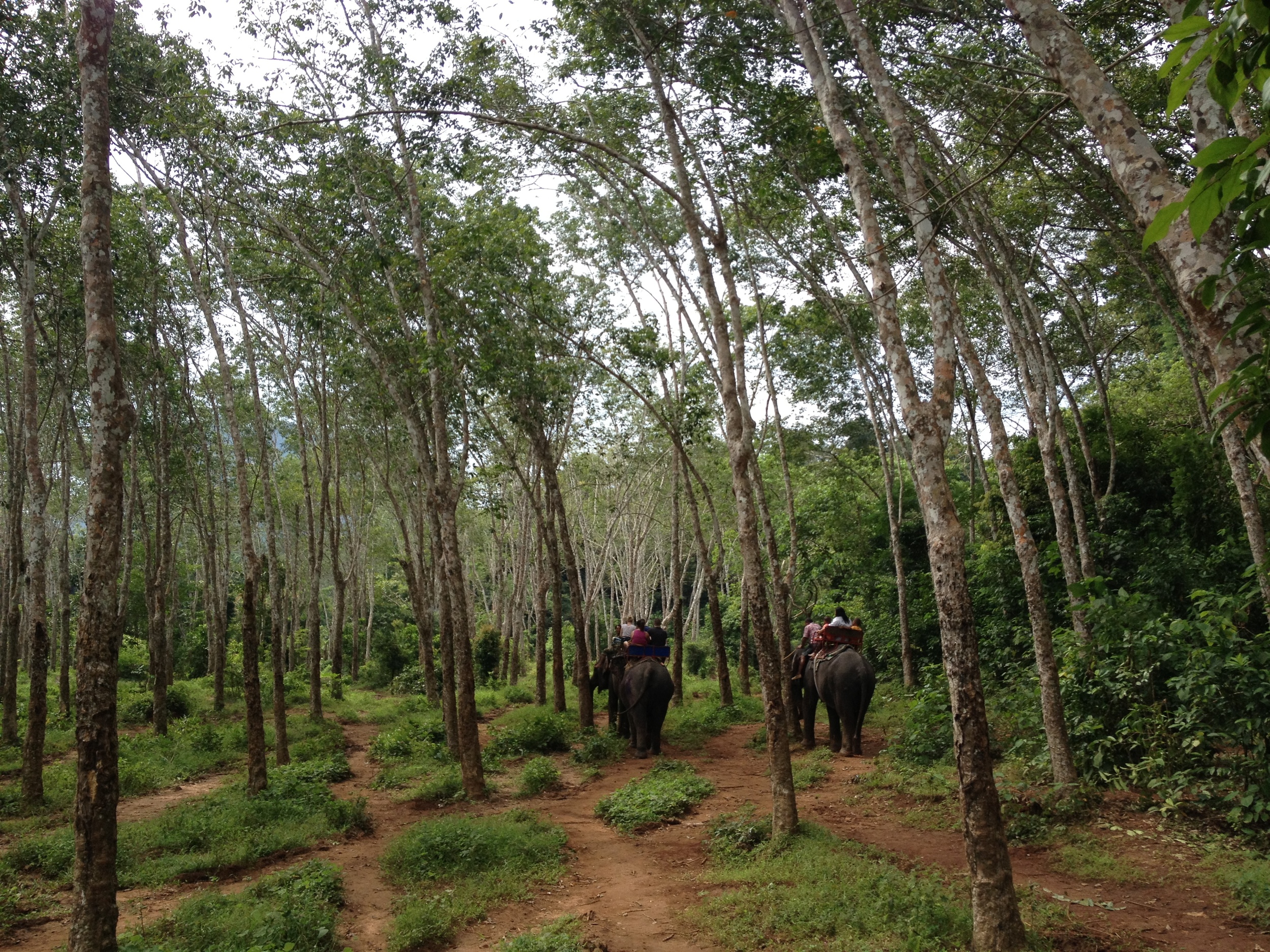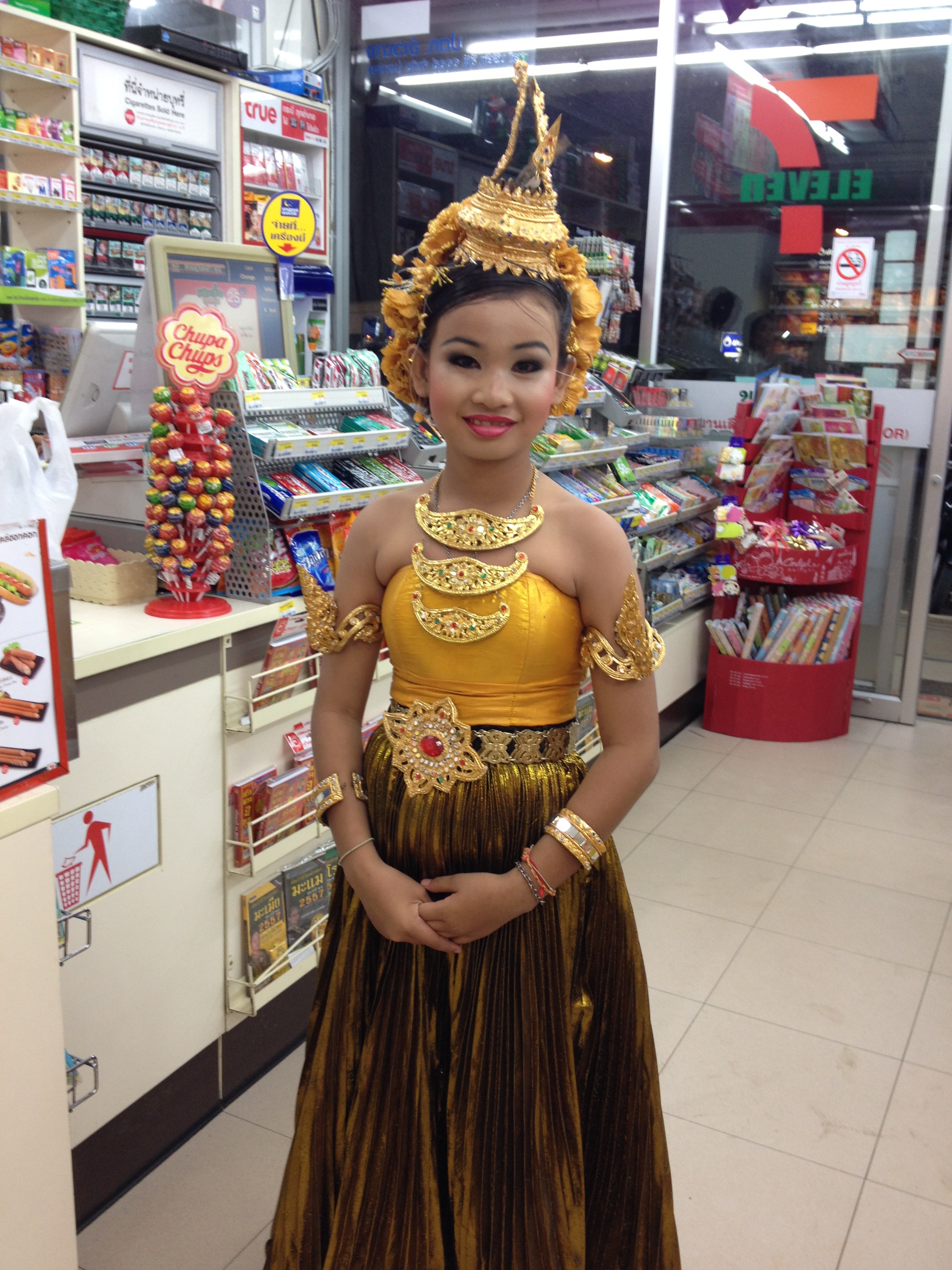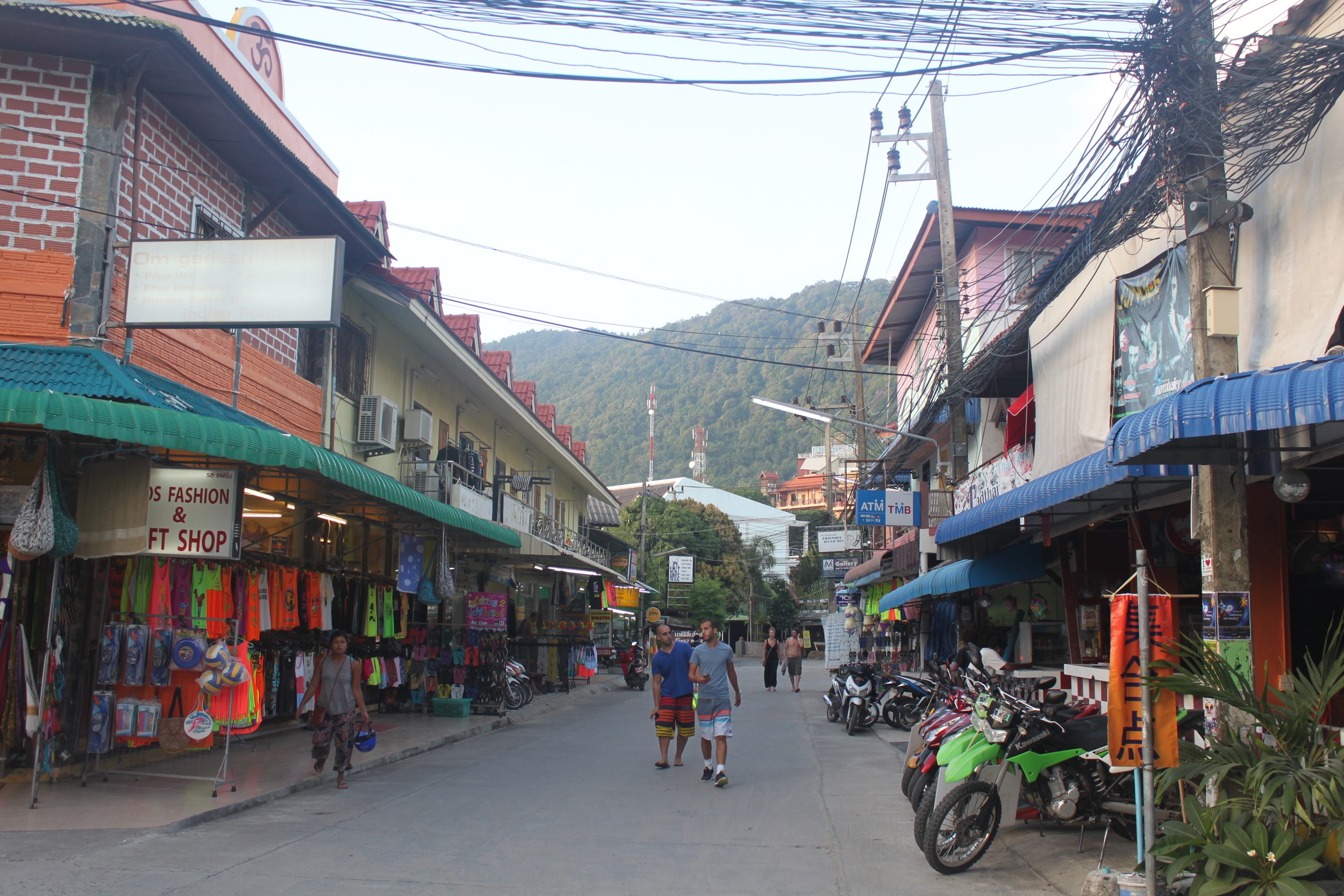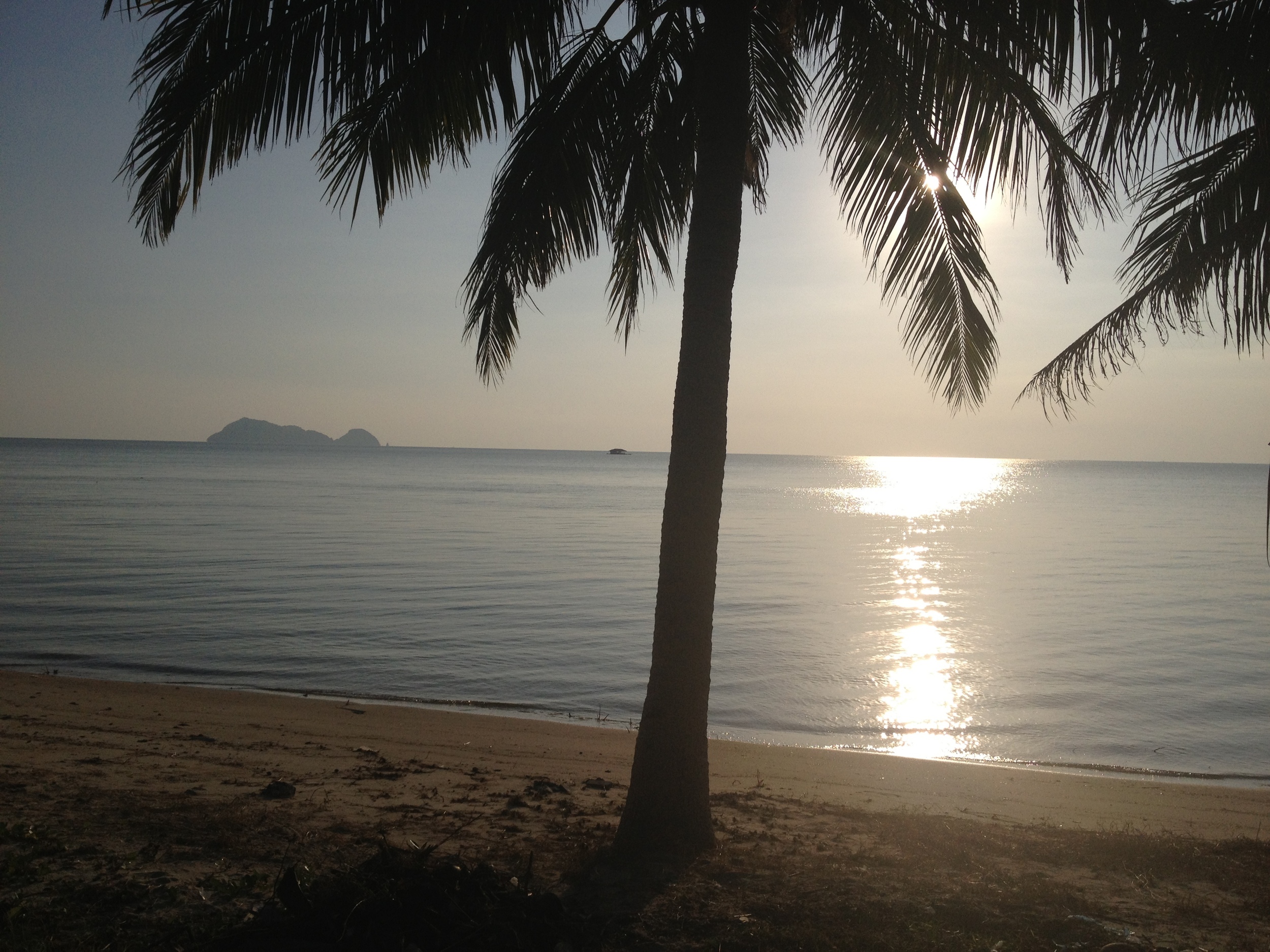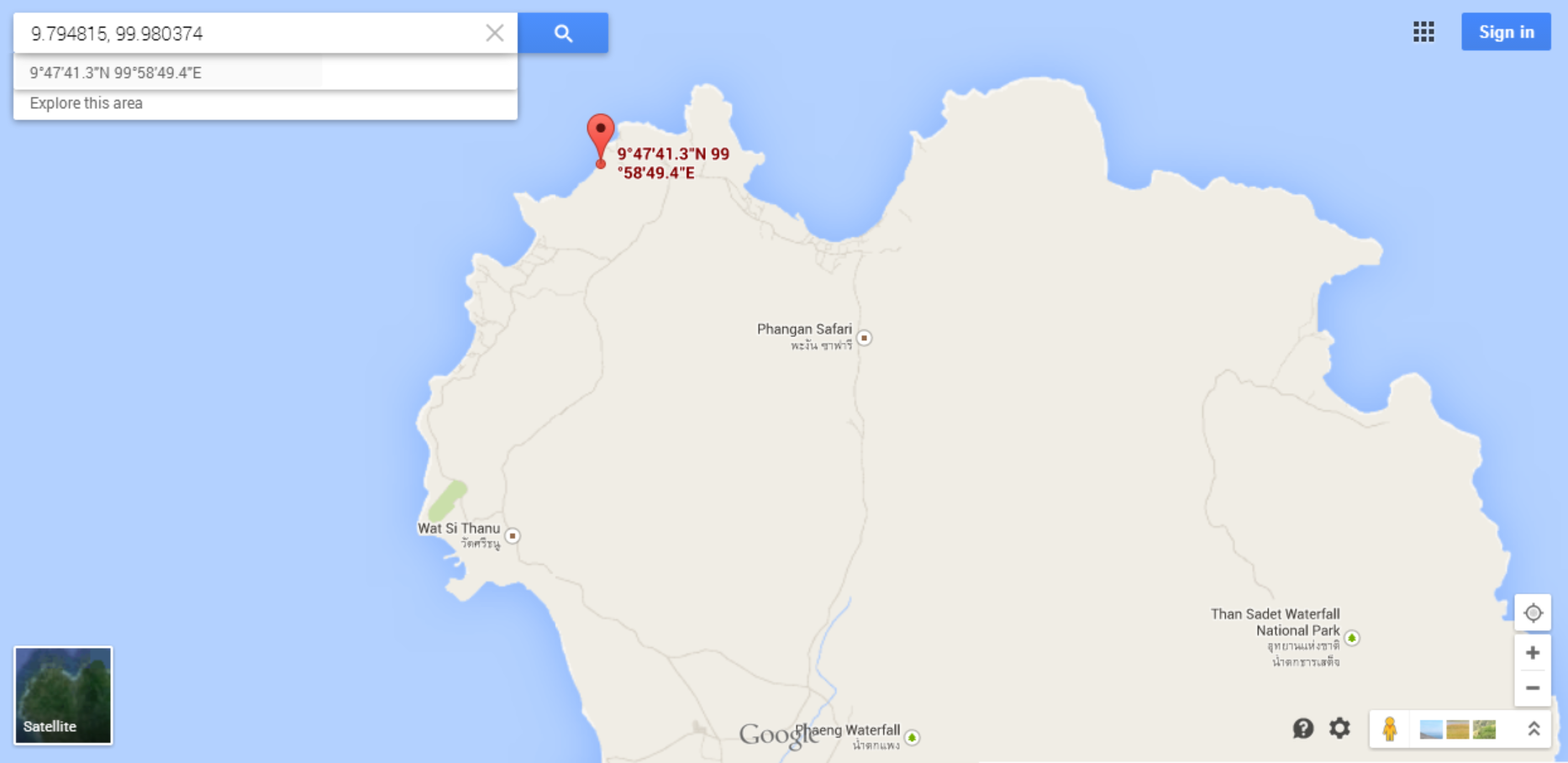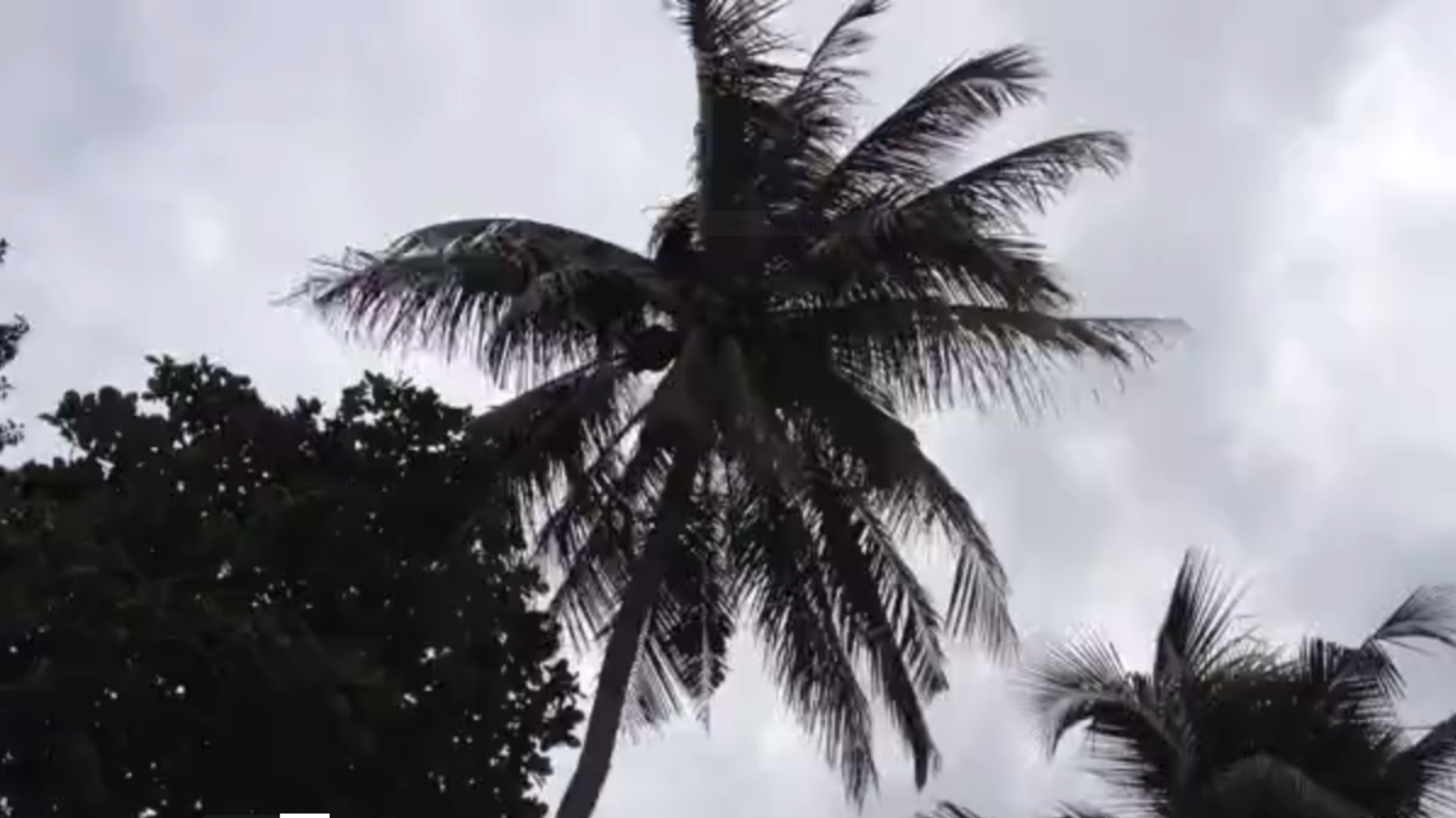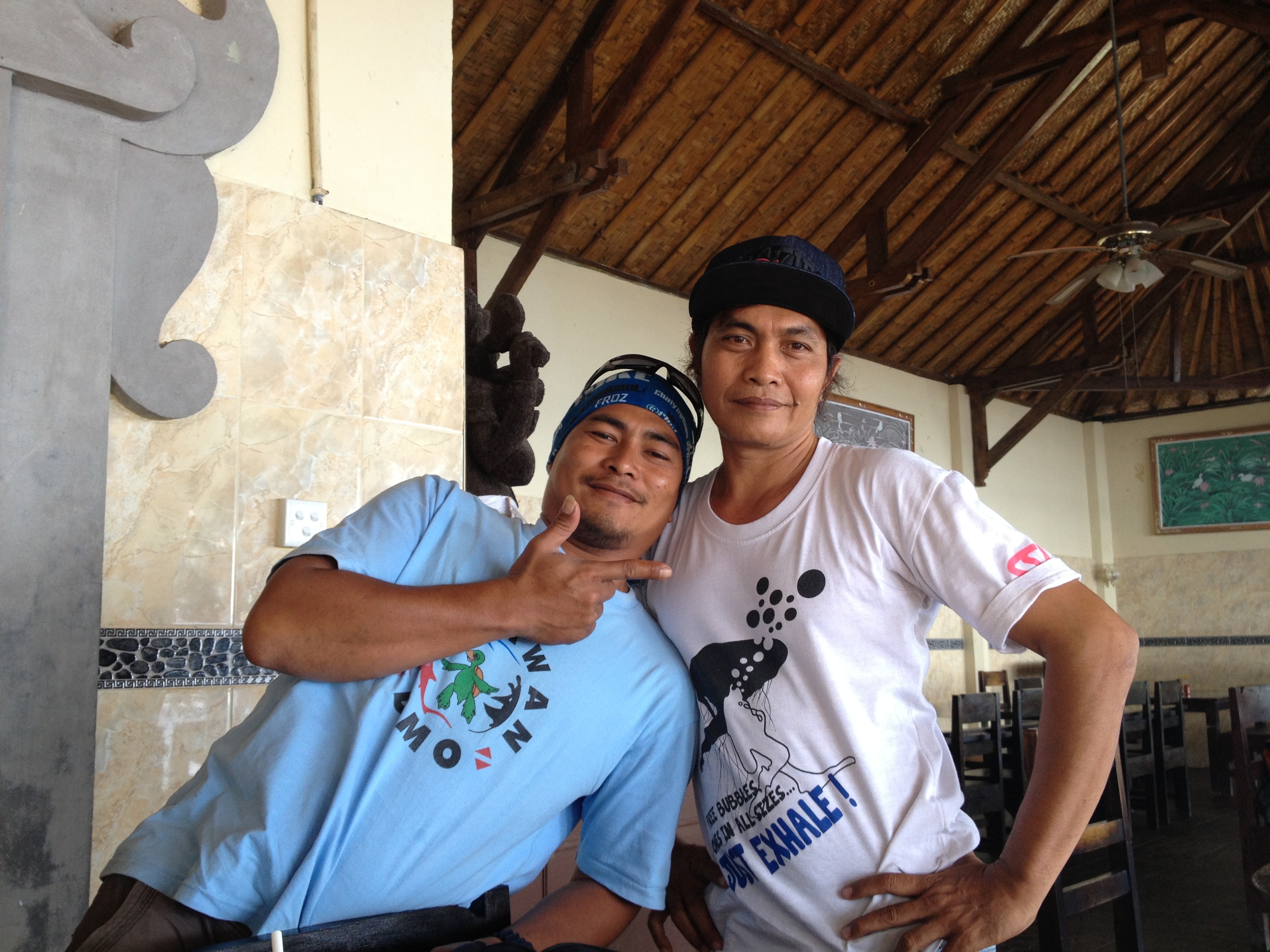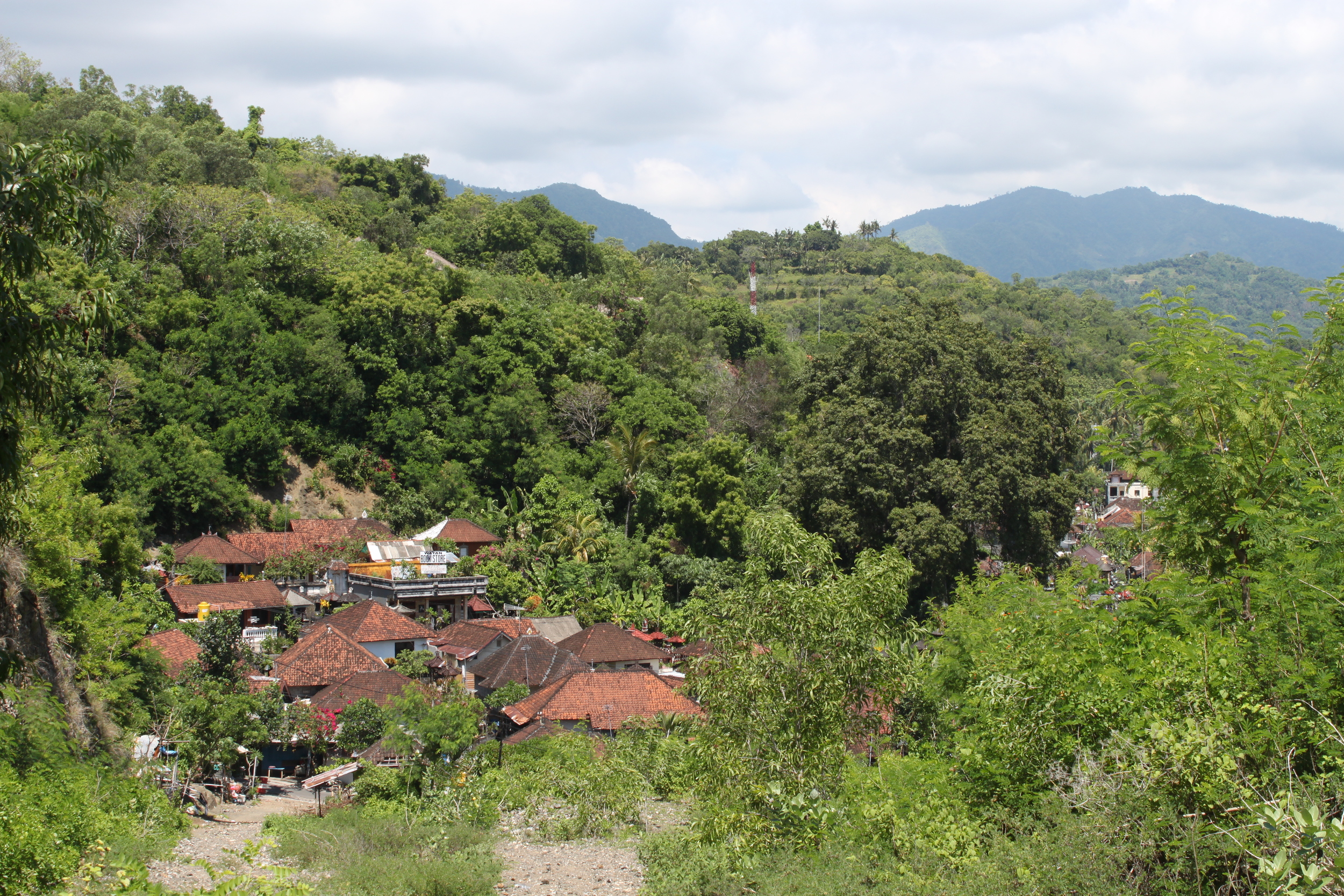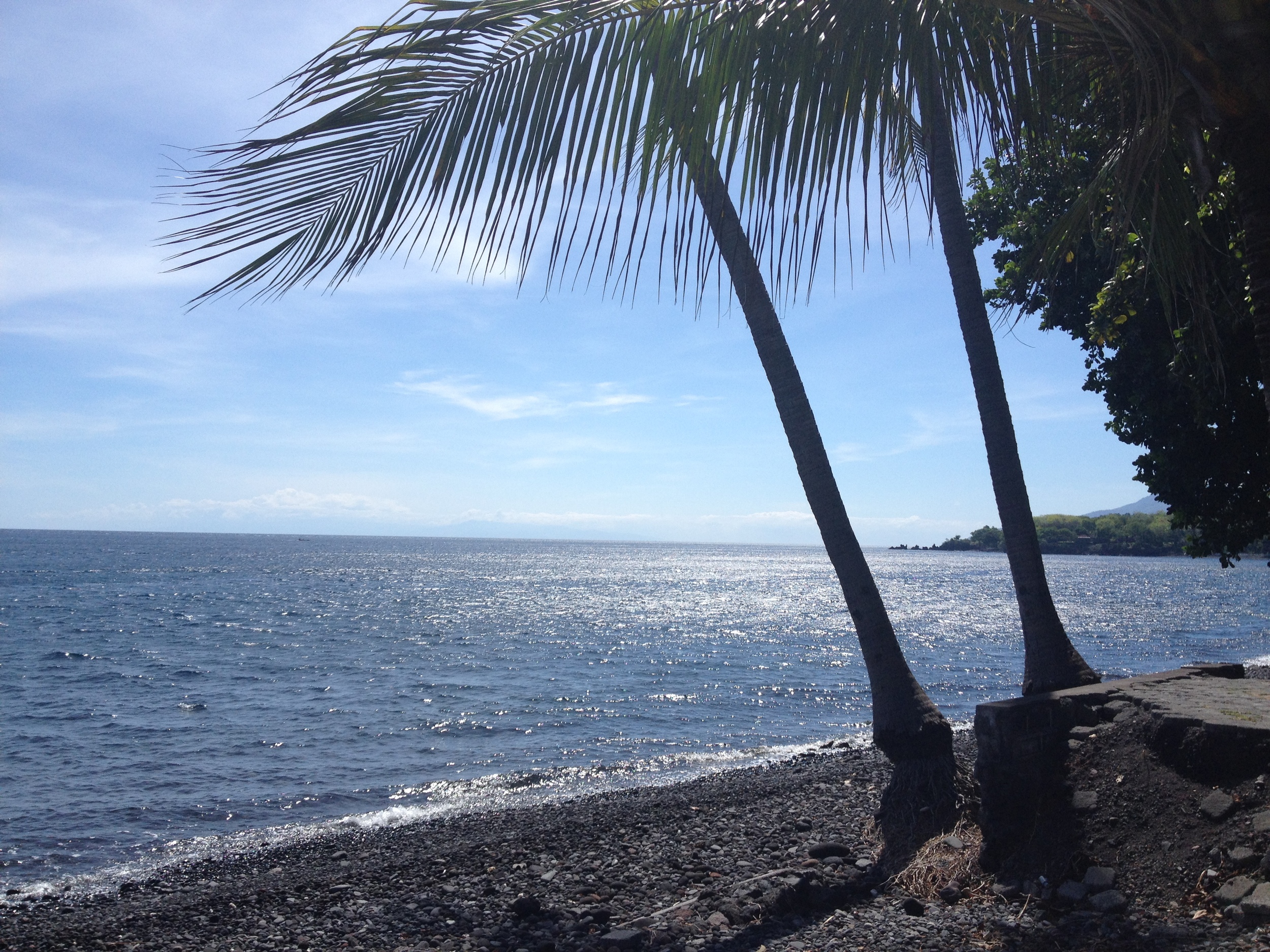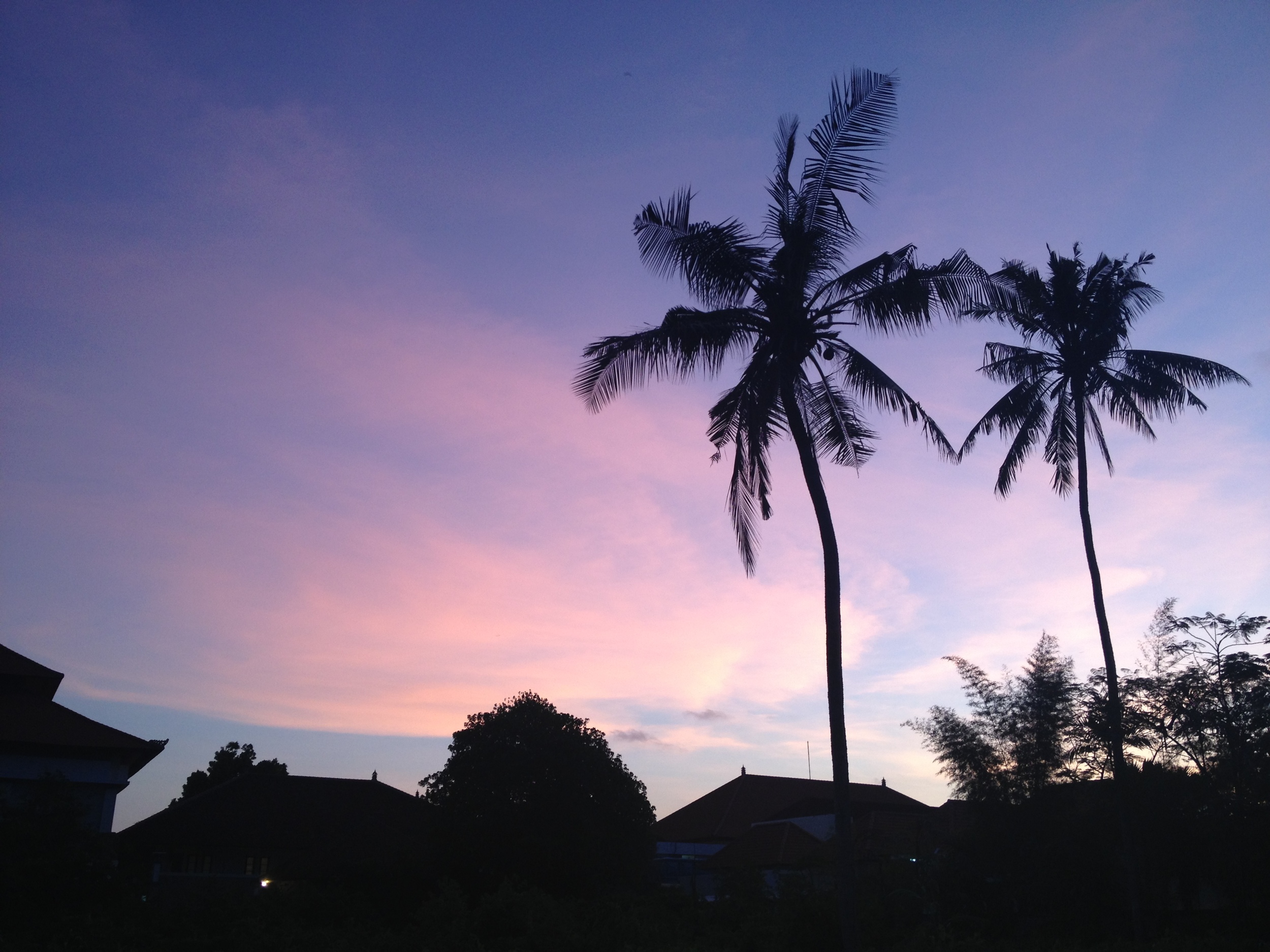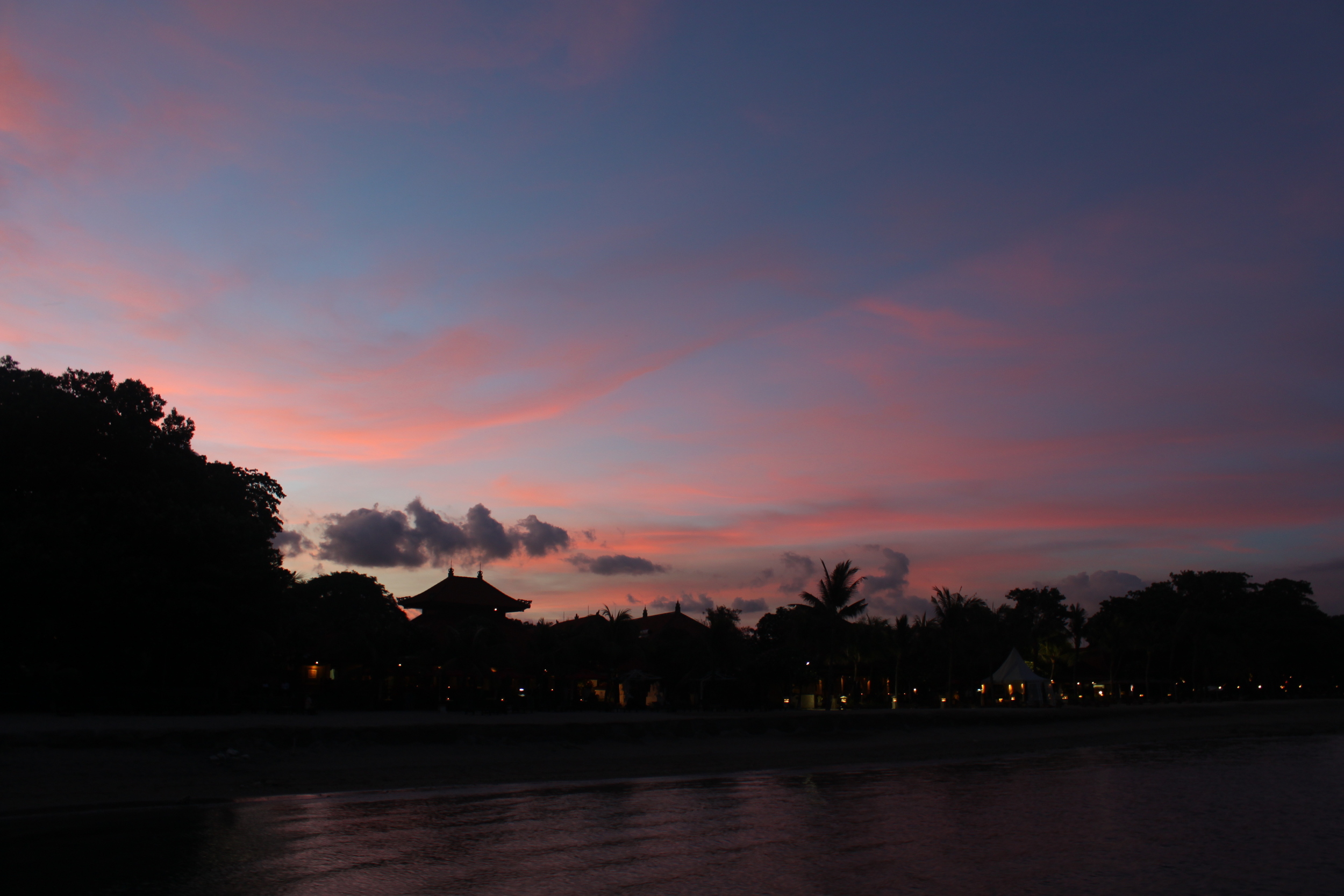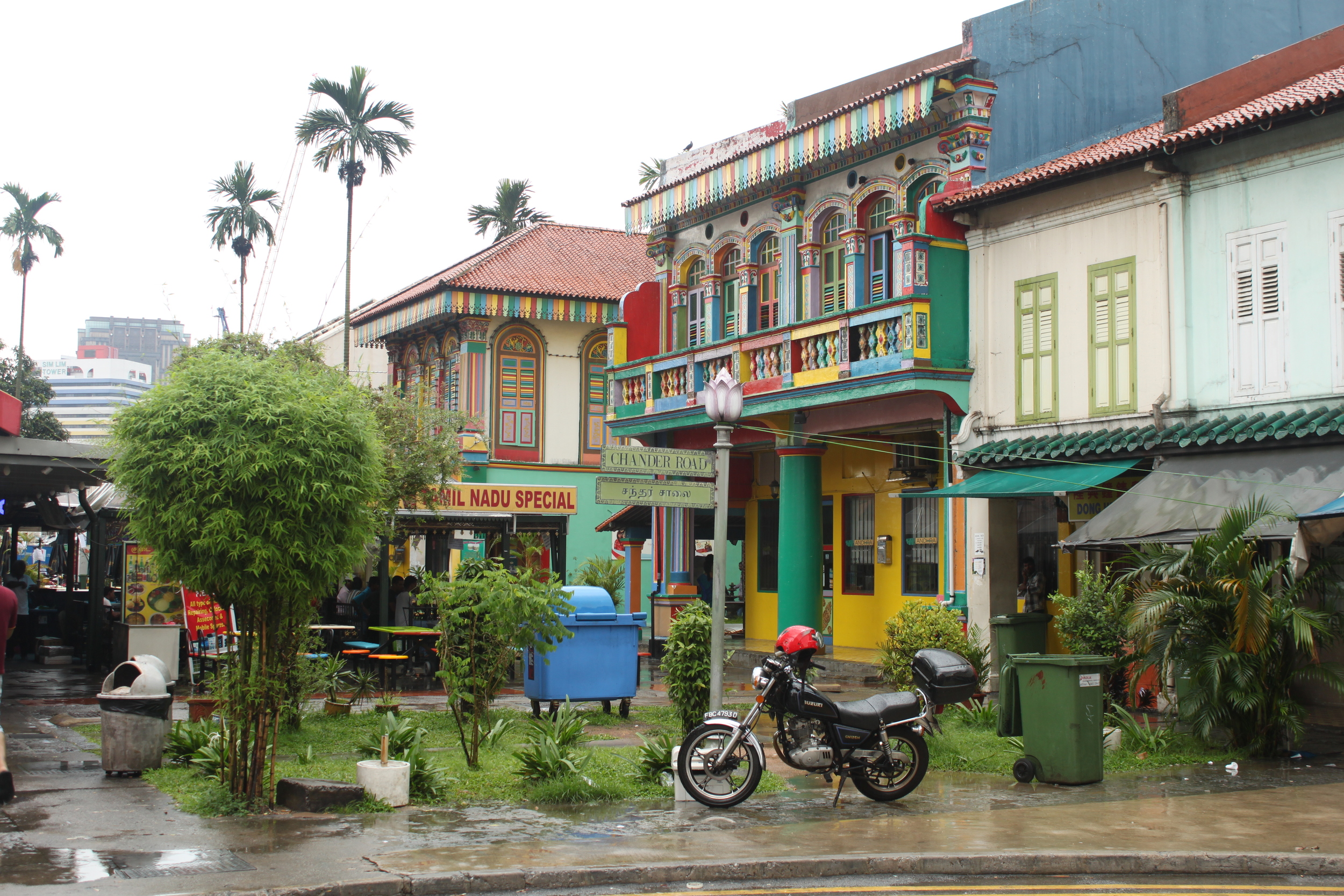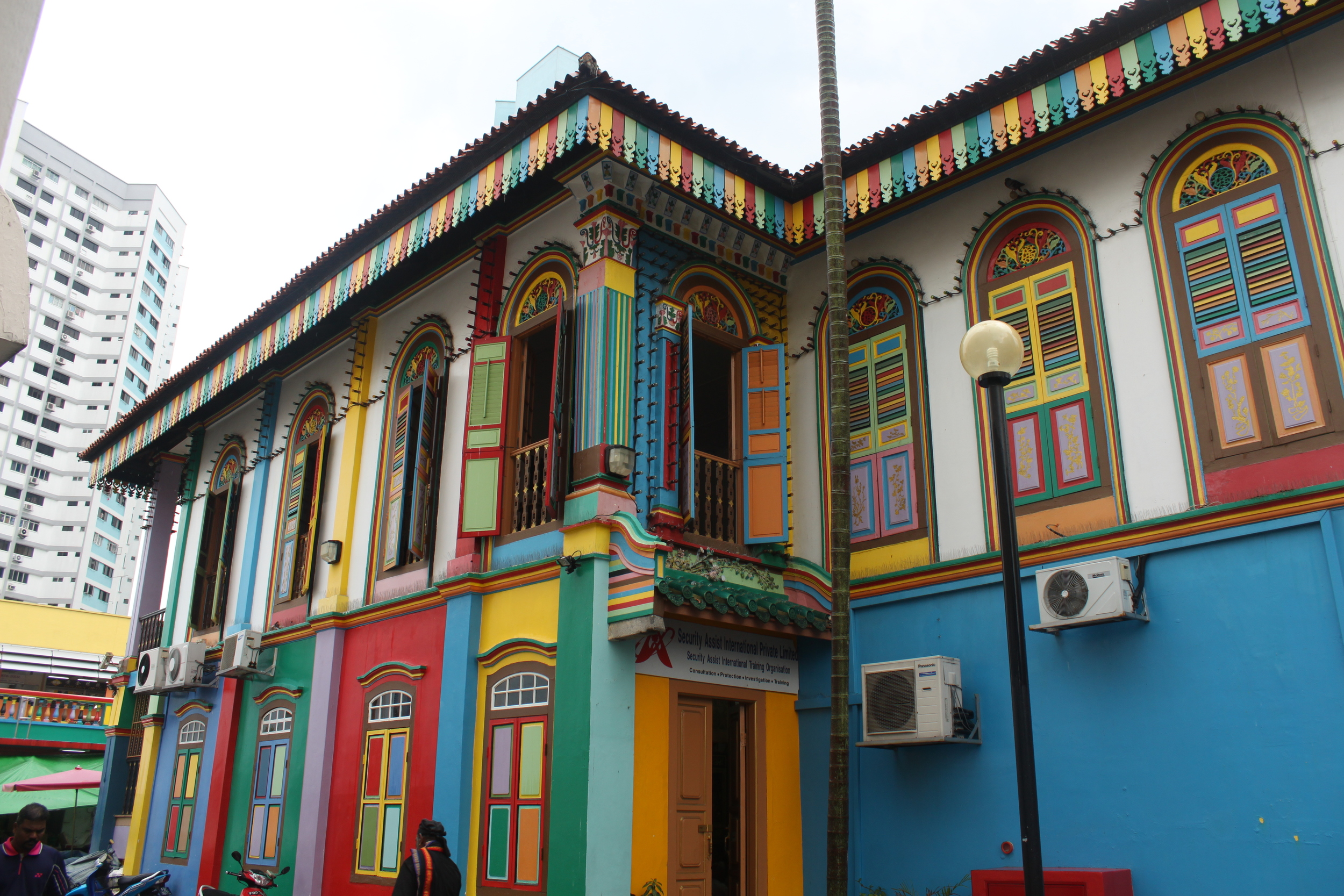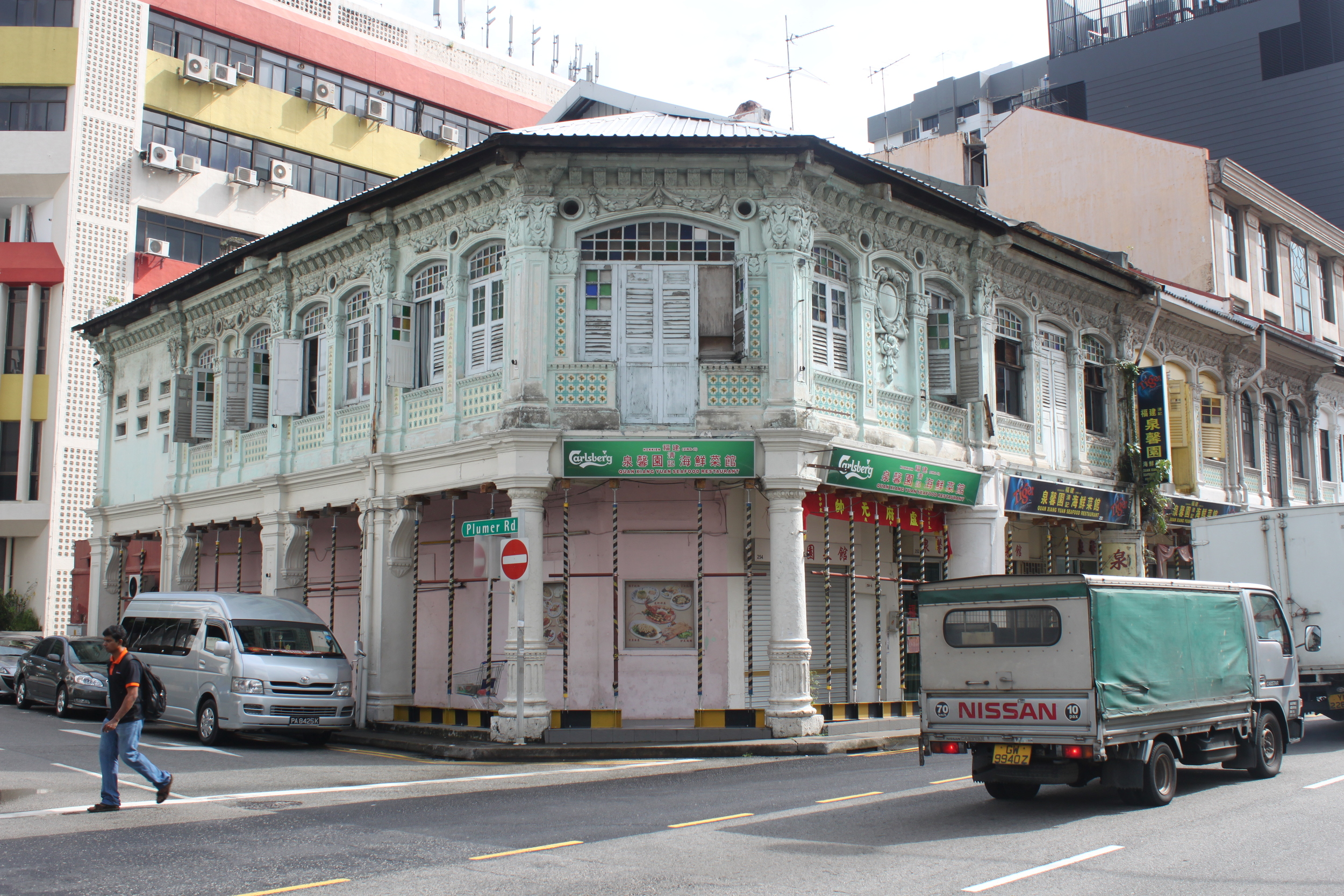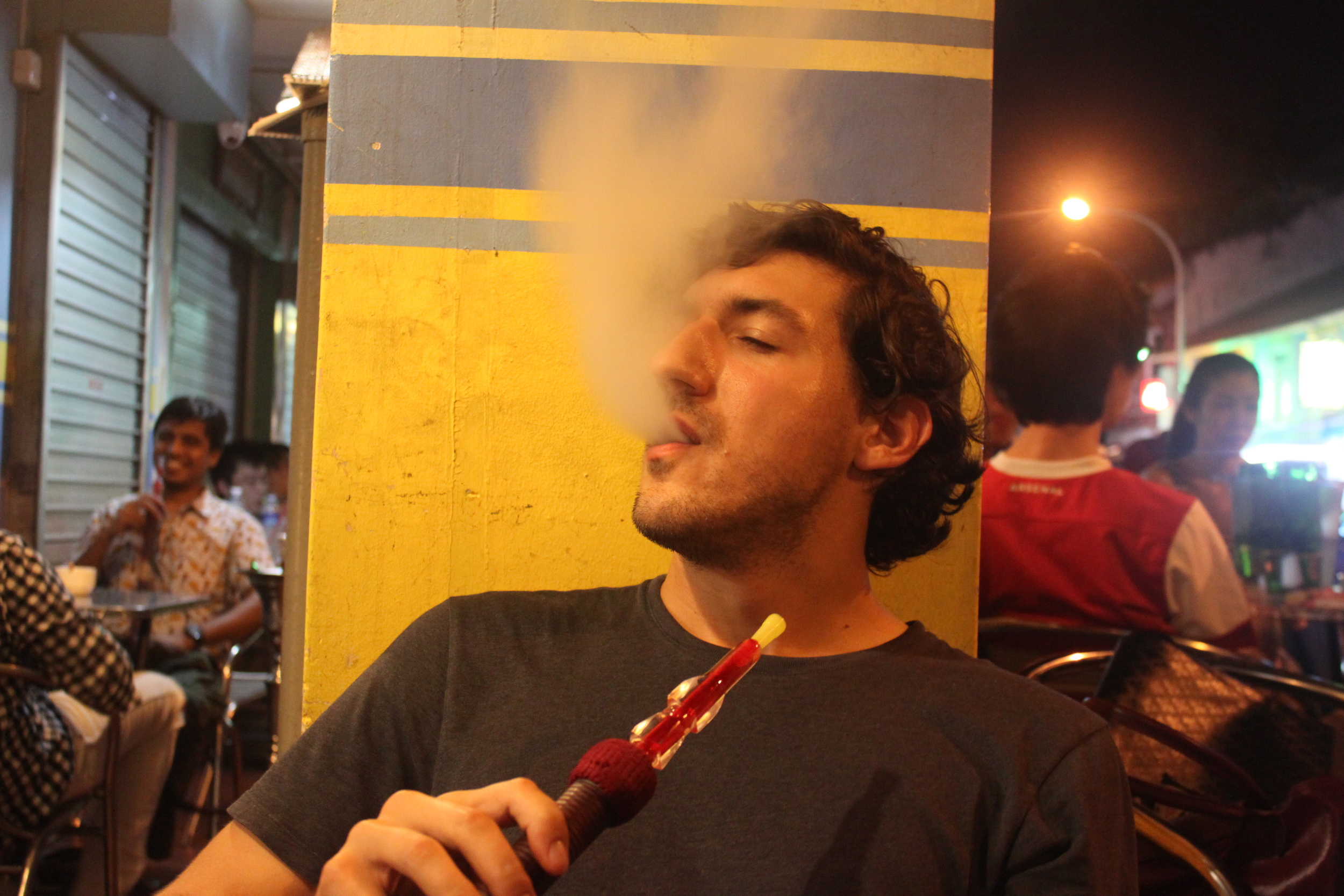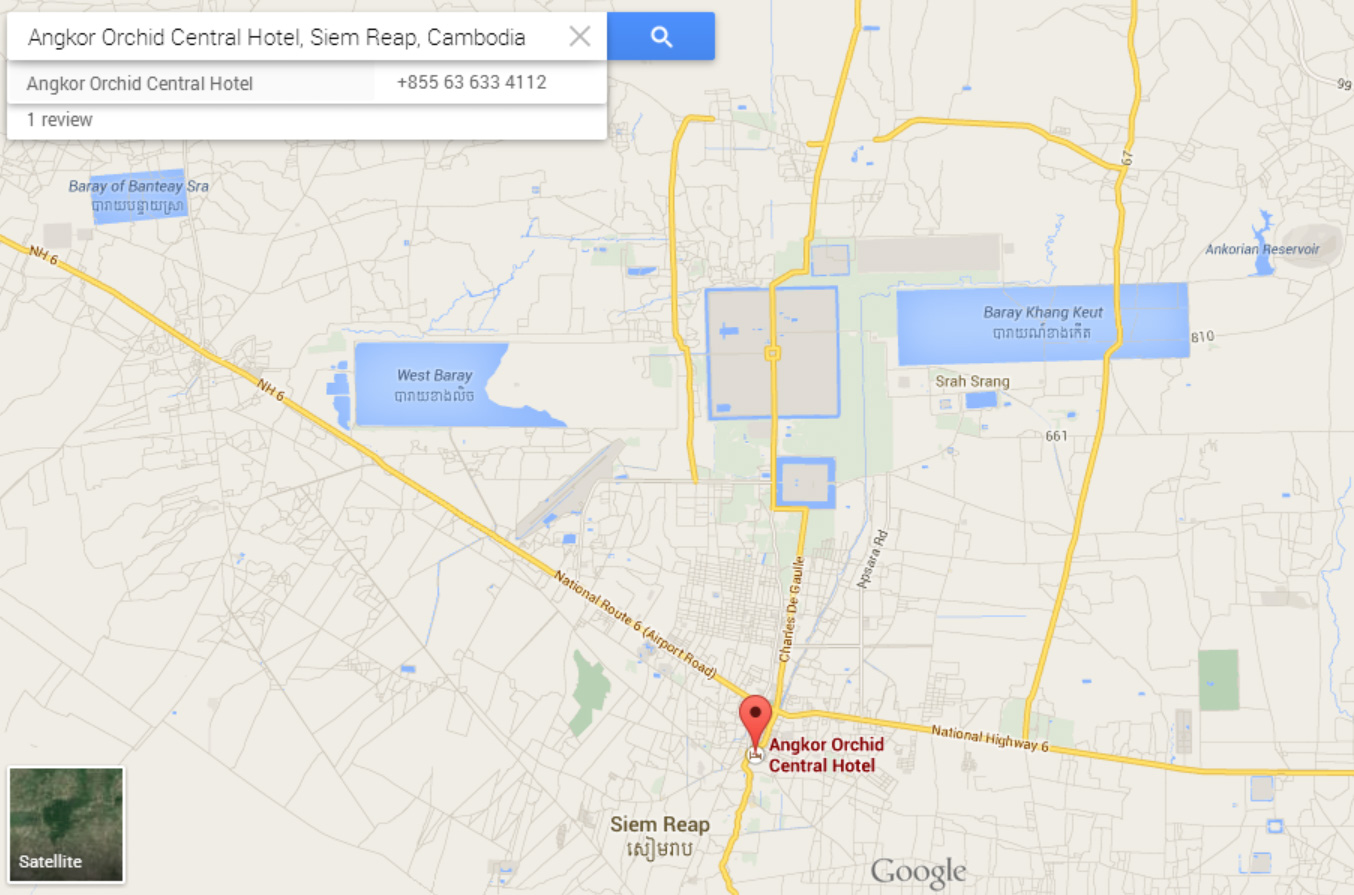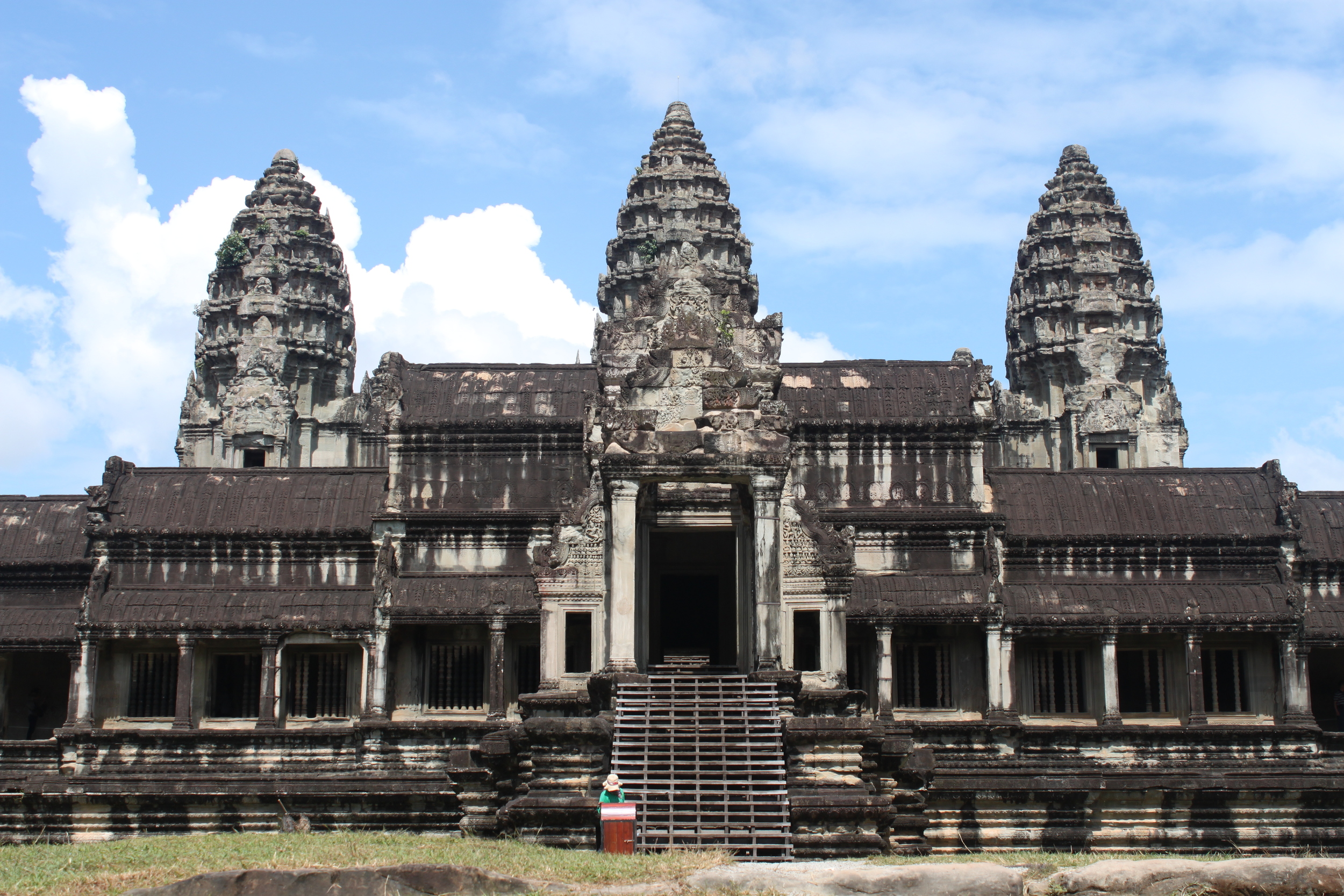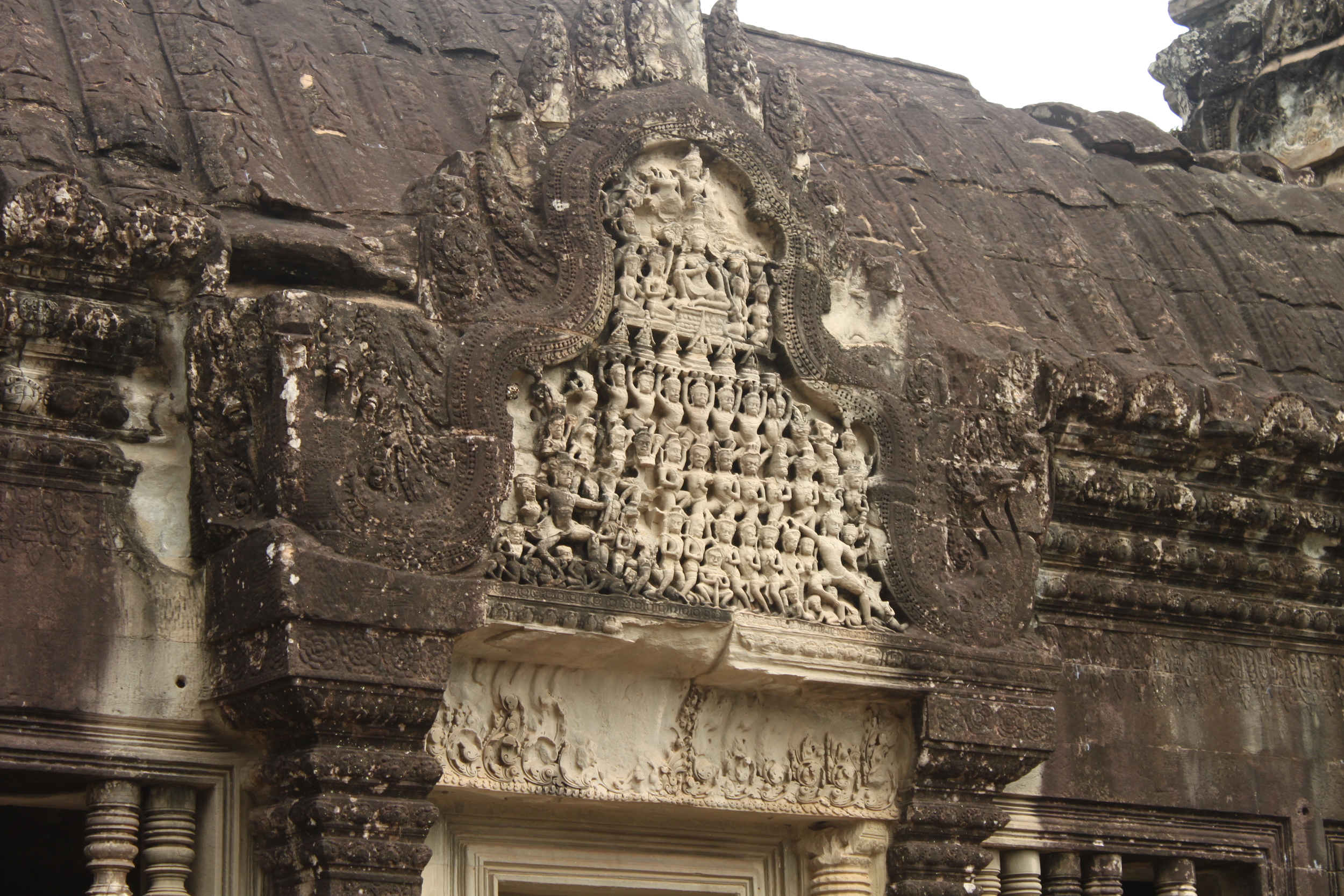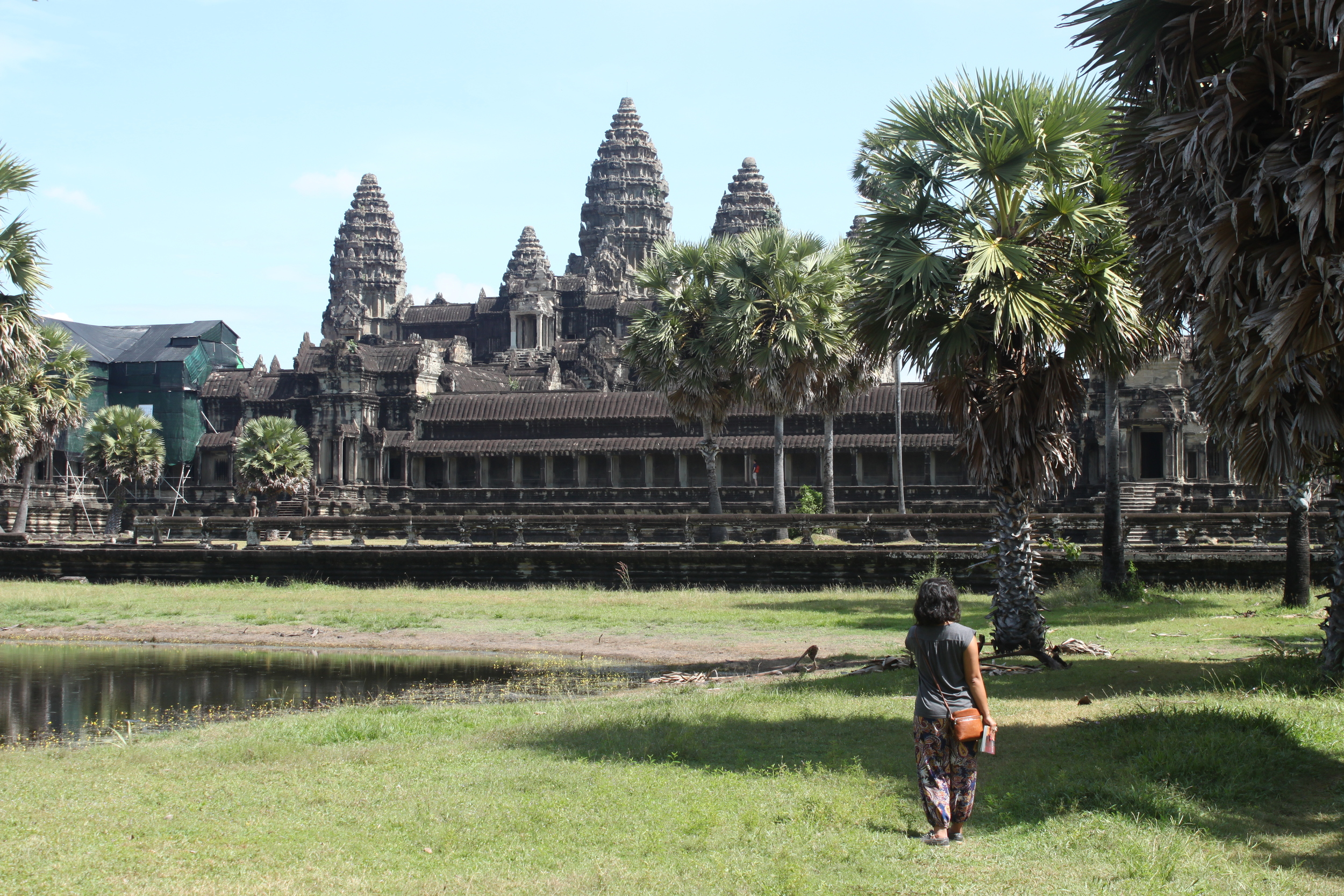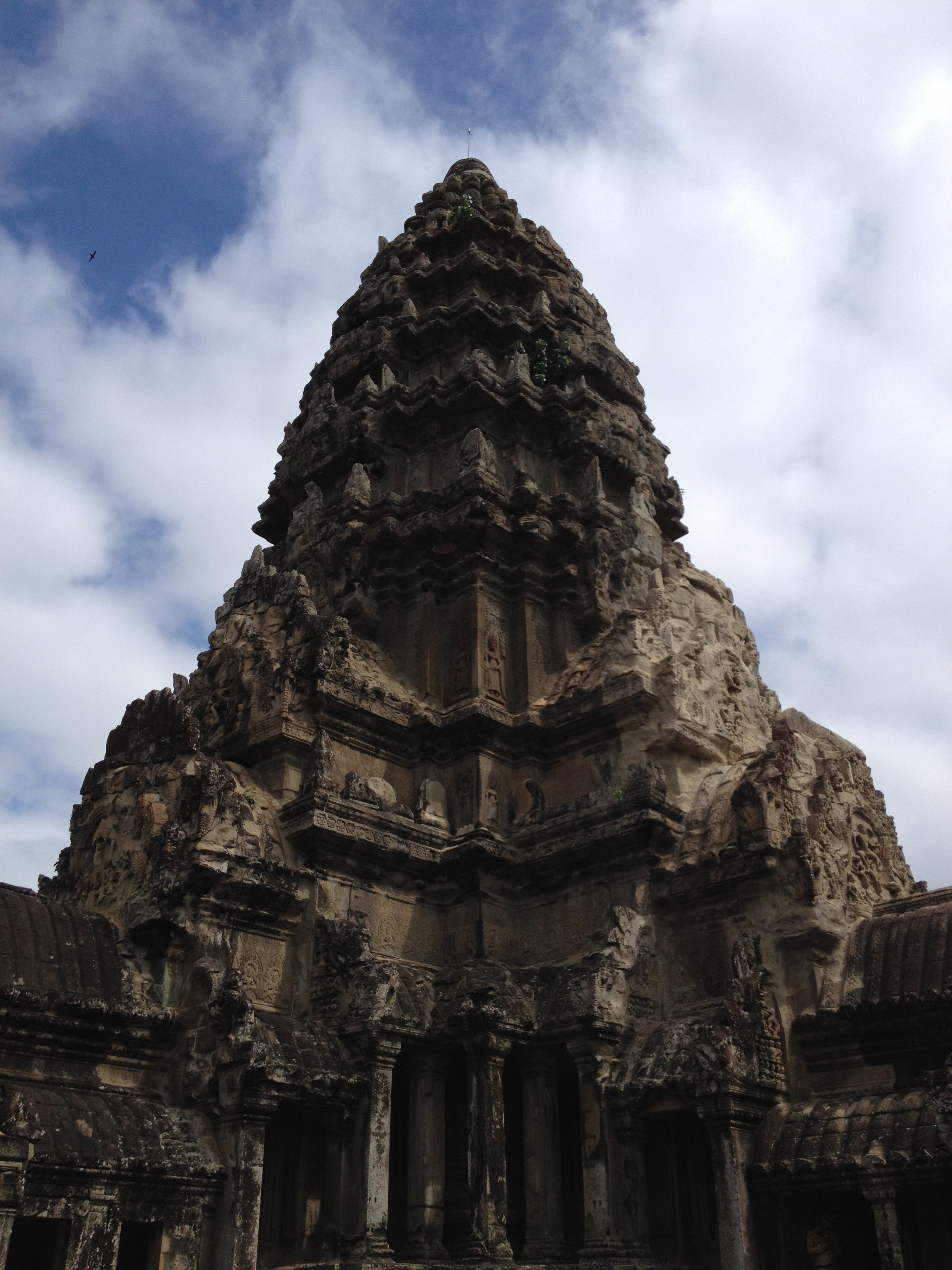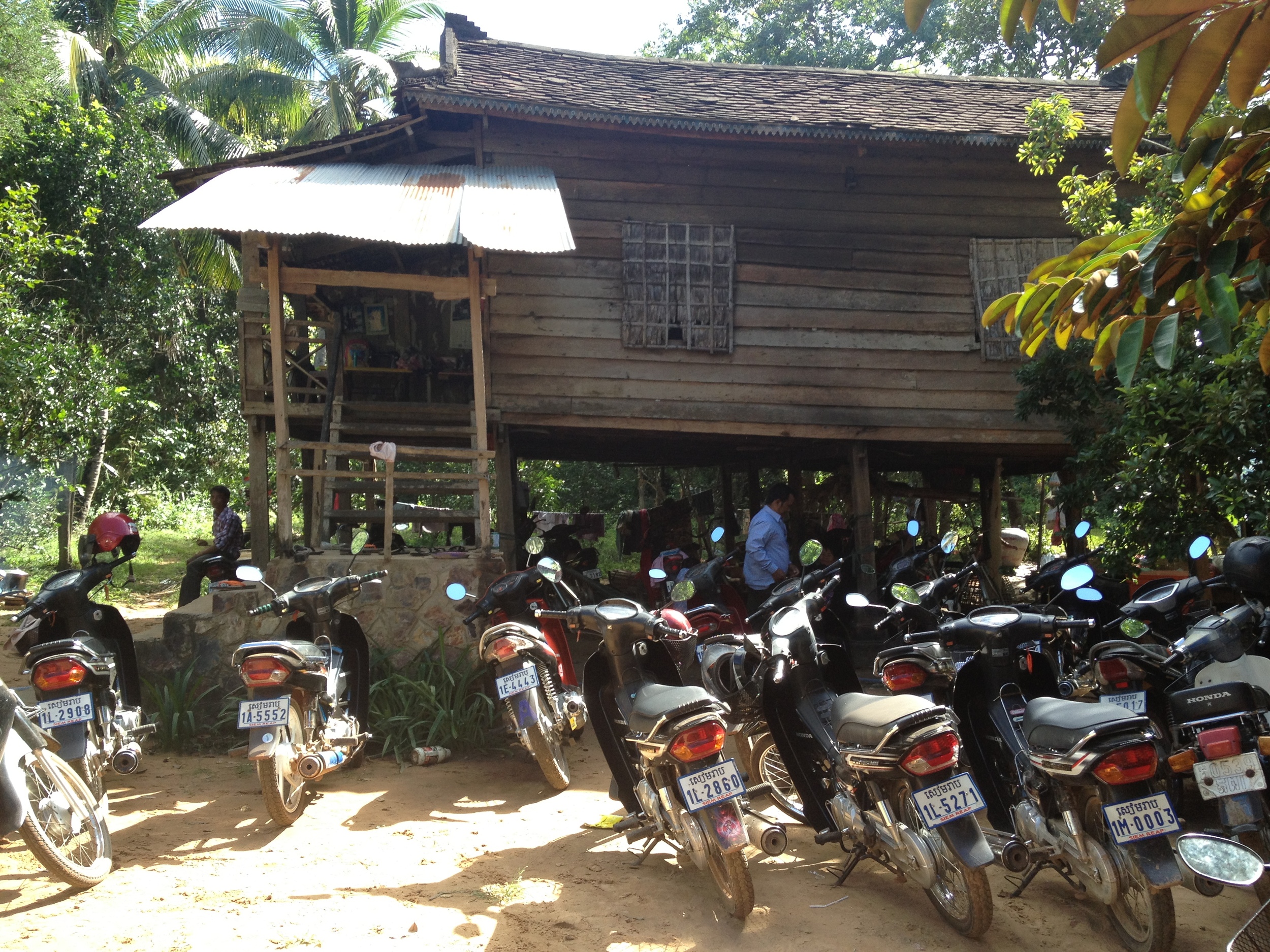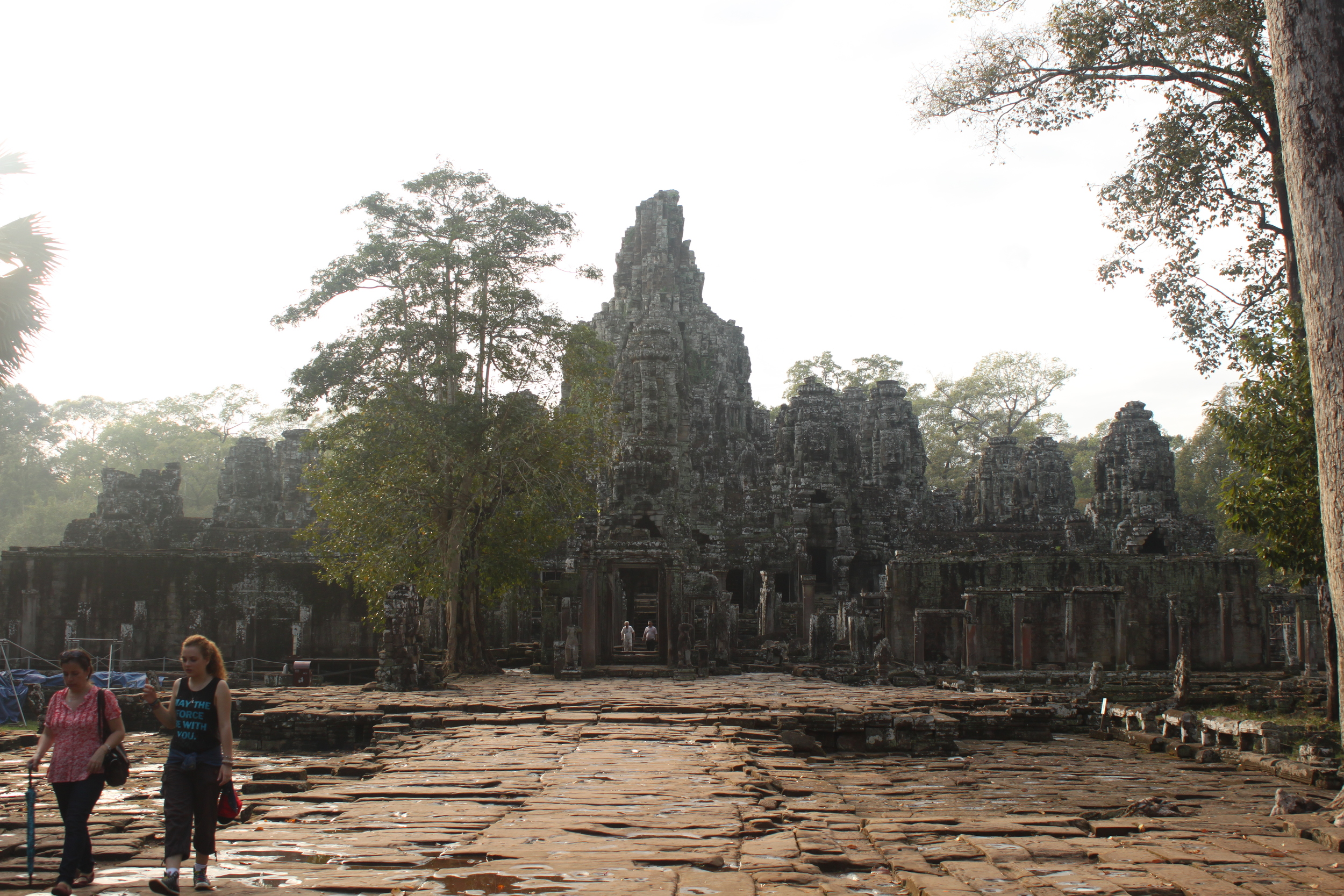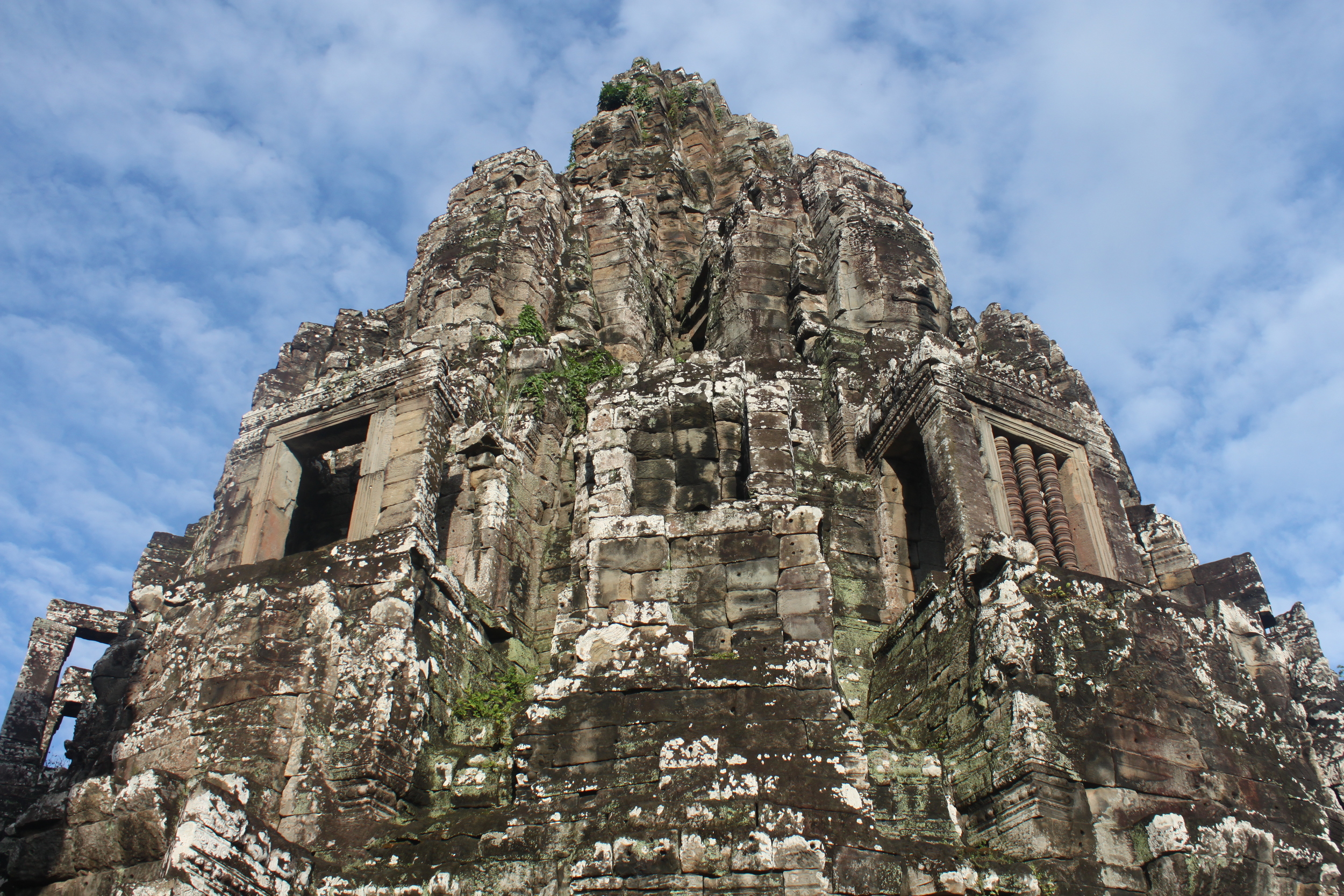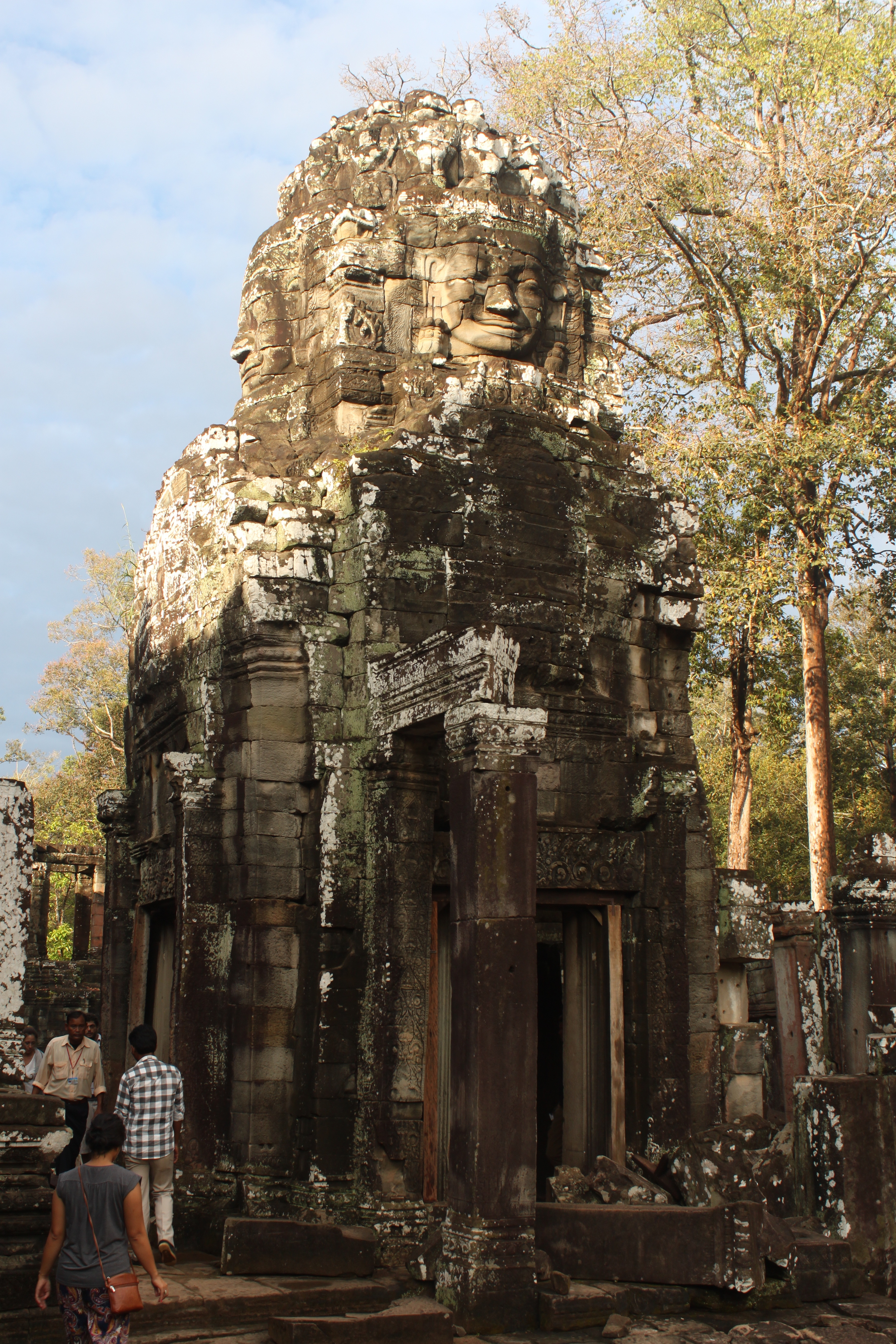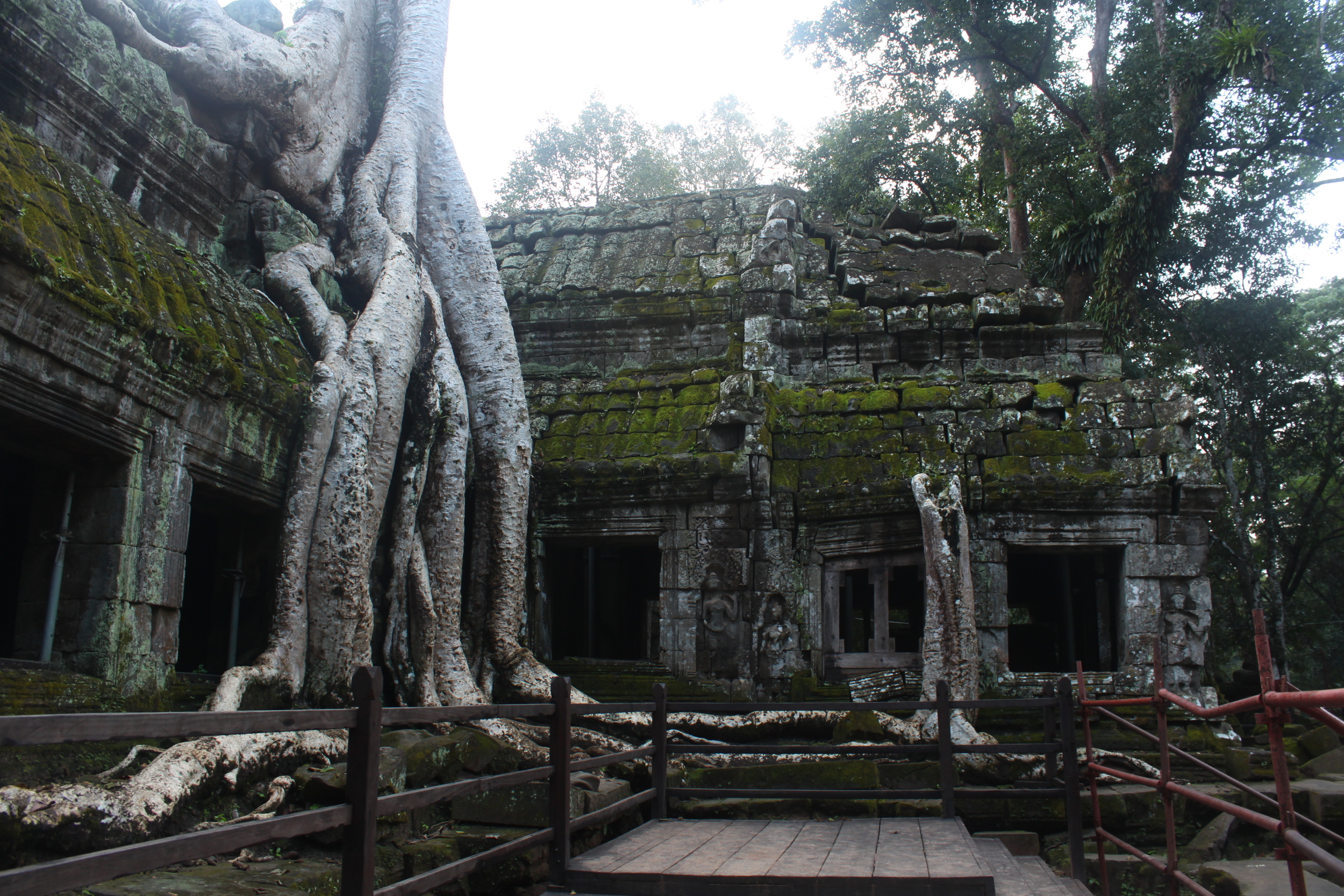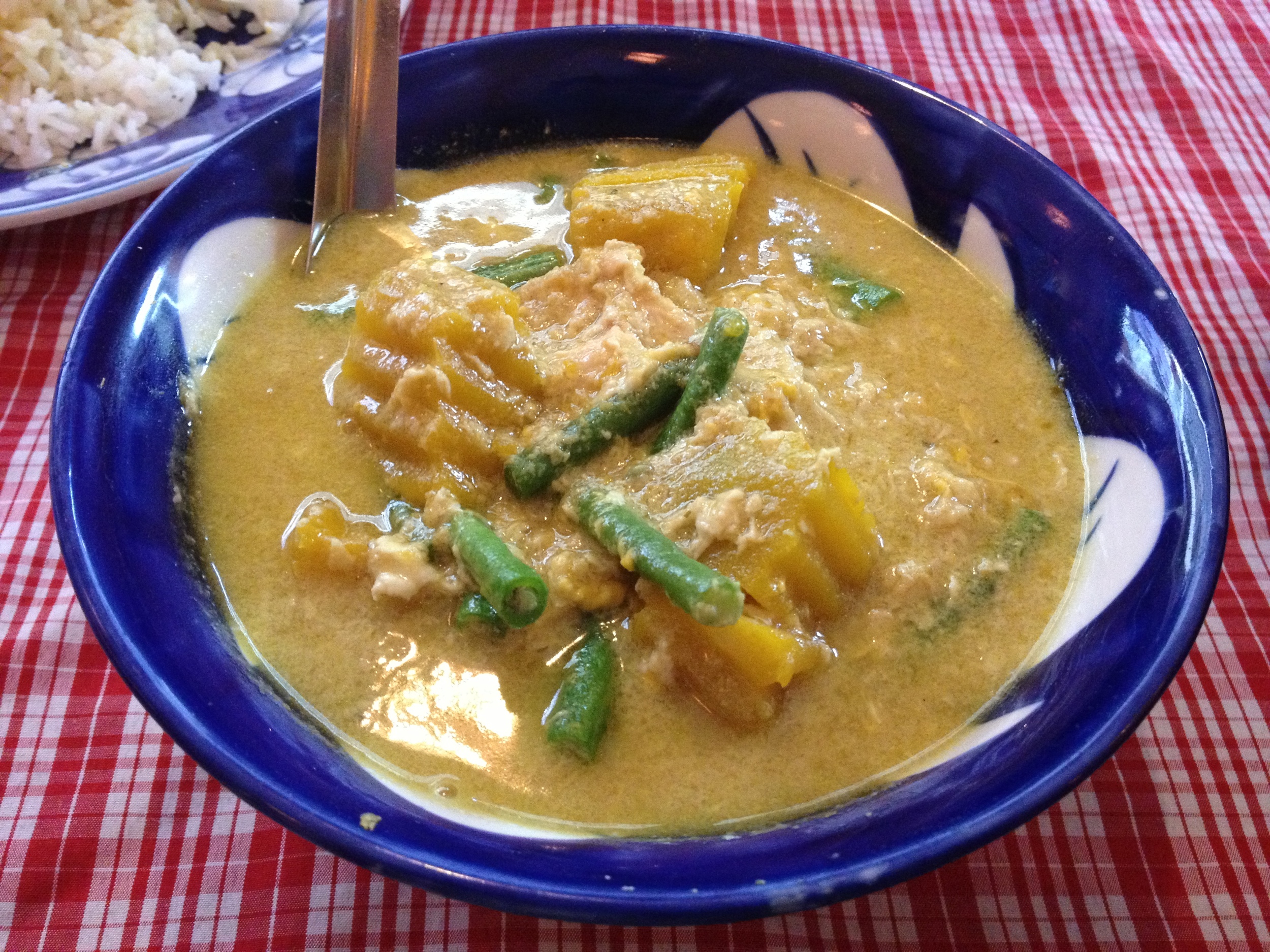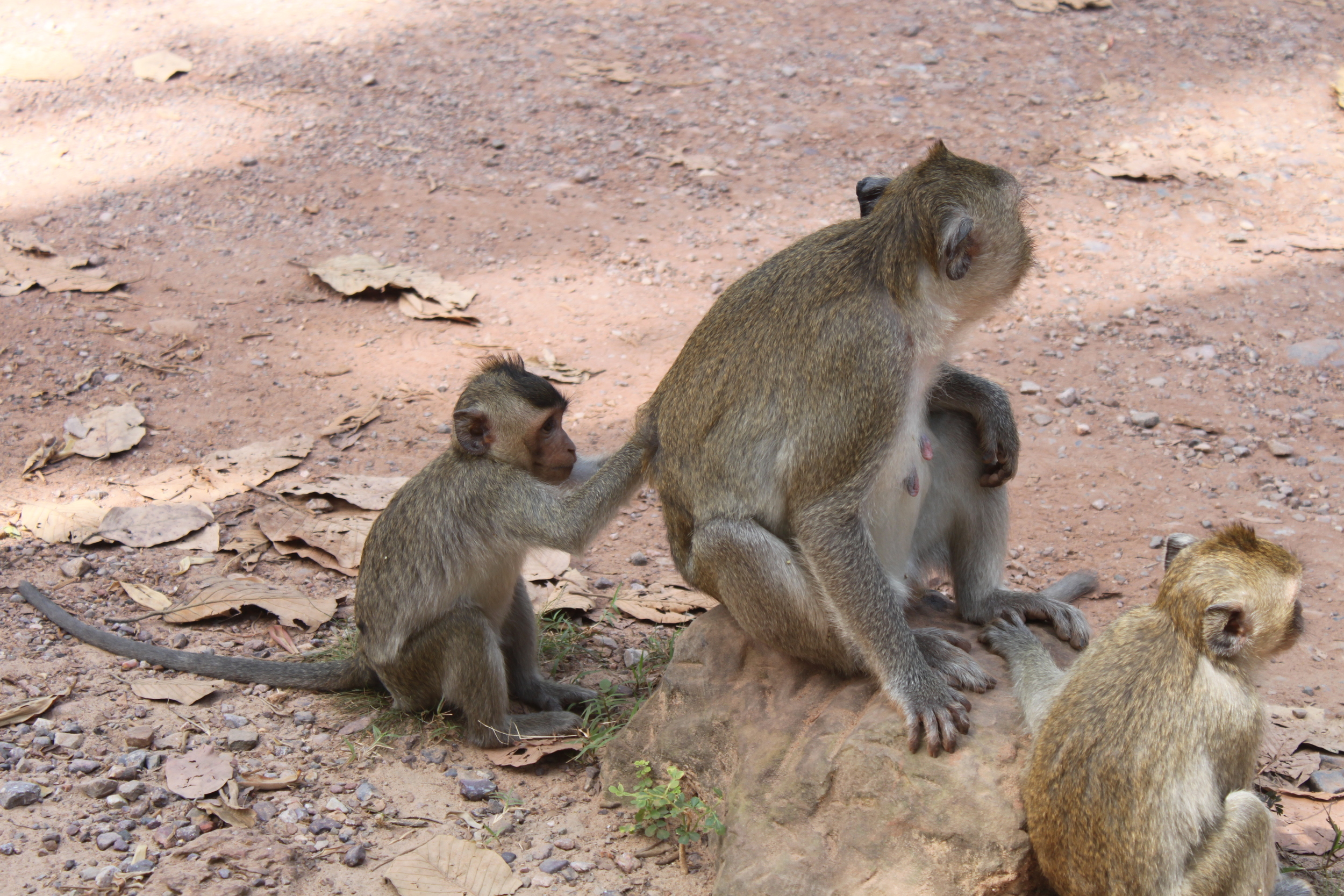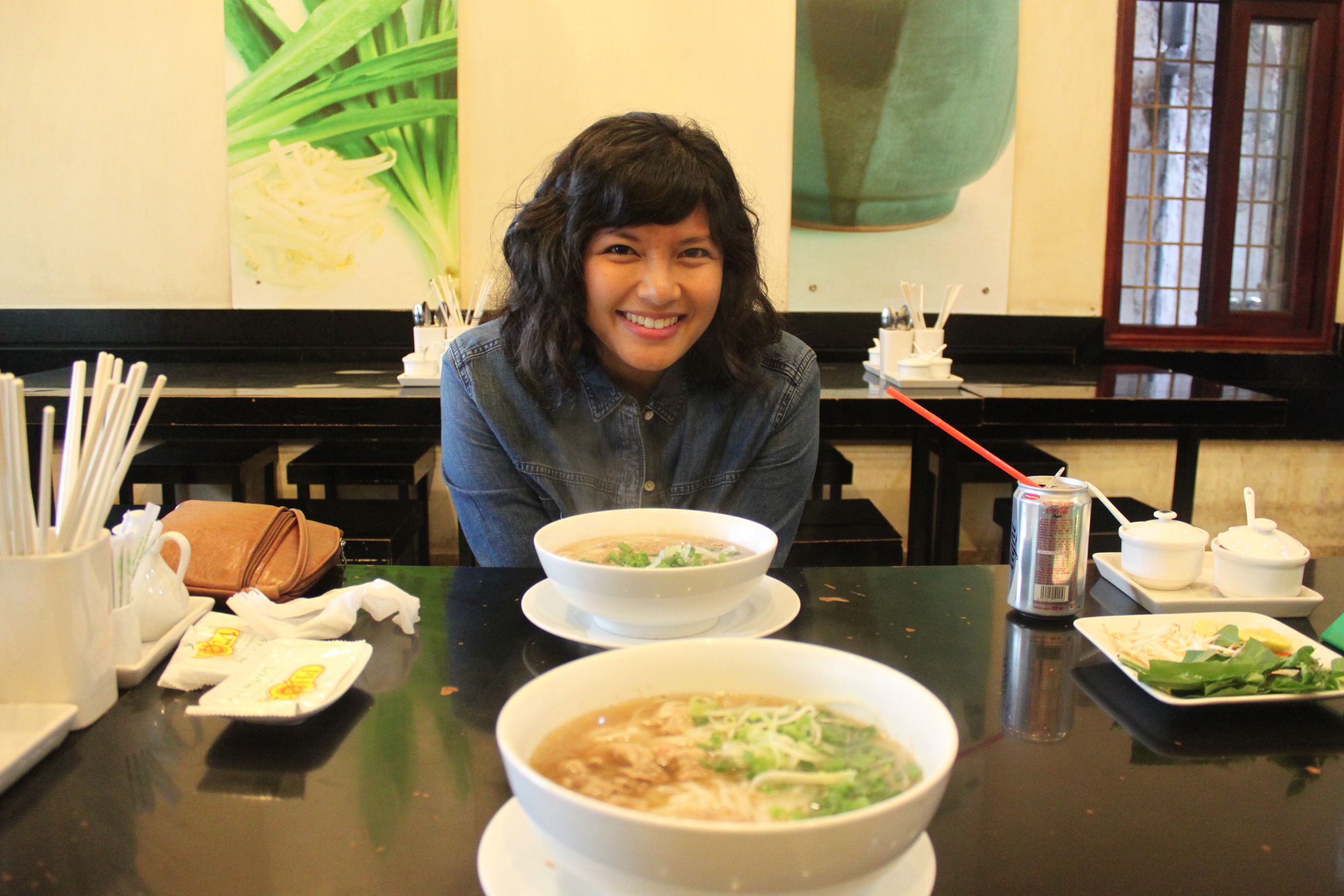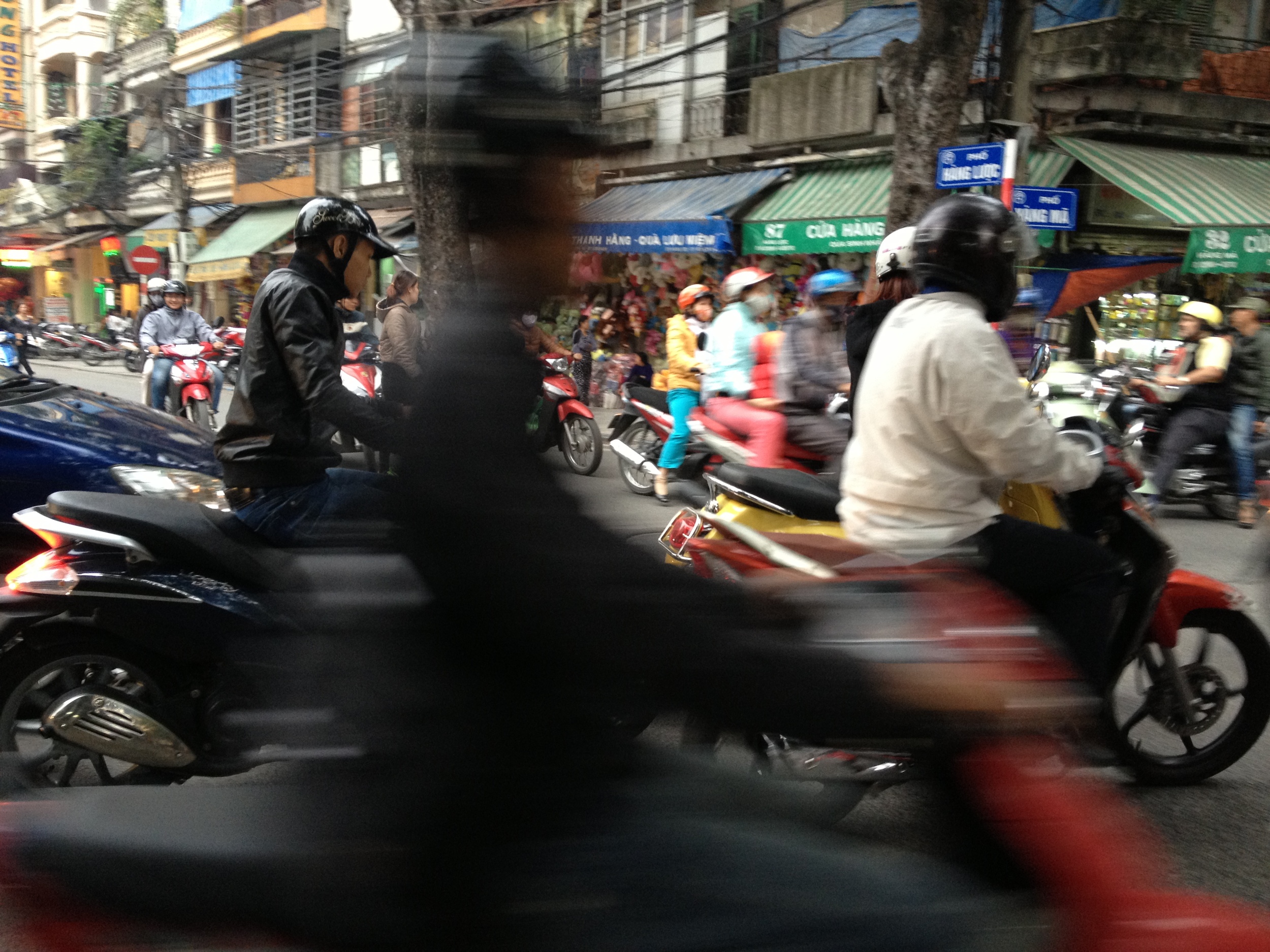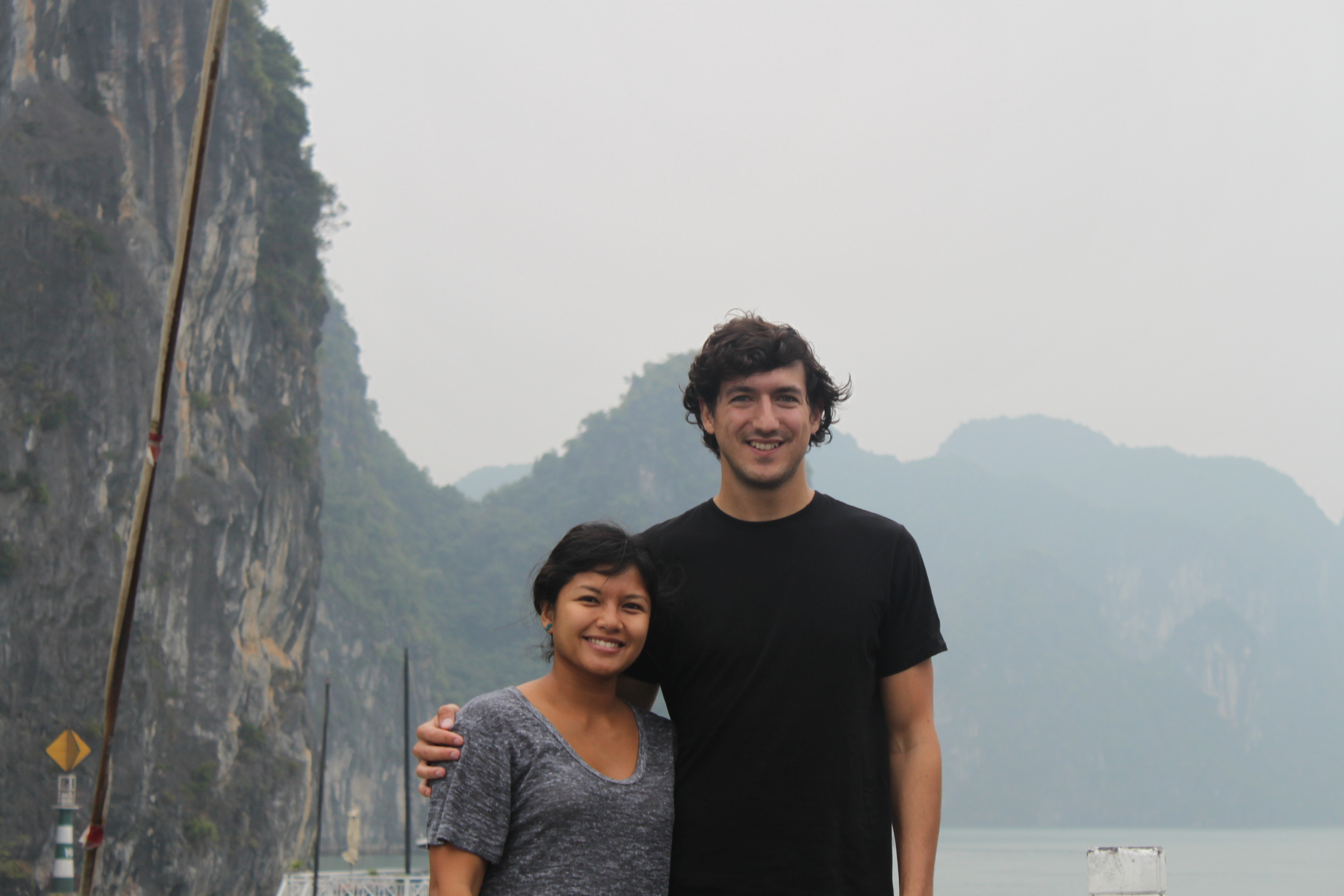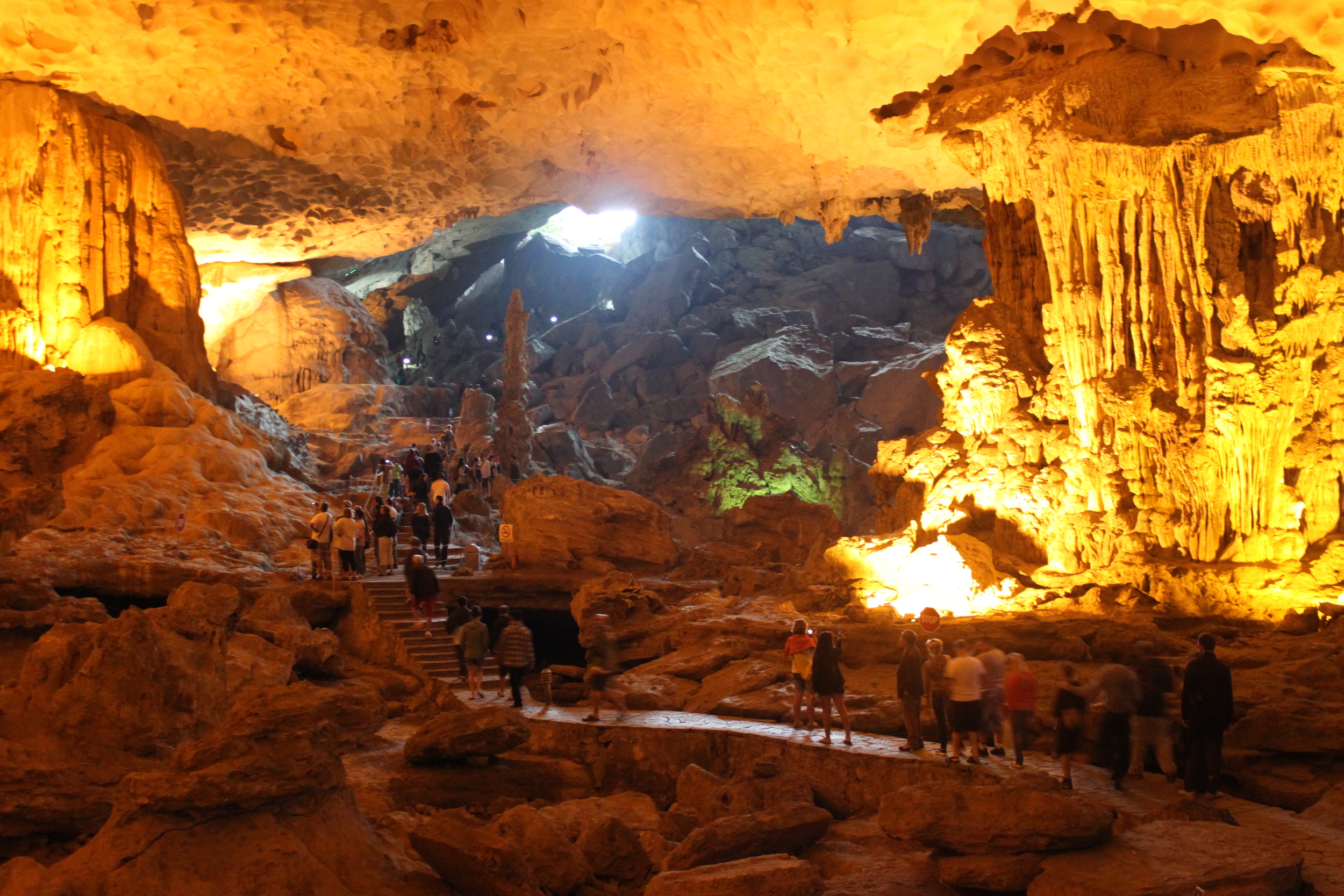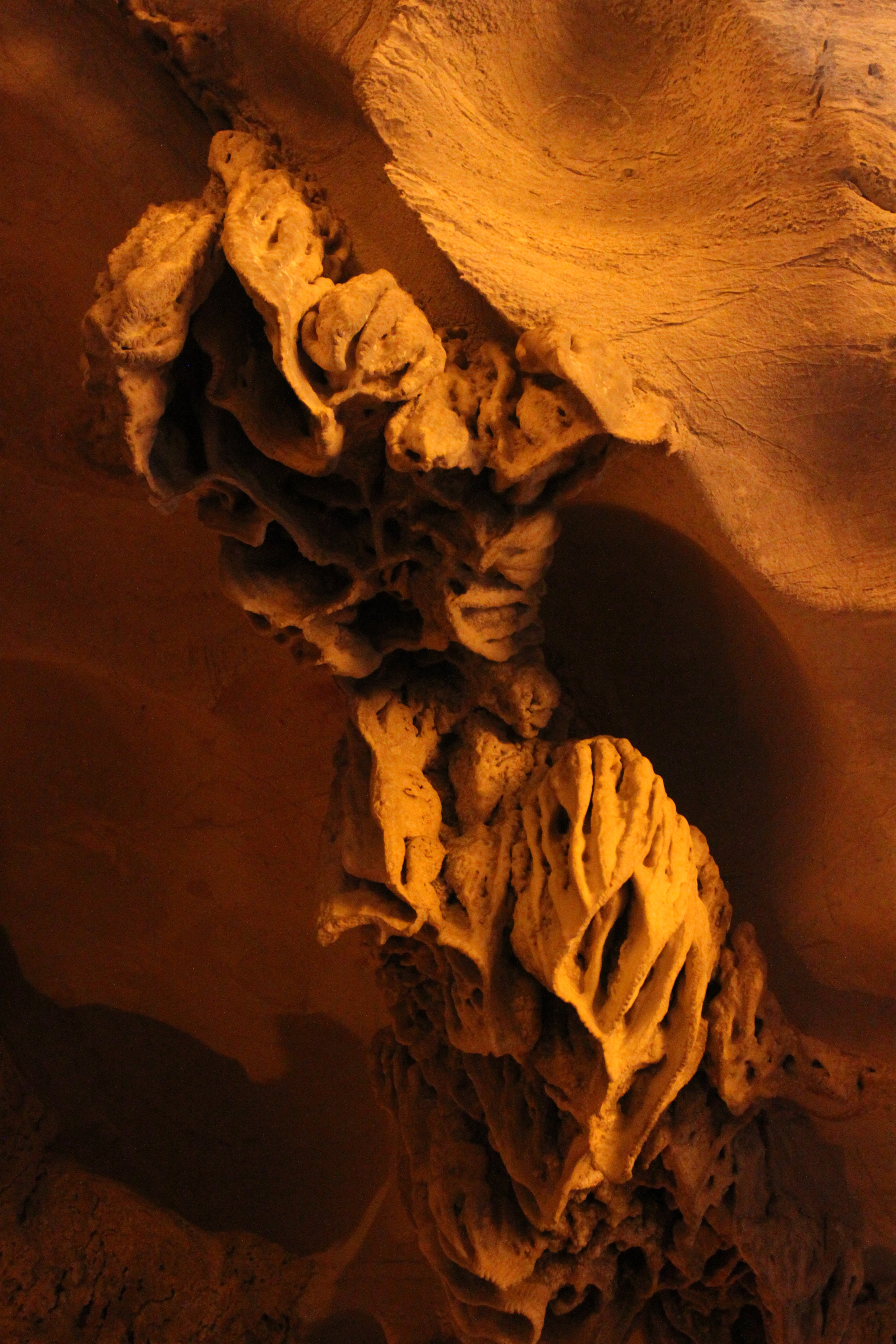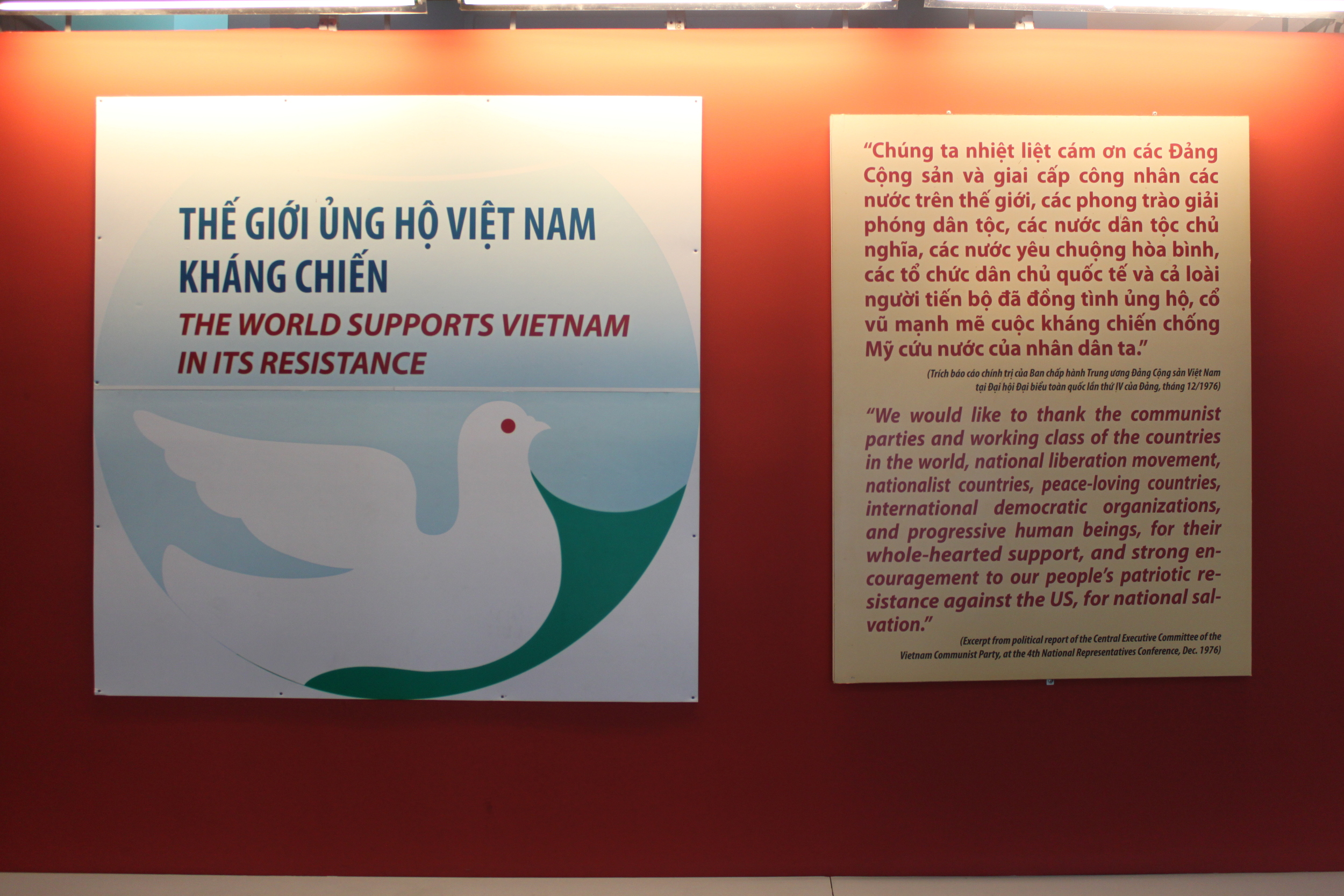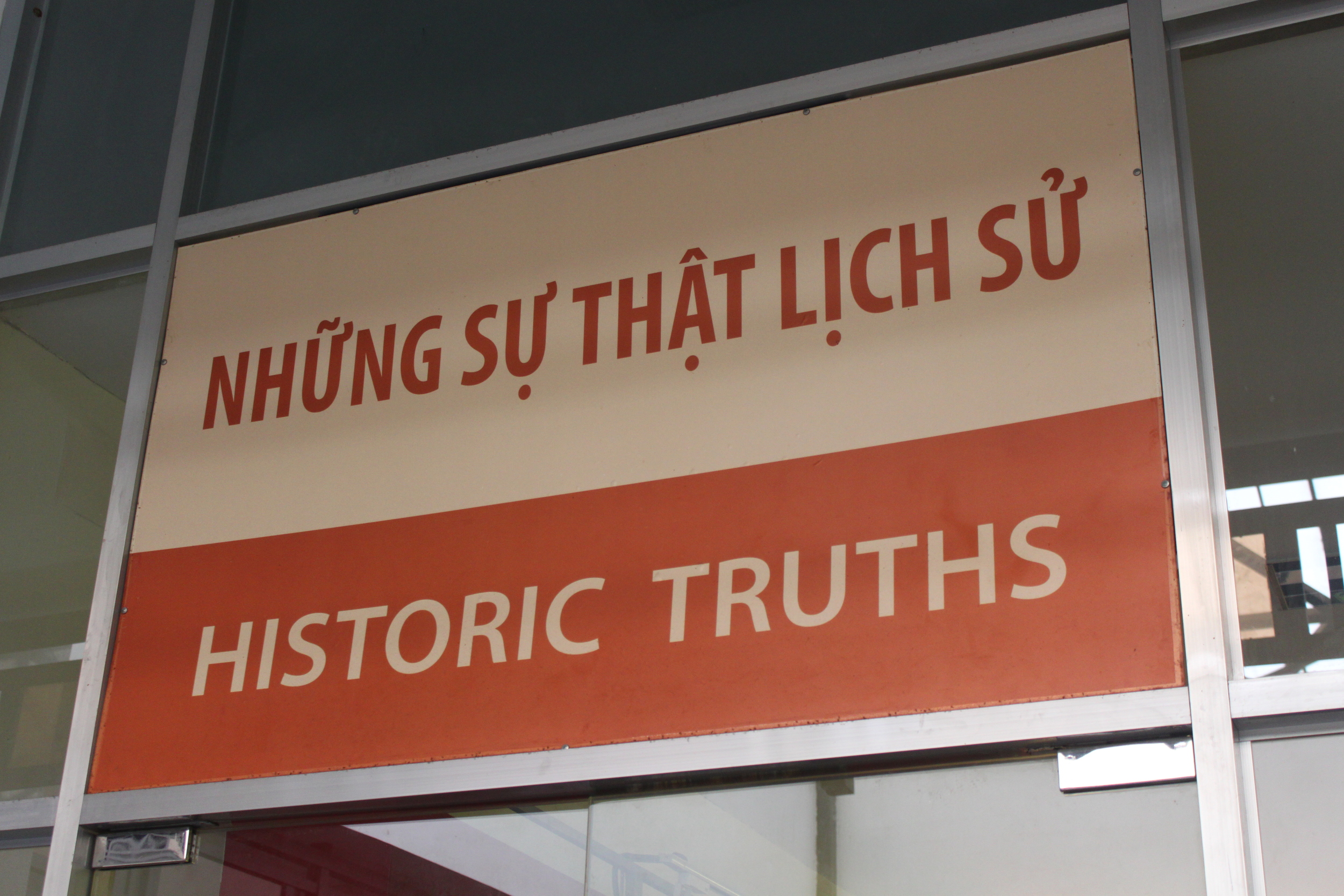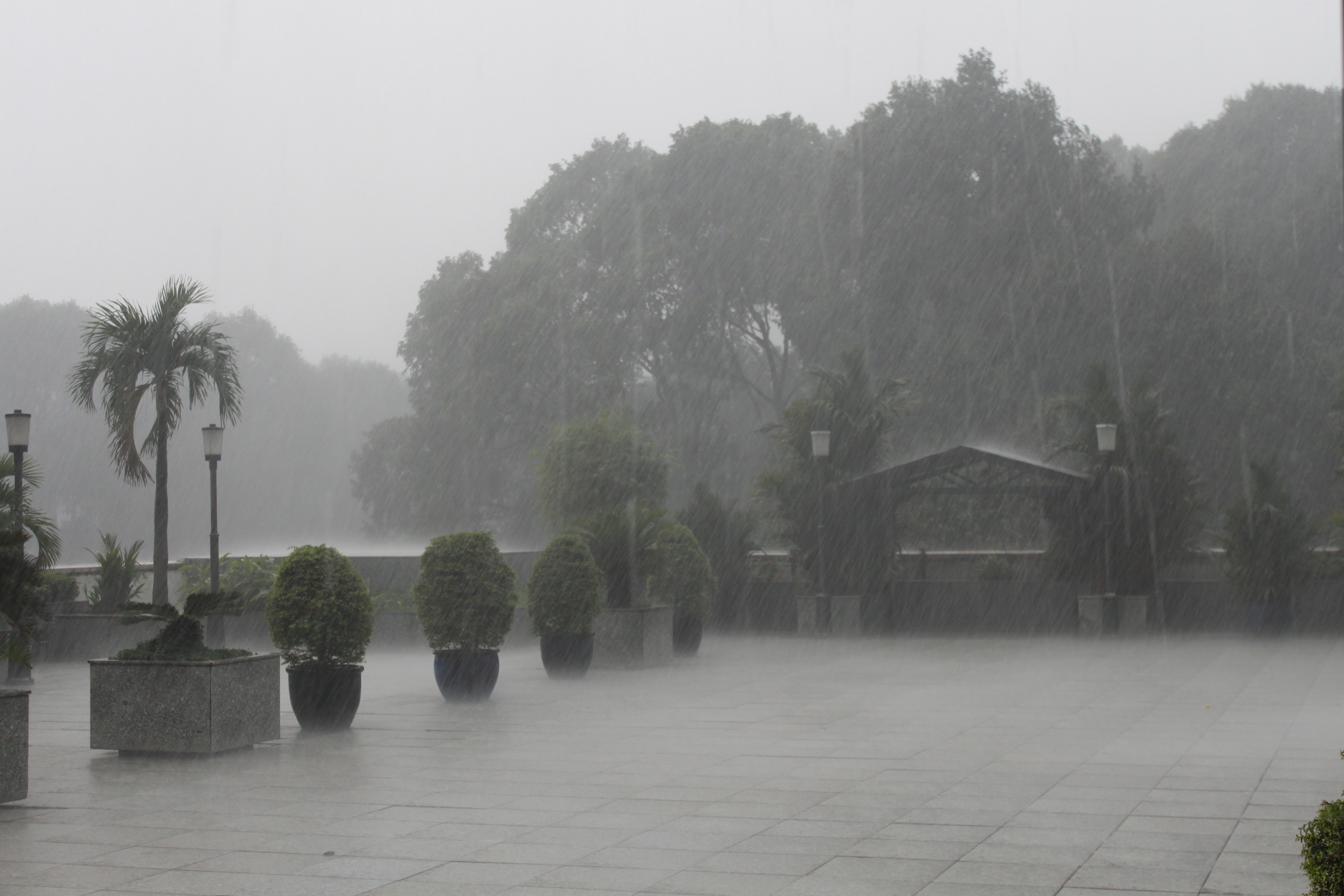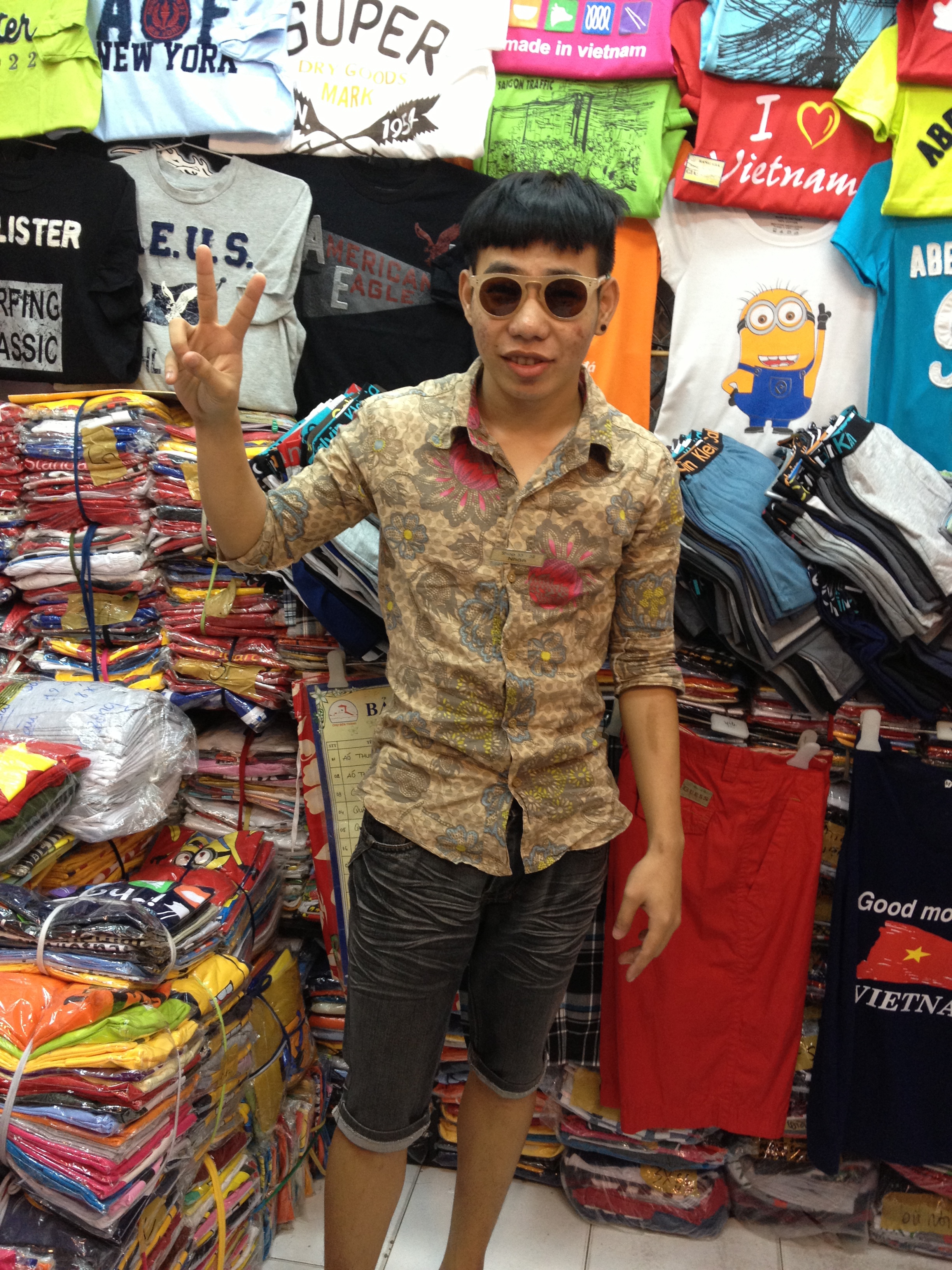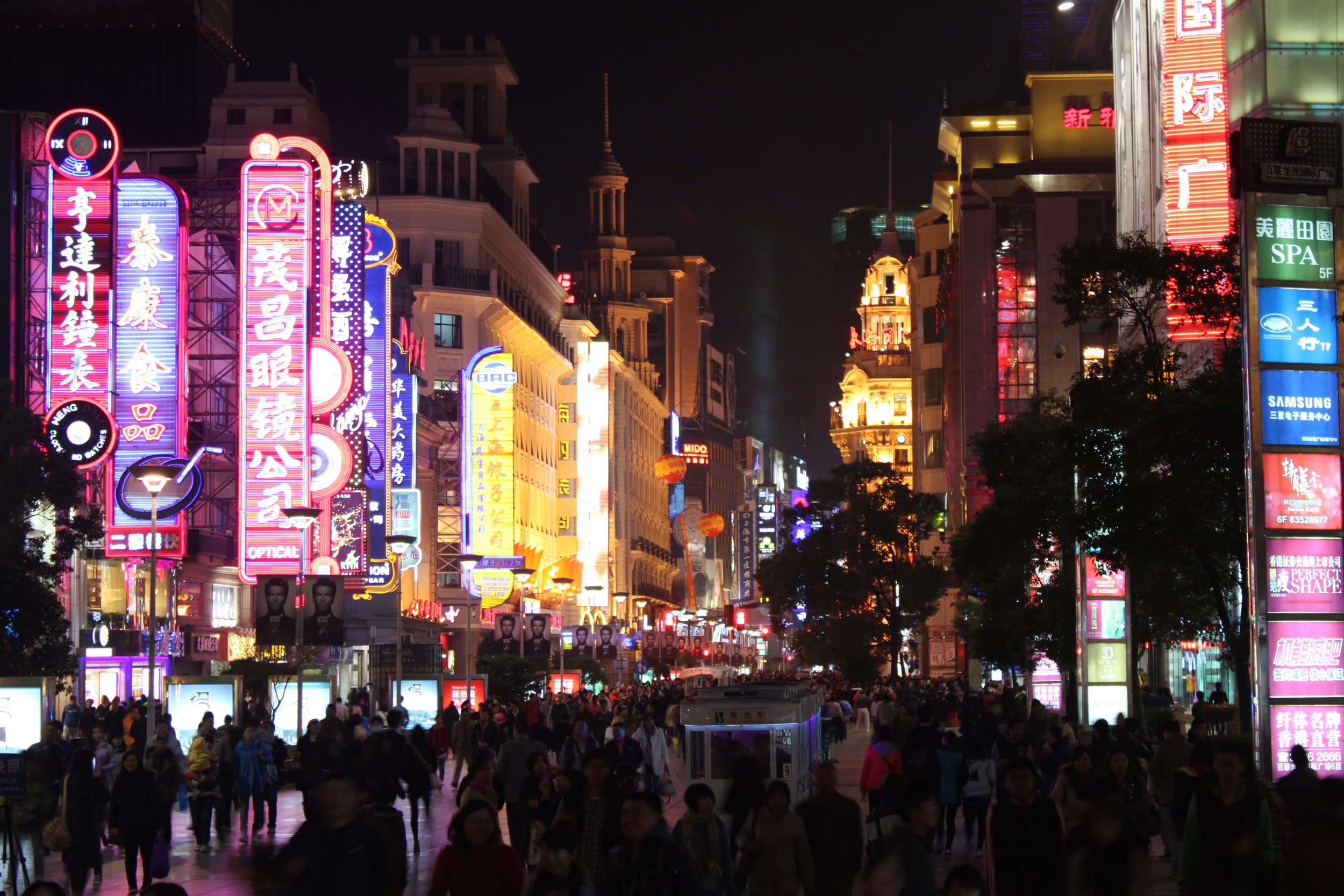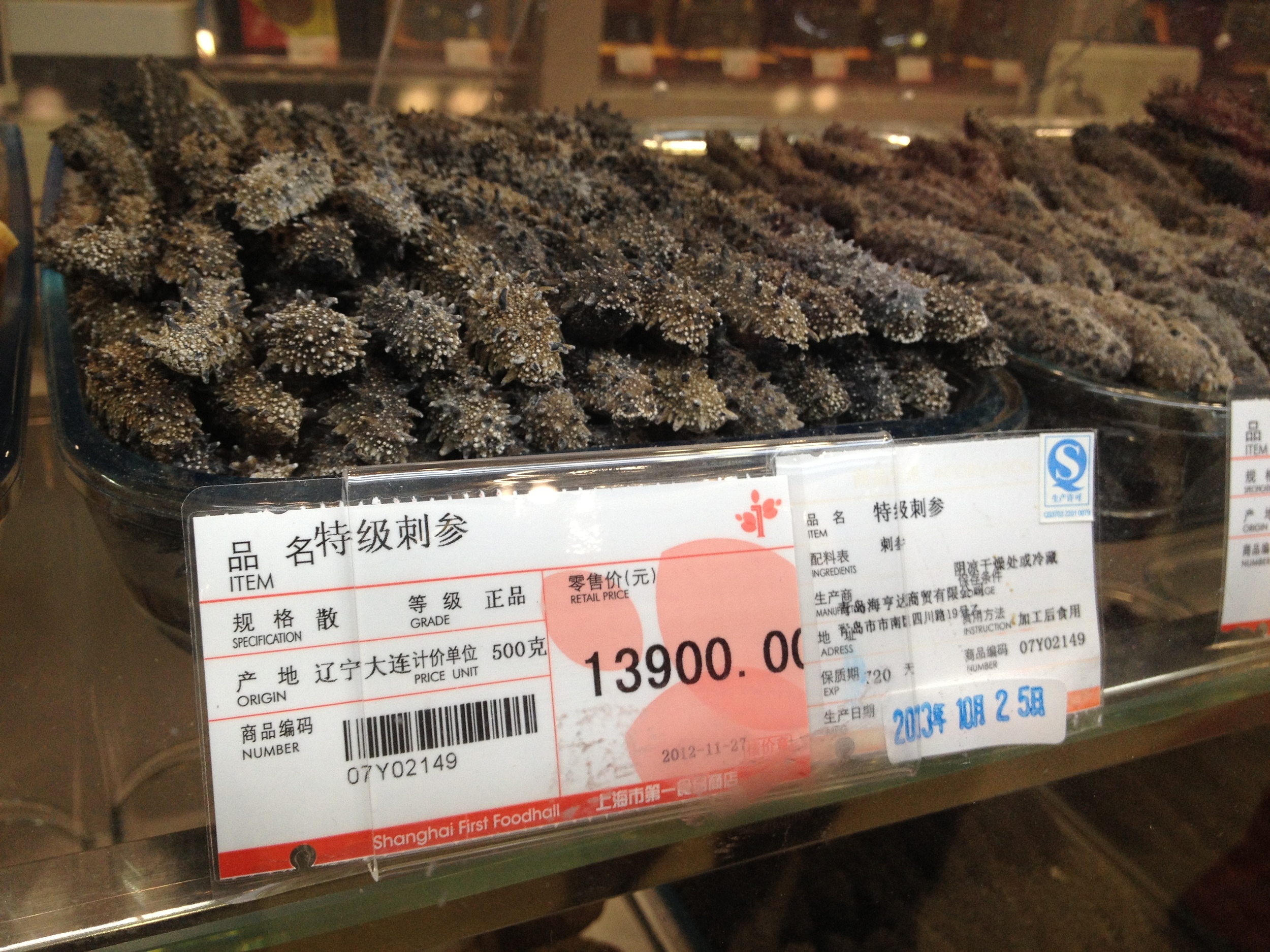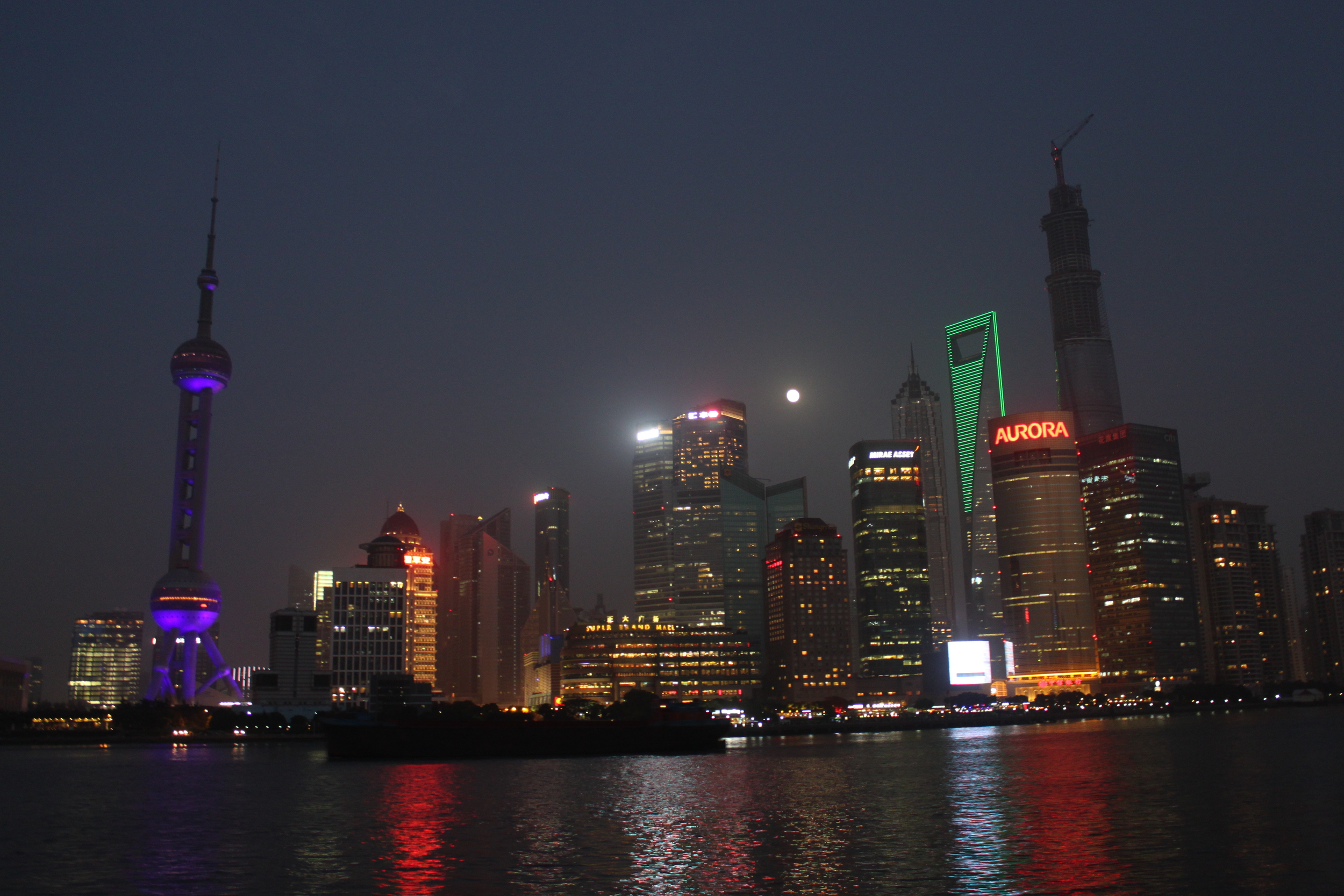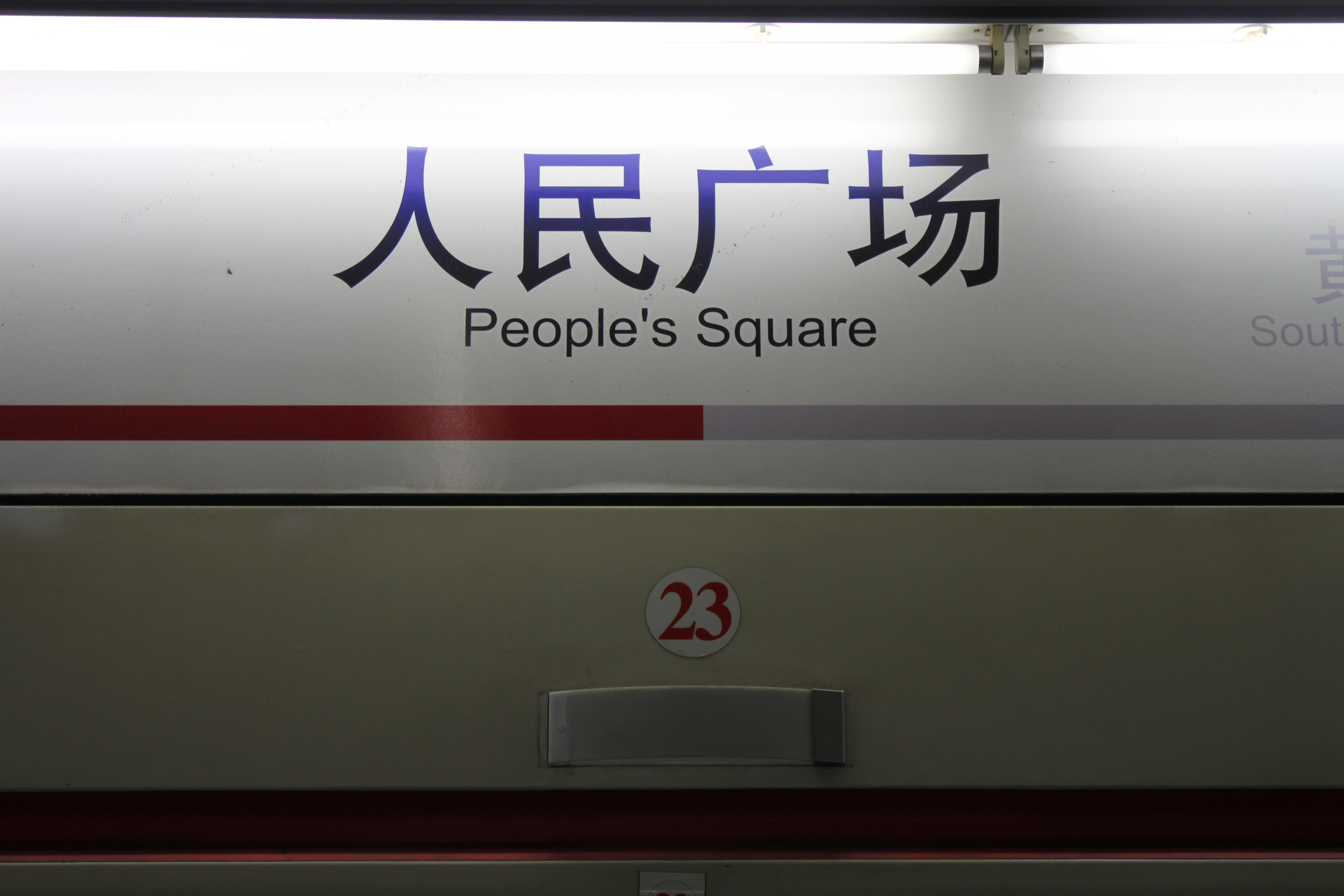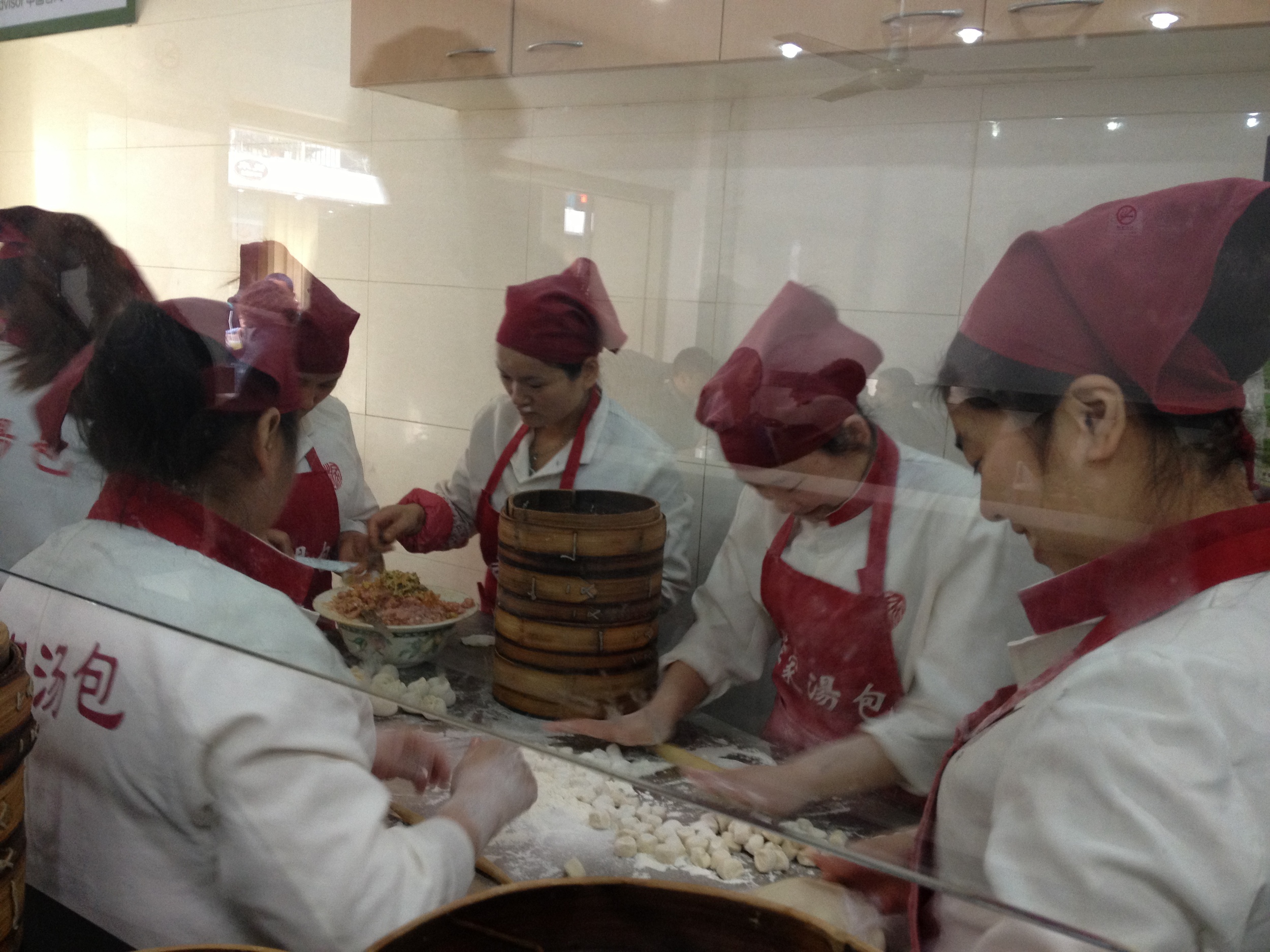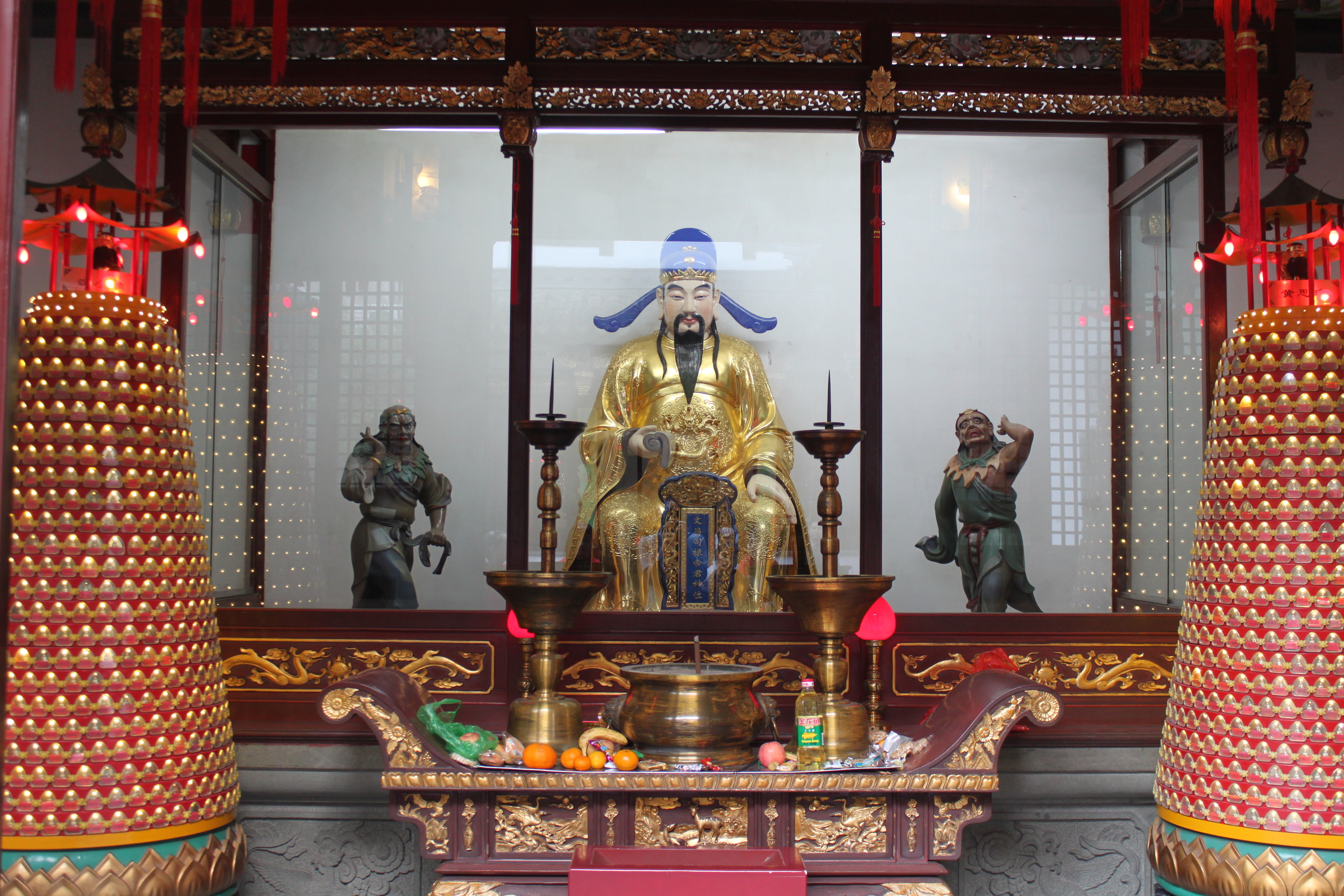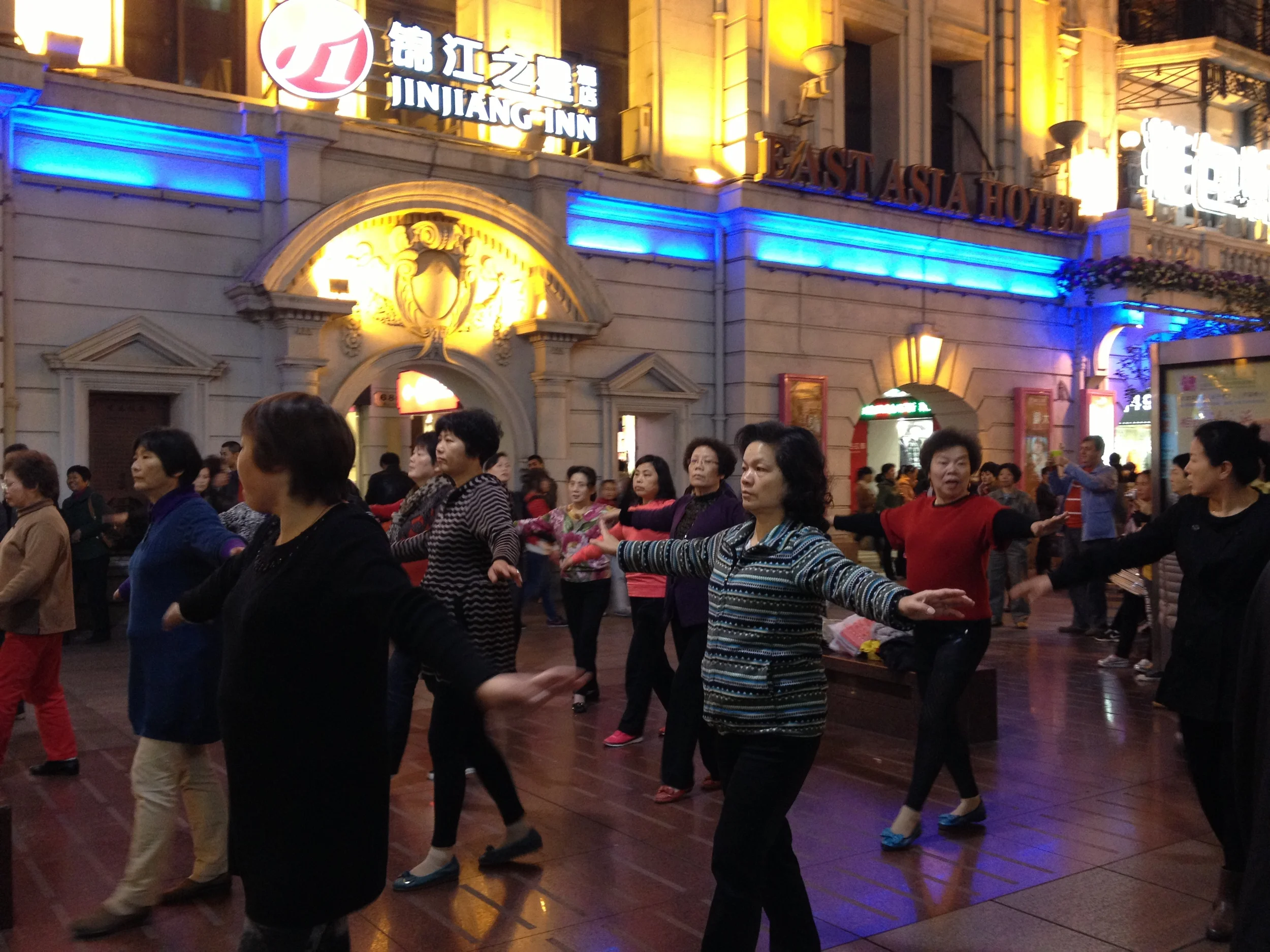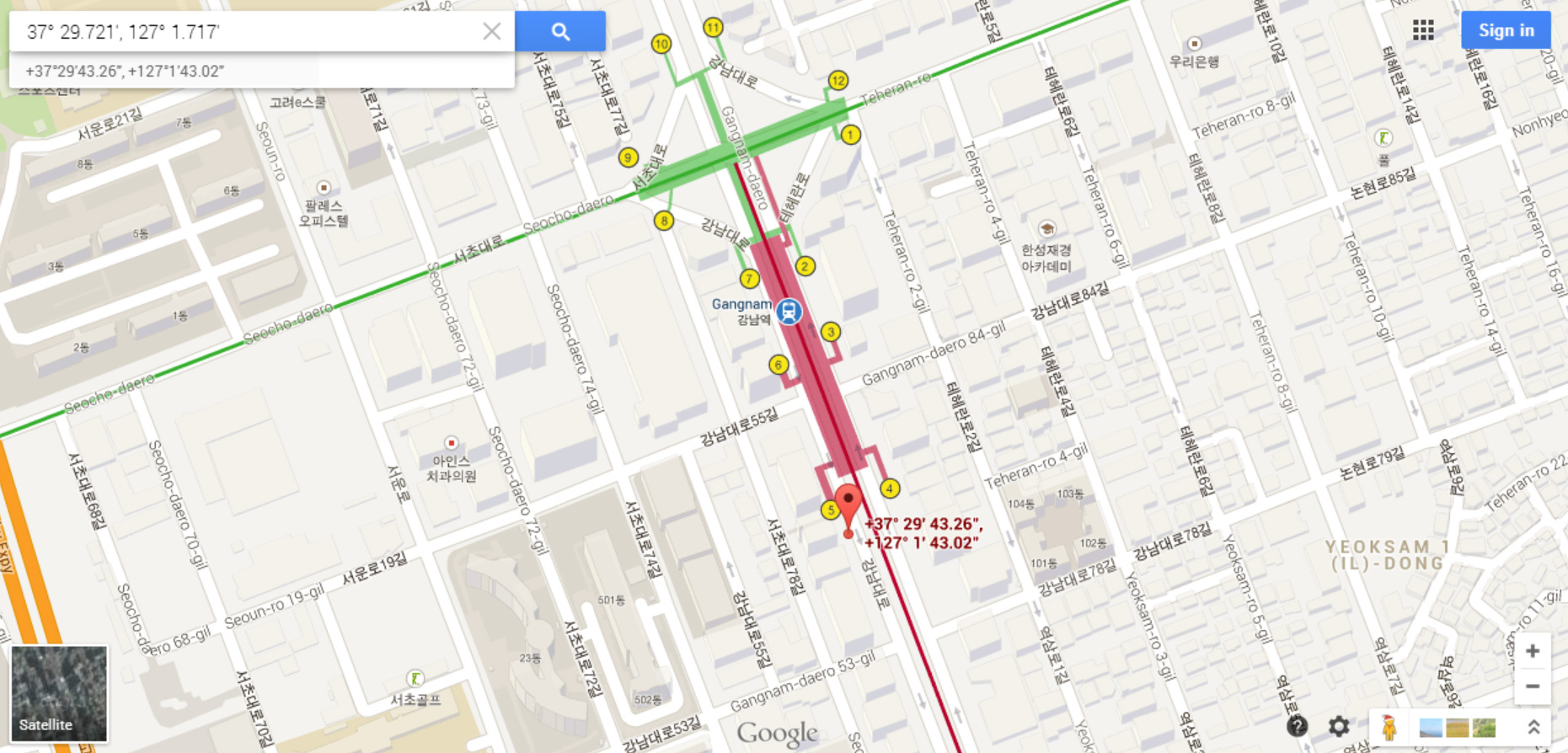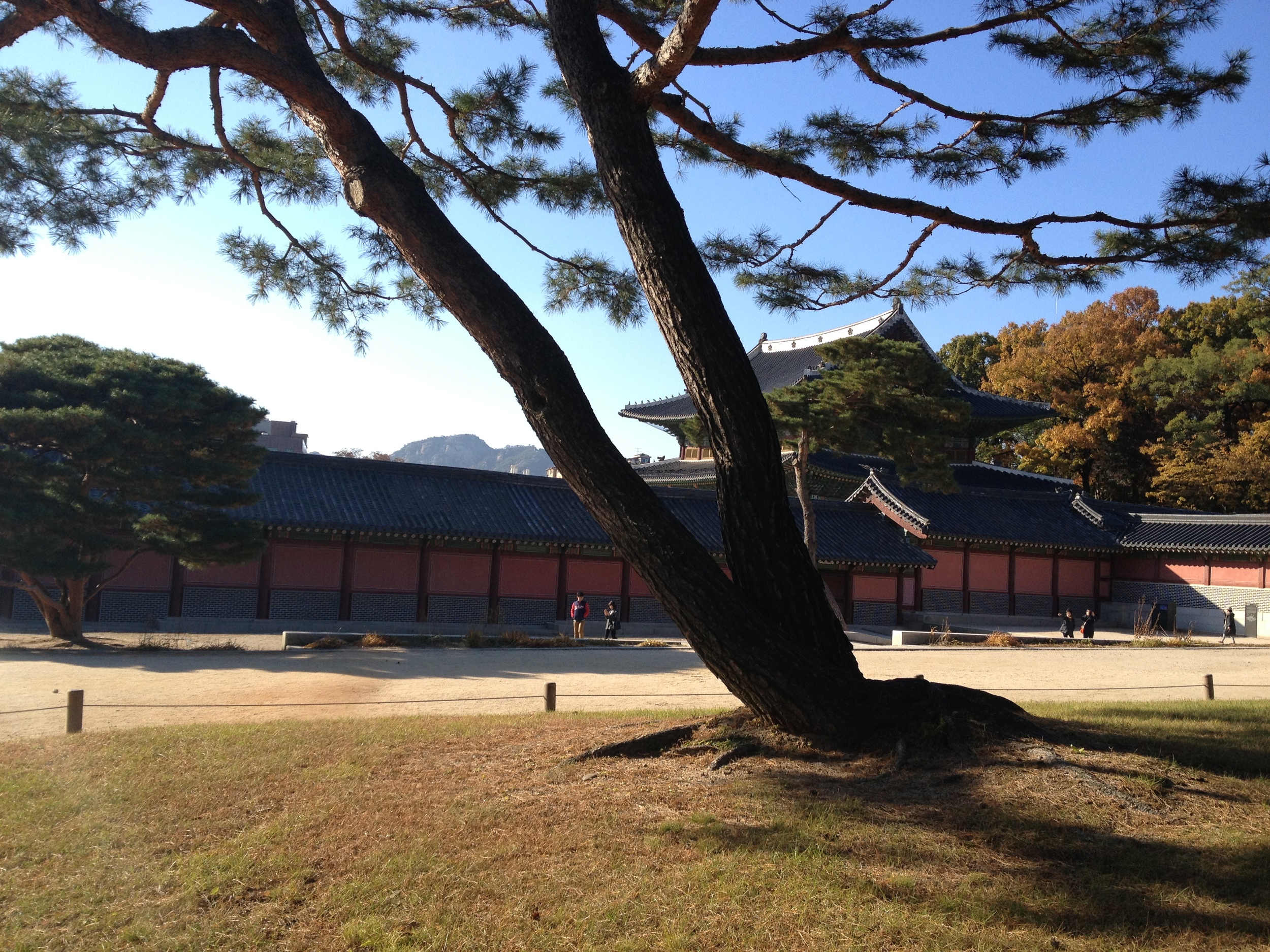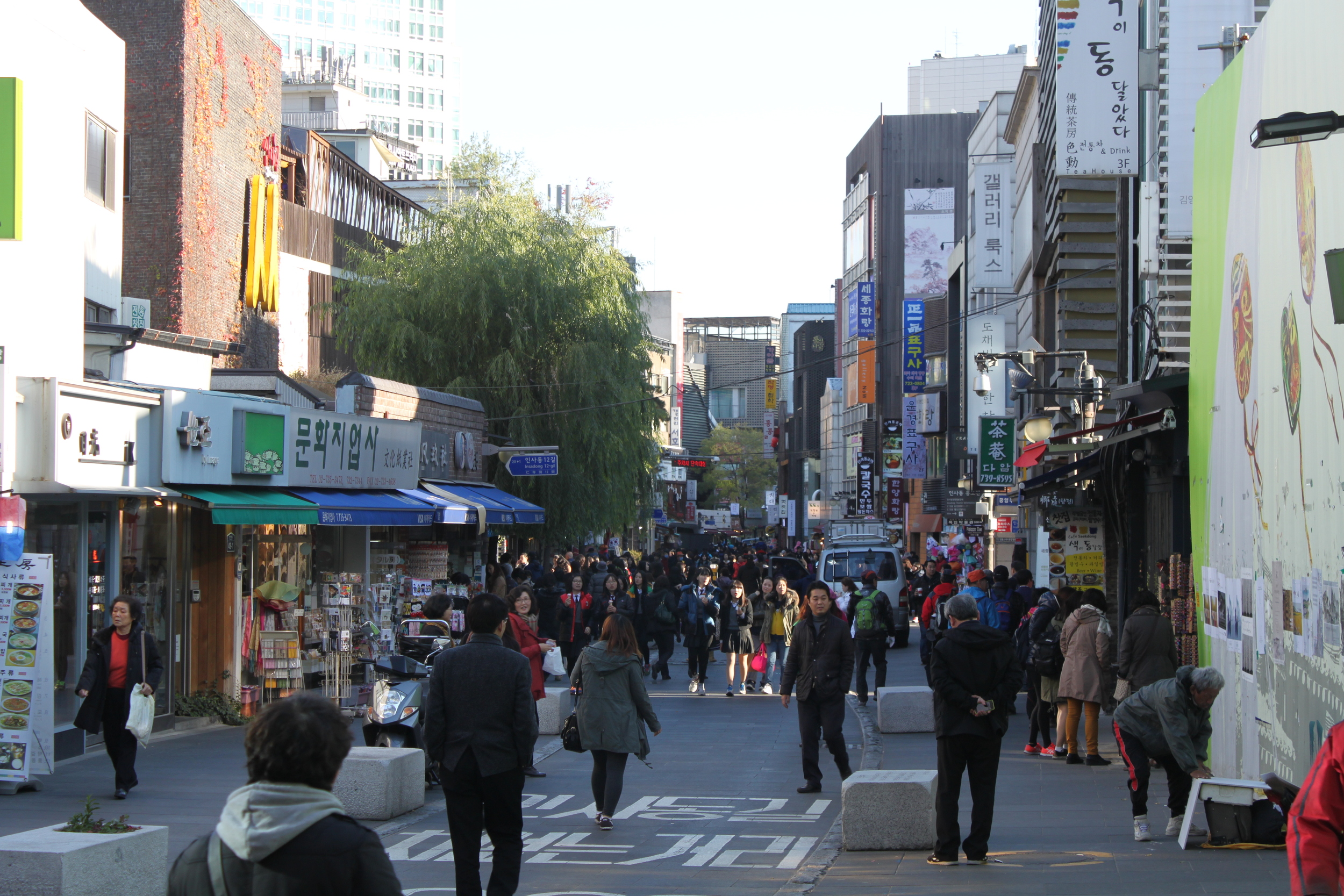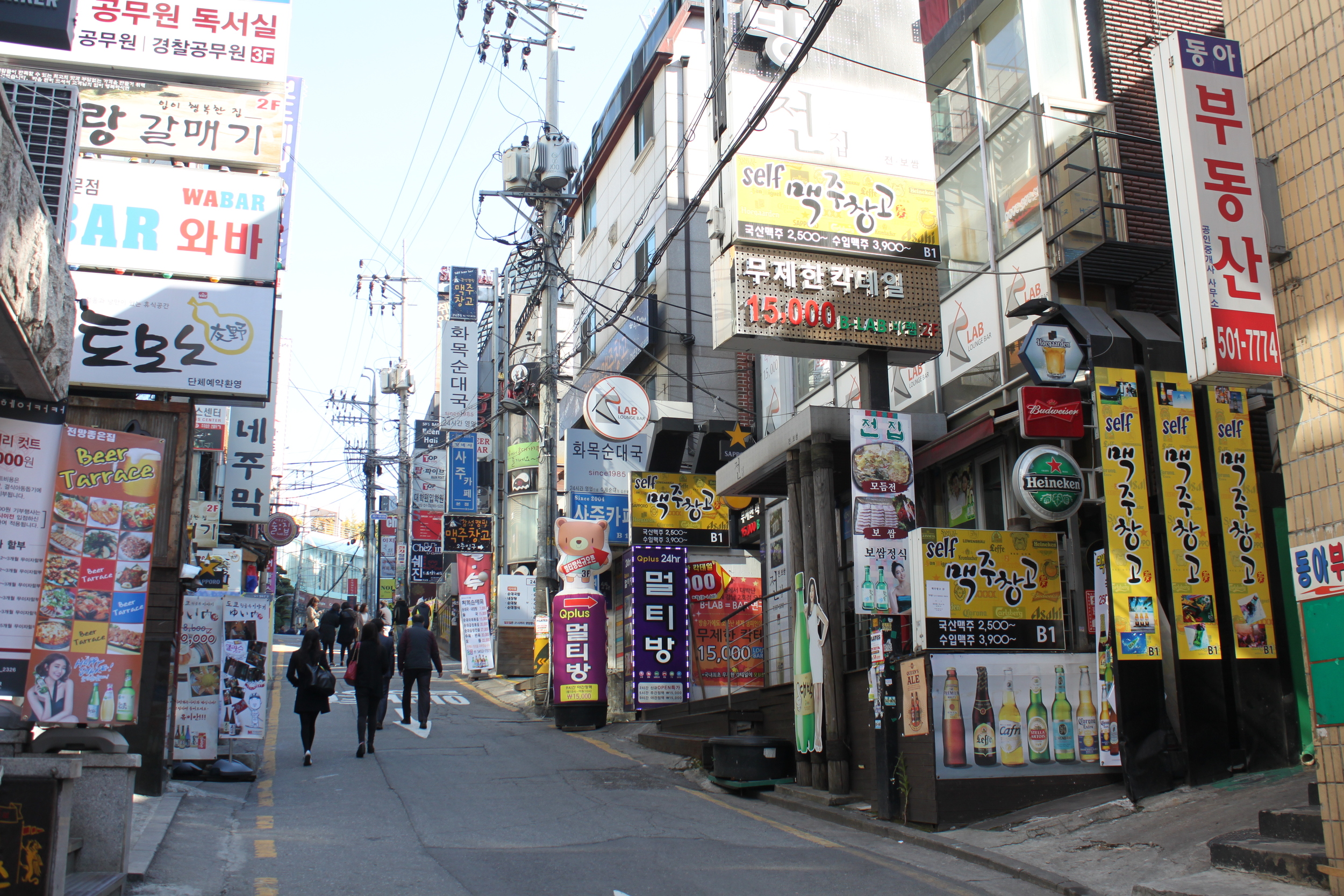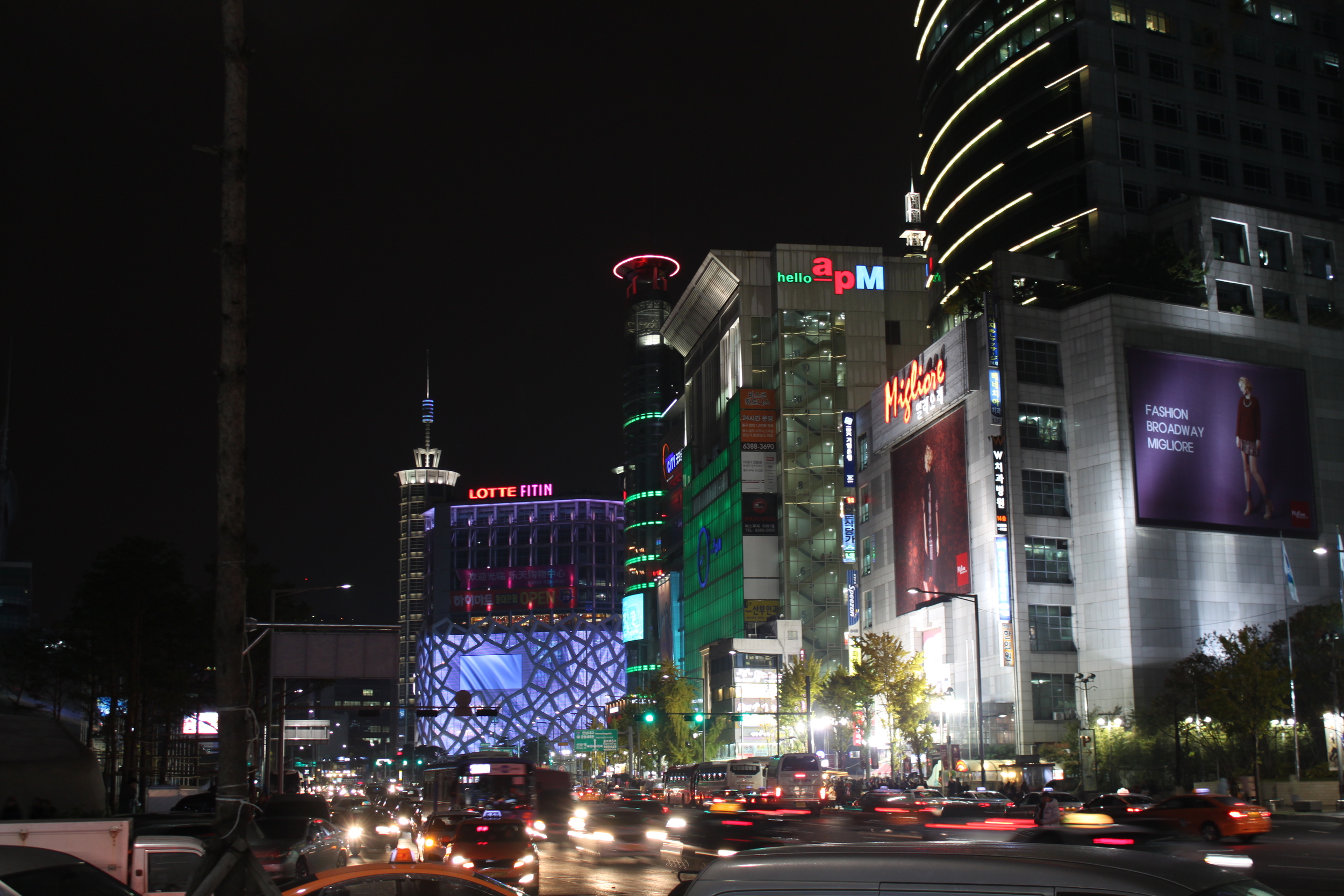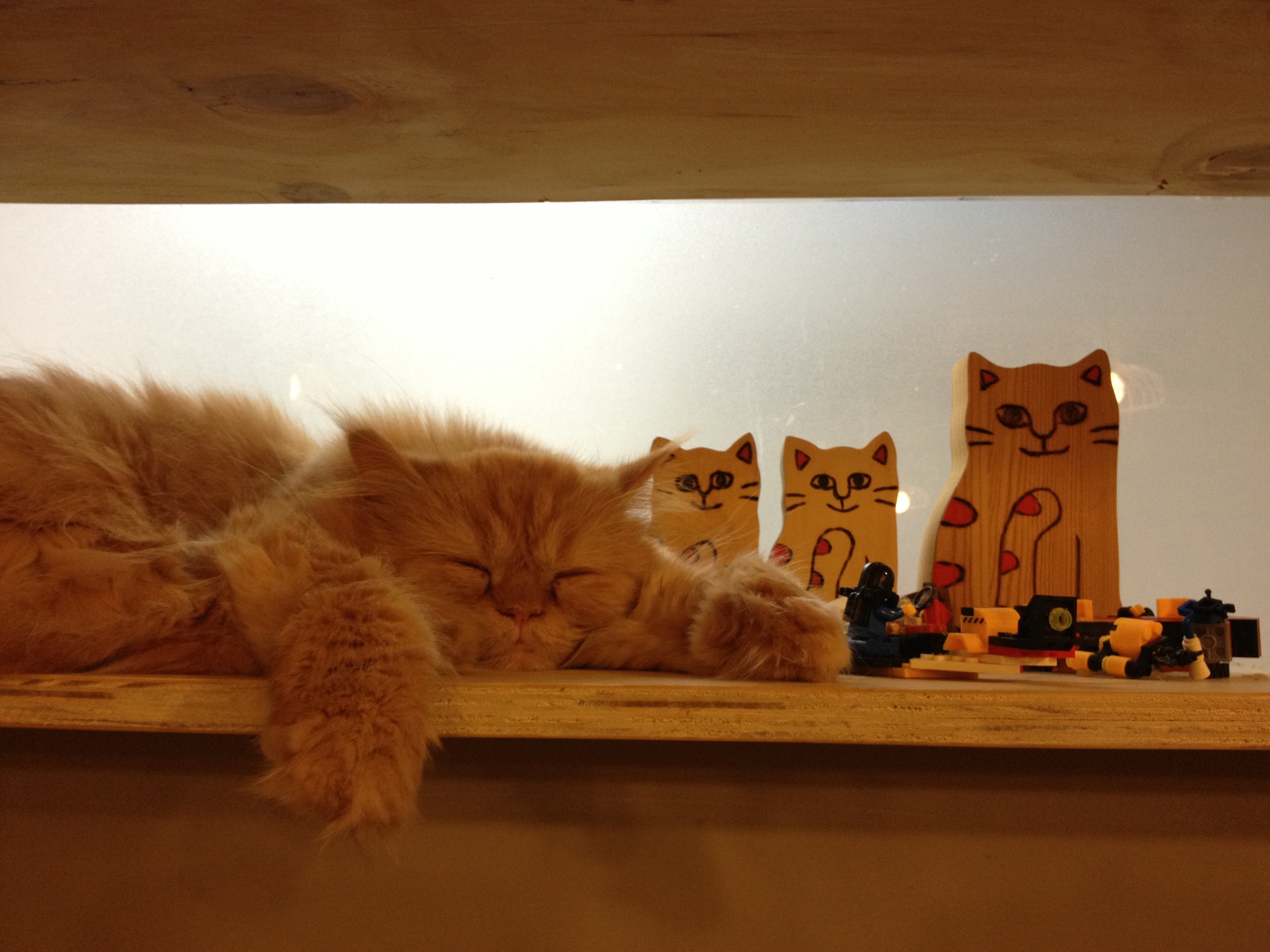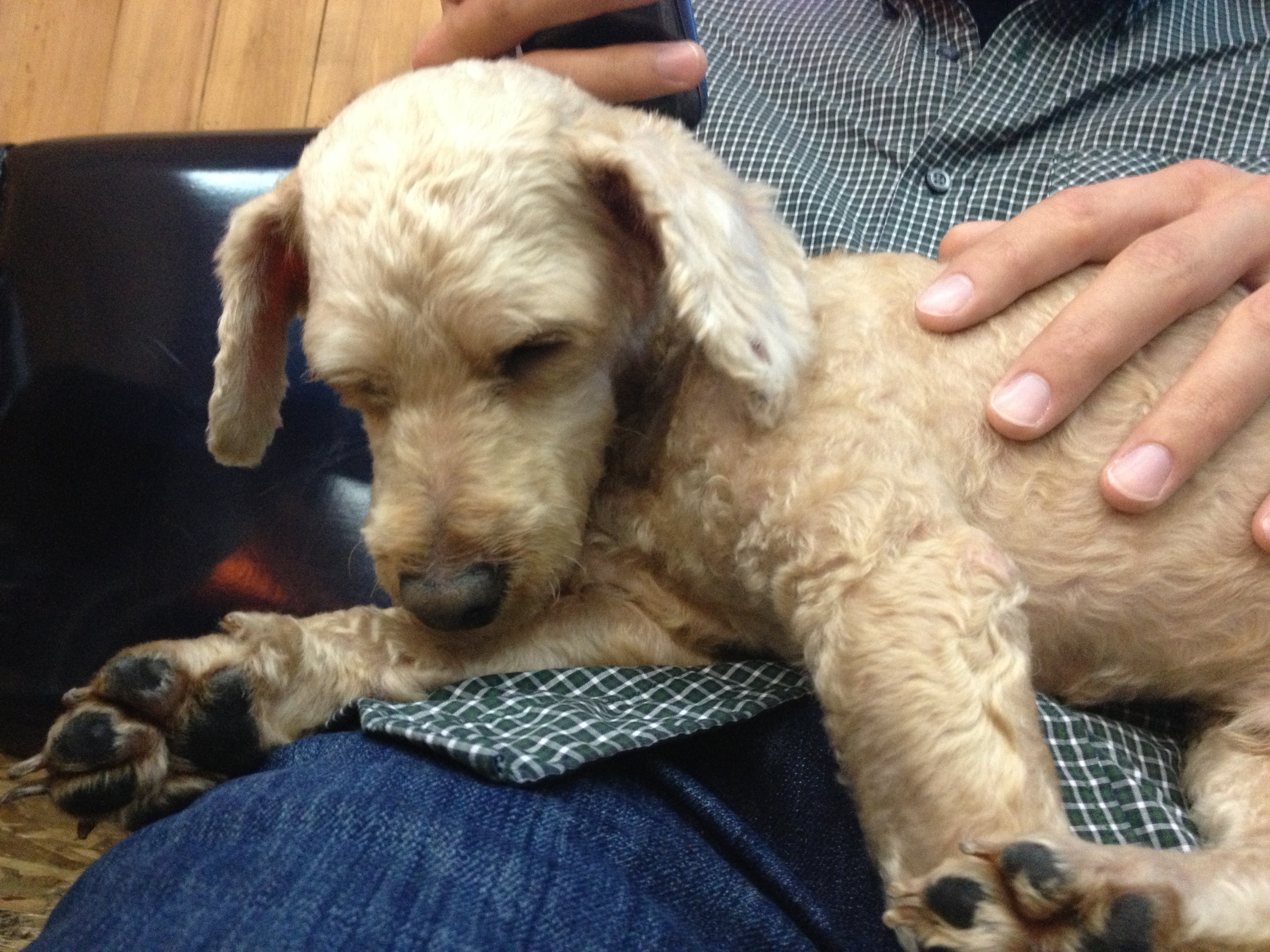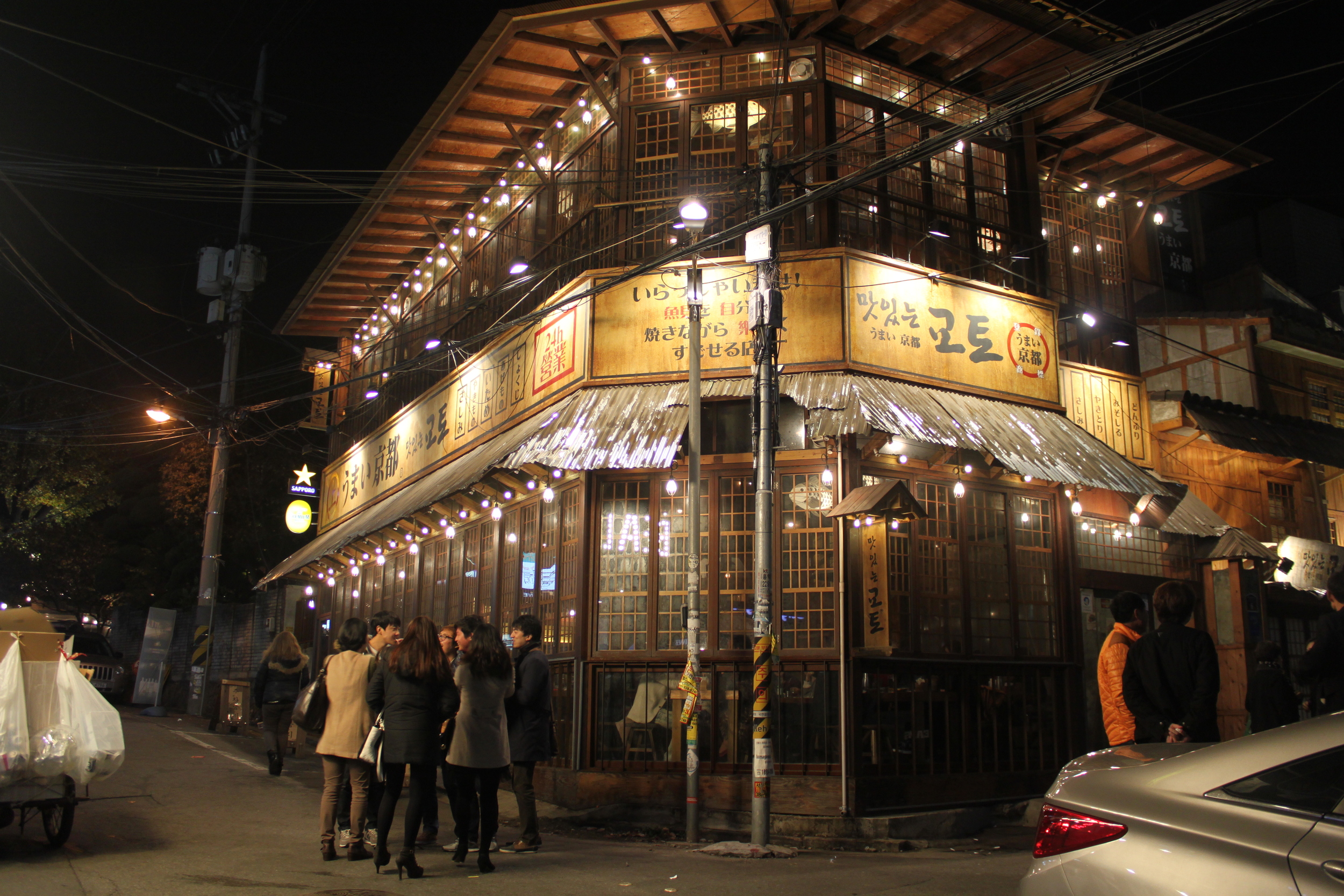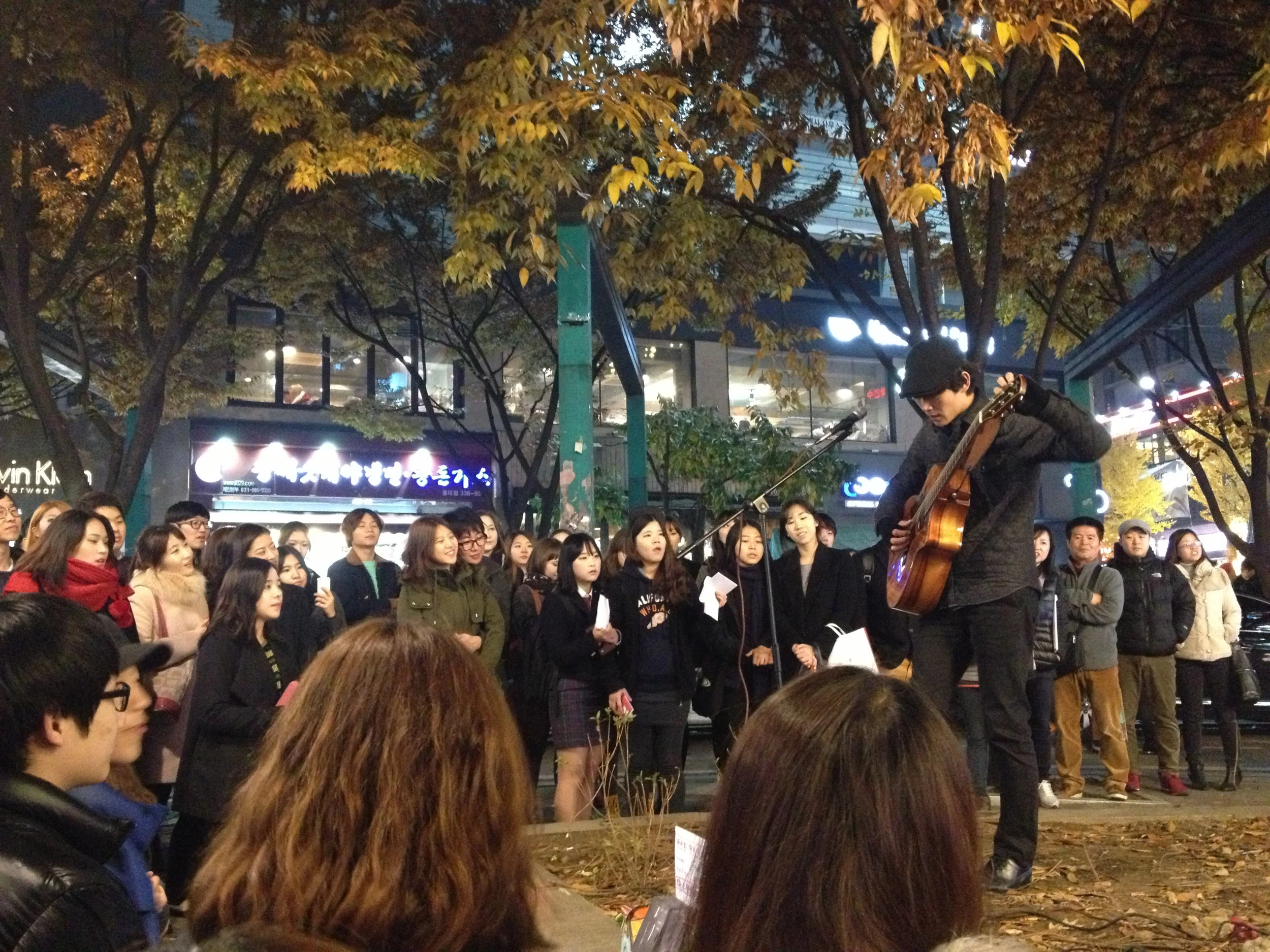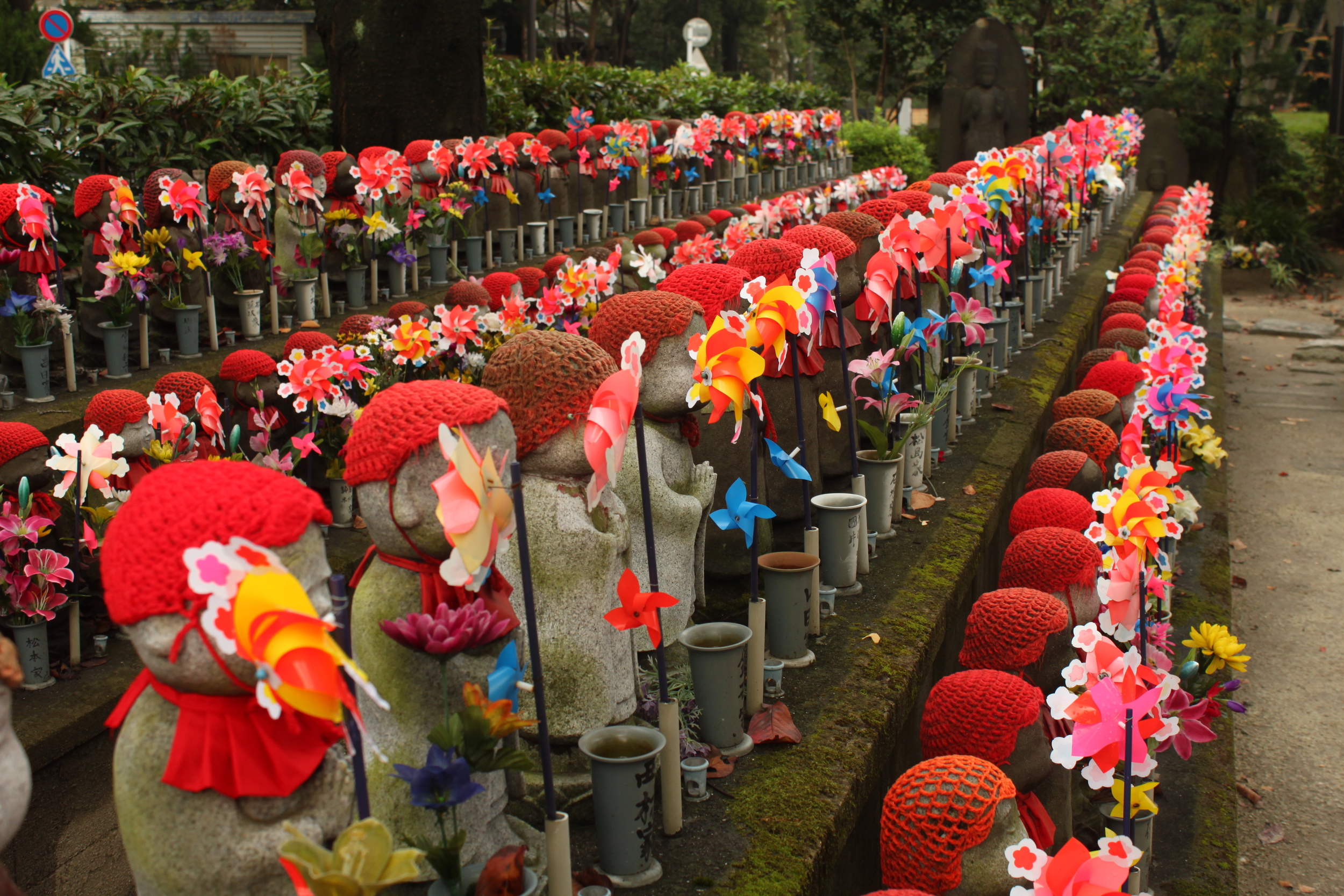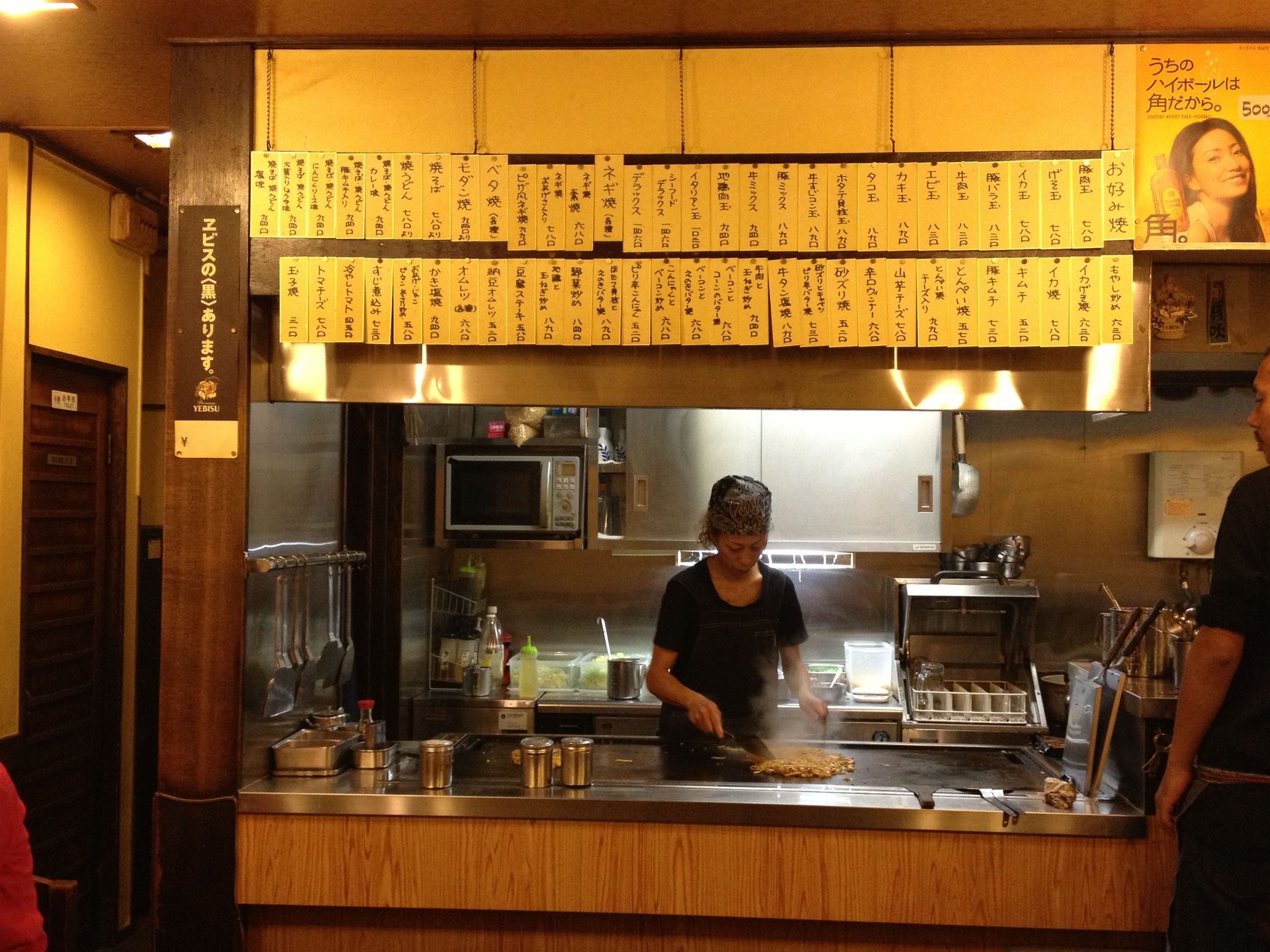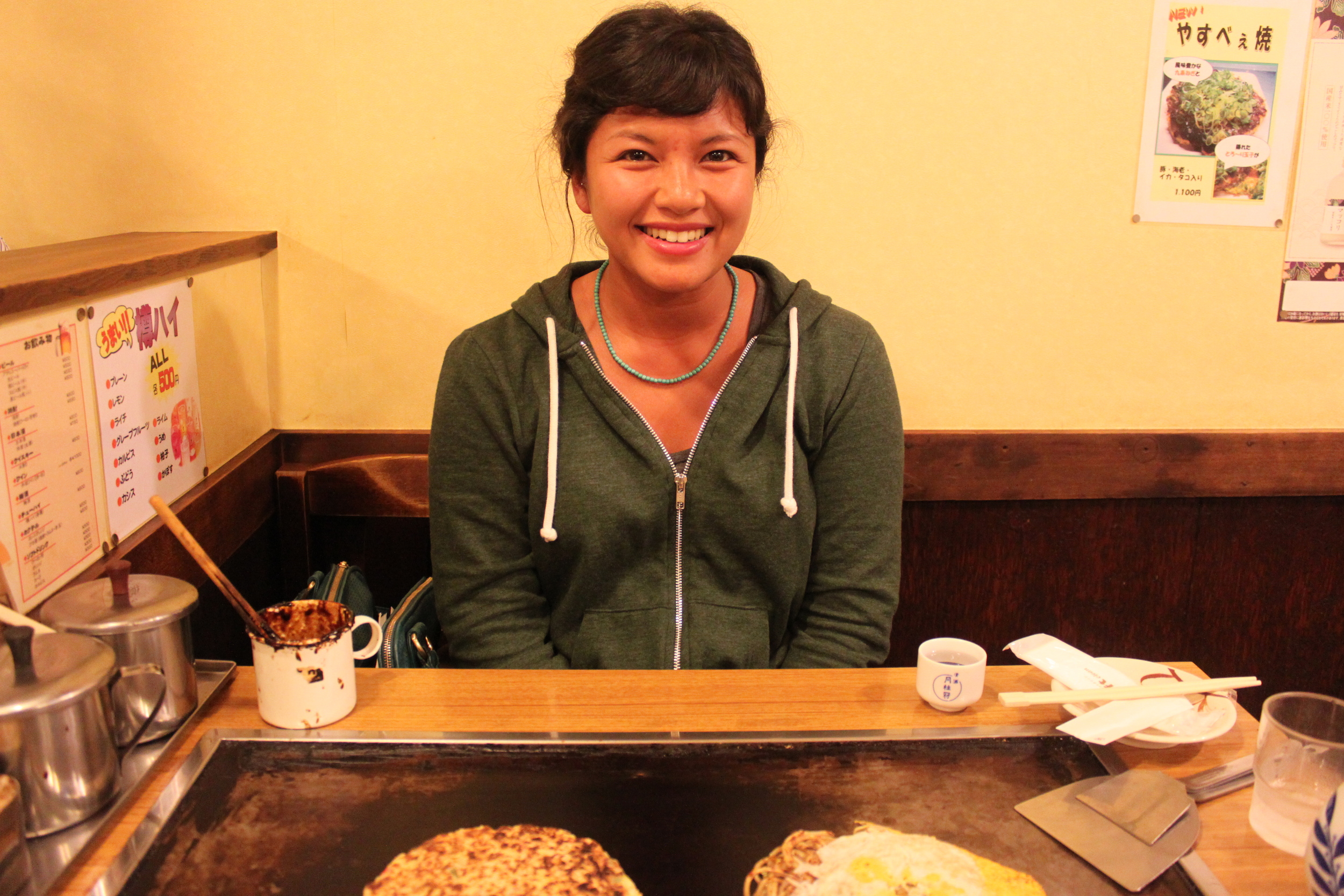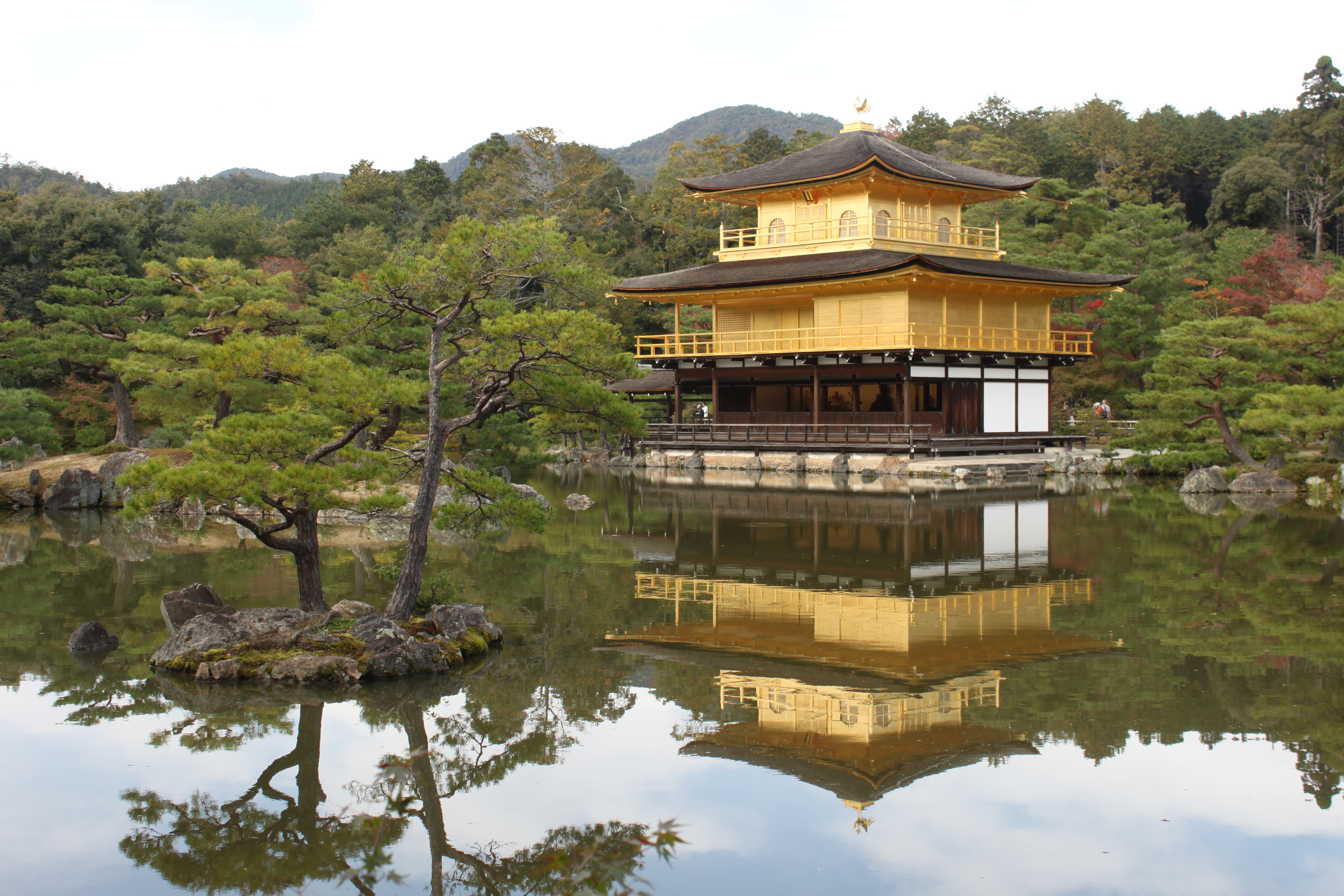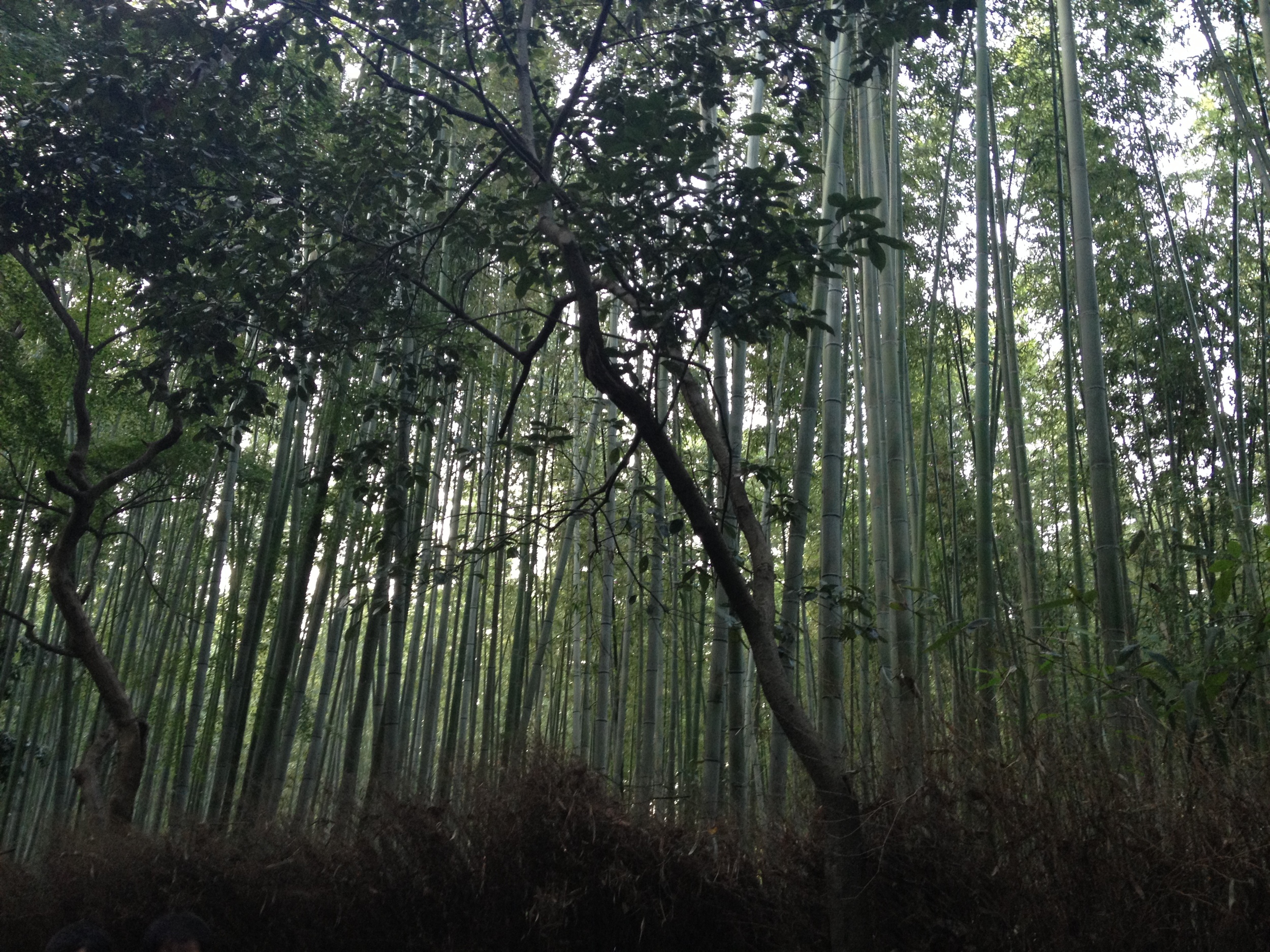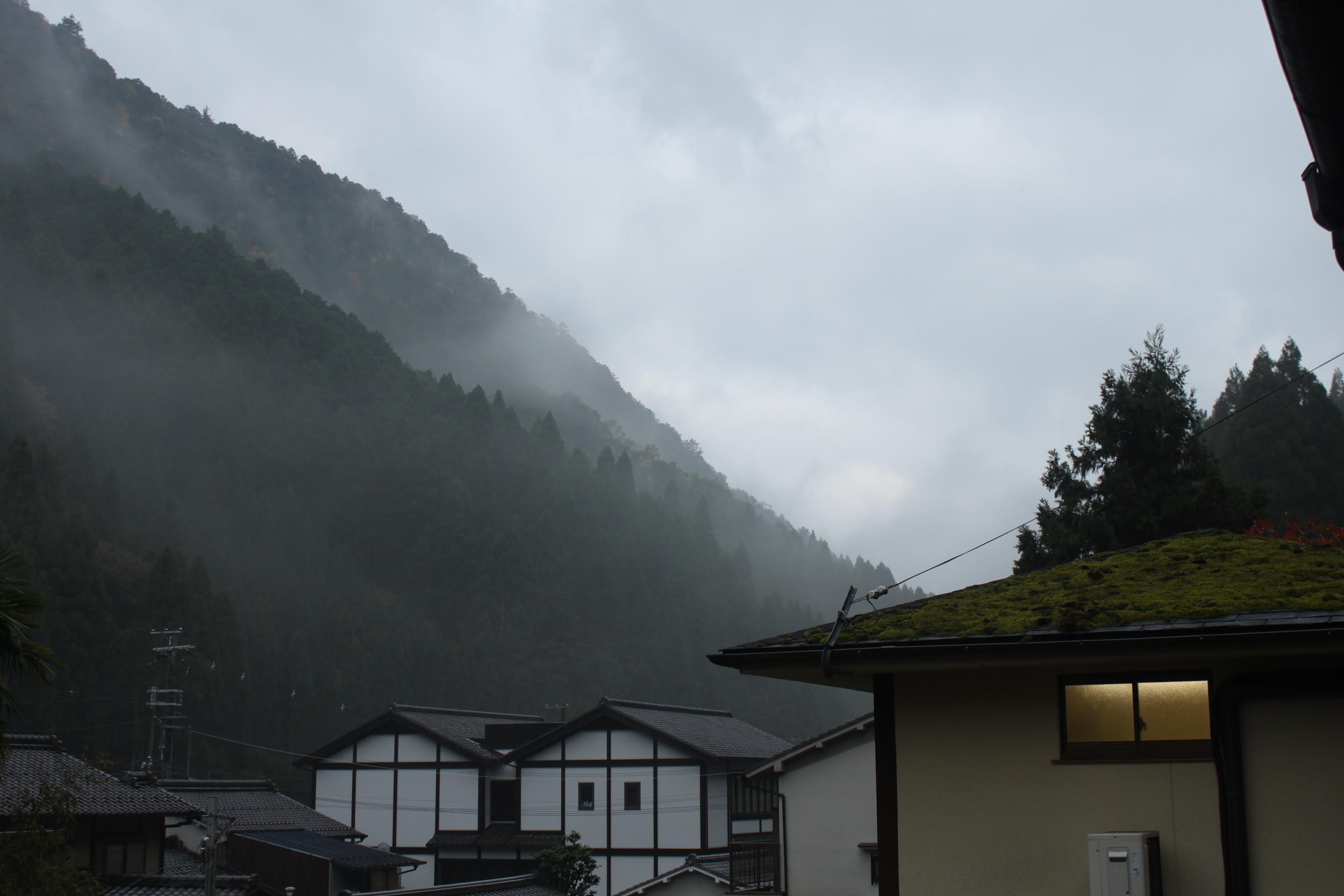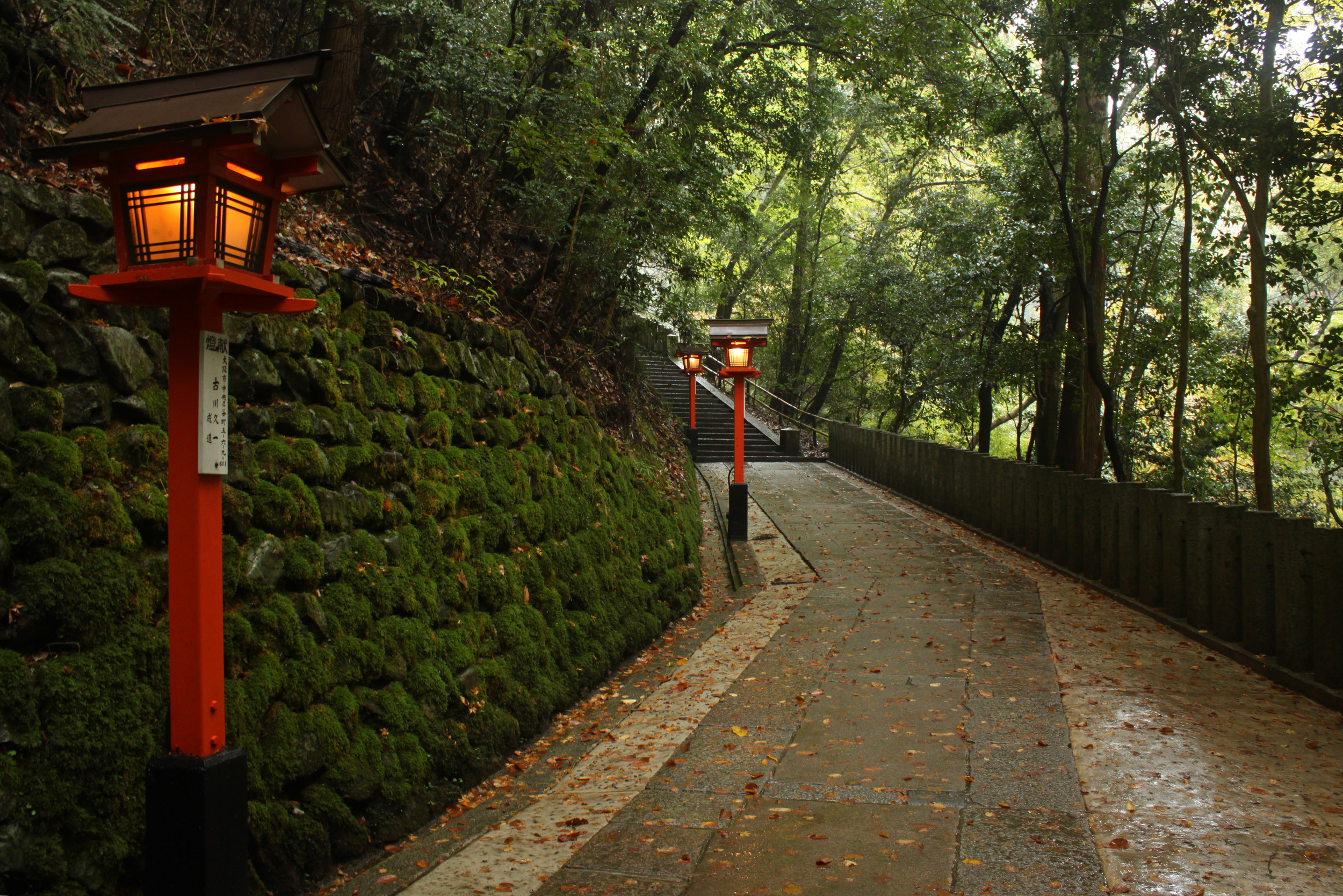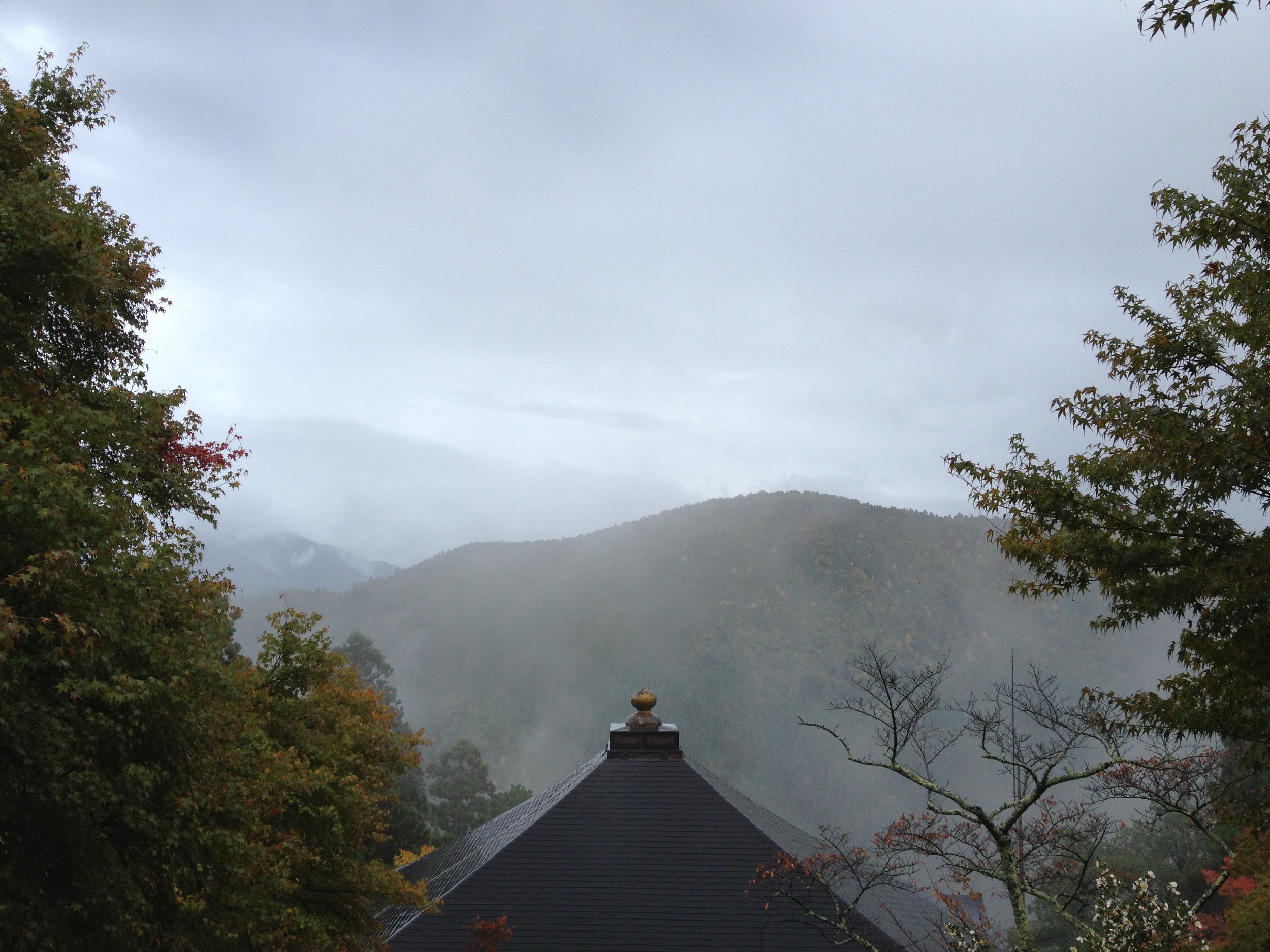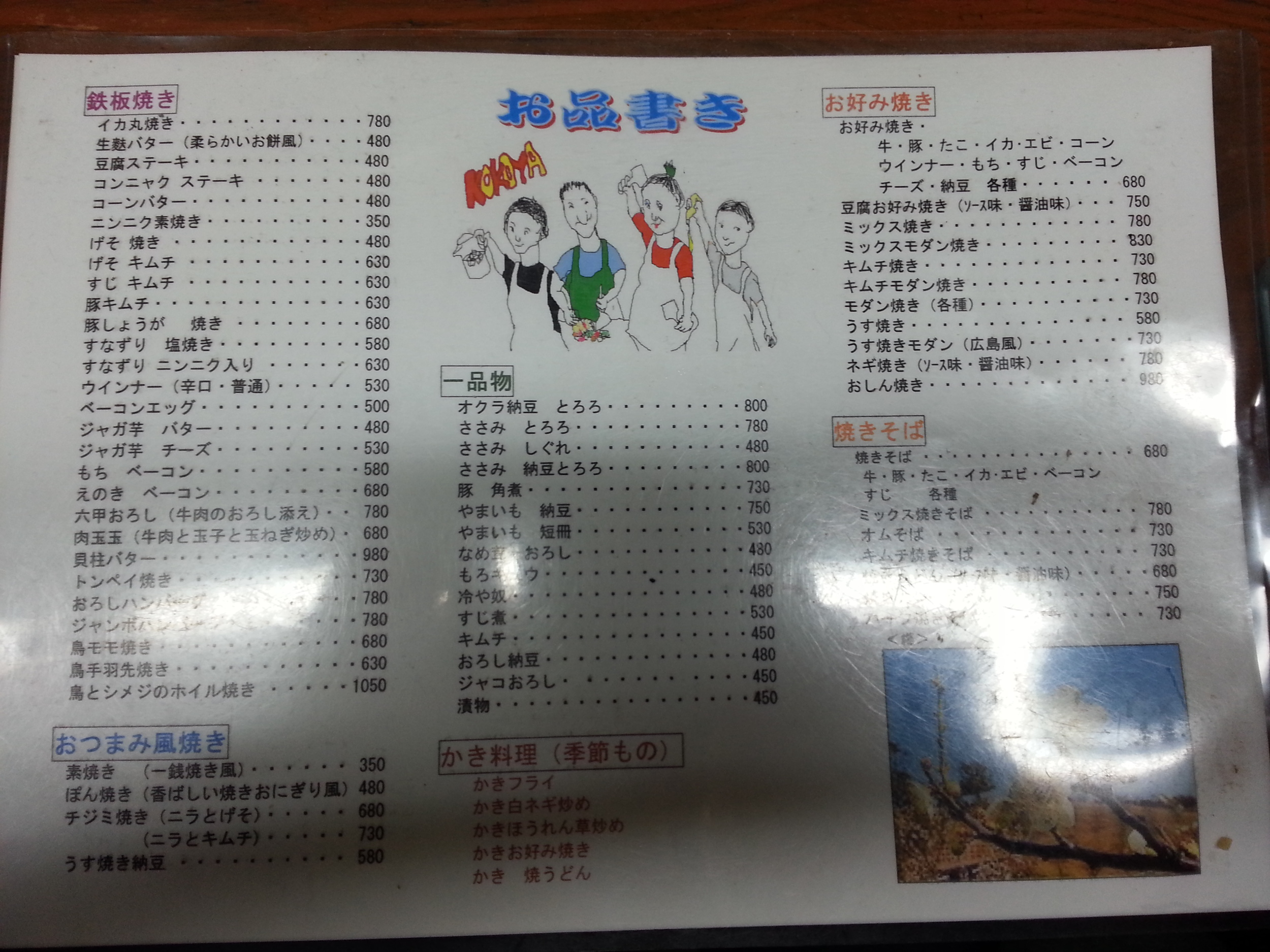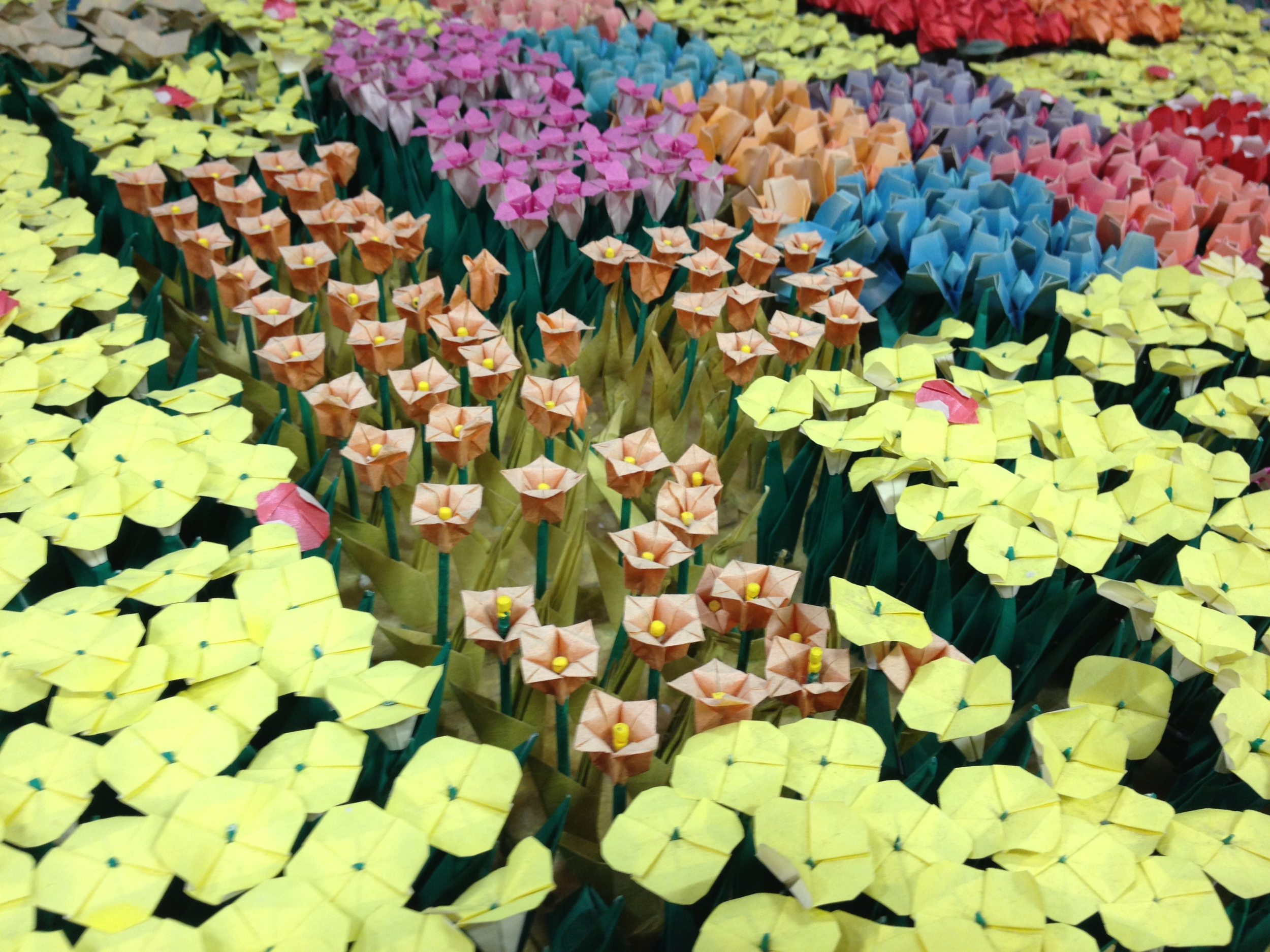hong kong
Hong Kong would be the last stop on our Asia trip before we flew back to the frigid Midwest for the holidays. We had mixed feelings on flying in—we were looking forward to checking out one of the great cities of the world, but we knew this meant we were done with Asia for quite a while. While we didn’t know what to expect aside from tall buildings and busy streets we had at least planned on warm weather. The average December high in this subtropical city is 73 degrees but instead we were greeted with an extremely rare cold spell, with temperatures reaching the 40s at night. It seemed that the world wanted to ease us into subzero Minneapolis and Milwaukee slowly. Despite the cold weather we immediately took to this bustling knot of pedestrians, cars, trains, escalators, skyscrapers and neon lights jammed in between the ocean and the mountains. We spent most of our time just wandering, taking in the spectacle of Hong Kong much like Times Square tourists do in our own New York.
Our visit started off with a very lucky break, with yet another one of our friends coming through to help us out in a big way. Carla and I were a little worried about where we would stay given Hong Kong’s legendary real estate prices but Adam, a friend of mine who had relocated from New York, generously offered up his place to us even though he wouldn’t be home. Not only did we have a place to stay, but we had a beautiful apartment overlooking the skyline in the best part of town. A quick "travellator" ride carried us up the steep slope right to Adam's apartment. If you're wondering what a travellator is, it's a unique public transportation feature consisting of a bunch of huge outdoor escalators that take commuters up and down the city's steep hills.
We arrived in the afternoon and I immediately reached out to another friend I hadn’t seen since in several years. Howard lived in the same neighborhood and was happy to show us around our first night. The first stop was a food revelation to us: authentic Hong Kong noodles. We had never actually gone out of our way for these in the past but Howard knew of a little shop called Mak’s Noodle that took the dish seriously. All three of us ordered the beef brisket noodles and Carla and I couldn’t believe the rich, savory flavor of the broth and perfect texture of the noodles. This soupy delight was cooked right in front of us and served by a gruff waiter who didn’t seem to care if we liked it or not. The table was cramped, the portions were small, the service was hurried and despite all this we were back for more the very next day. After dinner Howard took us to the Lan Kwai Fong district for a beer. This is the touristy party scene for Hong Kong’s international residents and visitors. We knew people here took drinking seriously when we saw a sign that read “how fast can you drink 10 shots,” complete with a giant basketball-style timer and leaderboard. The city’s frantic pace is reflected here but the bars and clubs are the generic places you could find in any major city. We caught up with Howard over a beer but were promptly kicked out when we didn’t order a second drink fast enough. We quickly realized that Hong Kong doesn’t quite have the western idea of hospitality. Everyone you meet, from Starbucks baristas to convenience store clerks, is in a terrible hurry to get you what you need and on your way.
The stunning view from Victoria's Peak.
We woke up the next morning to find that the clouds had cleared, giving way to a gorgeous blue sky. A cold wind was blowing through the city, providing an extremely rare day with no clouds or polluted haze obscuring city views. This meant an immediate trip up Hong Kong’s tallest mountain, Victoria’s Peak, to take in the view from above. We rode the funicular to the peak (this is a cable car pulled up an extremely steep slope, an experience in itself), and stepped out into the fresher, colder air above the highest city skyscrapers. We had expected a nice view, but nothing like what was laid out in front of us that morning. Hong Kong’s size and density can only be truly understood from above. The city is surrounded by such steep slopes that any flat(ish) land is obligated to hold a high-rise, and the city center is a forest of skyscrapers to rival or even surpass Midtown Manhattan. We will let the pictures do the talking. This two-hour walk on the side of the mountain was one of the highlights of our trip through Asia and is a must-do for anyone visiting Hong Kong on a clear day.
The teeming streets of Kowloon.
On our walk we met a pair of friendly young people who were also taking in the views. After taking pictures and chatting with them for a while, we exchanged information and agreed to meet up for a drink the next night. That evening, after our second stop at Mak’s Noodle, we took the Star Ferry across the harbor to take in nighttime views and see Kowloon. After taking in the lit up skyline for a while we took the train deeper into Kowloon to find Mong Kok Market. If Hong Kong Island is Manhattan, then Kowloon is Queens, a massive blue-collar city where many immigrant communities are found and local culture hasn’t been gentrified away. However, from the first step out of the train at Mong Kok it’s clear that Kowloon has no real equivalent in the West. This gritty, dingy, brightly lit area, swirling with activity and claustrophobic with goods for sale and human bodies, is like nowhere I’ve ever been. The giant neon lights overhead displaying Chinese characters look more like works of art than advertisements. The haphazard high-rise apartments that line each street look like they were built floor by floor as more people moved in. The smell of various organs being sold at street food stands can be found around every corner. Despite the presence of other tourists in the markets, I have rarely felt more foreign and out of place than I did walking the streets of Mong Kok. After visiting here I better understood how Hong Kong is really two cities: the first is the British-influenced trading post which has evolved into a major hub for international business; the second is an ancient Chinese city that has been a magnet for immigrants from around China and Asia as the economy has grown. Any visit to Hong Kong without at least seeing this unique and much larger part of the city would be incomplete.
Our last full day in Hong Kong (and Asia for that matter) began with a visit to an authentic dim sum restaurant. I use the term “restaurant” loosely here because the more popular the establishment is, the less they actually do for you in terms of service. We went to a very popular place called Lin Heung and walked into a feeding frenzy. The tables were all full and the employees did not bother to help customers find a place to sit or put them on a list. It is the customer’s responsibility to race to a seat when it opens up or hover over someone who looks like they’re finishing up and claim their seat when they leave. If there is any etiquette here aside from sharp elbows, we didn’t see it. Once you’re seated an employee brings you a set of dirty dishes (the old food chunks have at least been rinsed off) and a bowl of hot water that you are supposed to use to wash your own dishes. There is no soap. When you’re satisfied that your dishes are clean enough it becomes your responsibility to stalk and stop a cart-pusher before they give all of the best food away to other people. This Darwinist eating experience yields small plates of dumplings holding shrimp or ground pork, freshly baked pork buns, and many other rich but suspect morsels. If you can’t tell, I am no great fan of the dim sum experience but it is one of Carla’s favorites. At least I won’t forget it anytime soon.
That afternoon Carla went to see her friend Steph, who she studied abroad with and hadn't seen since 2005, while I got lost in the city streets. After dinner we joined the people we had met on Victoria’s Peak for a drink at Sky Bar. While expensive, this was one of the highlights of our trip—Sky Bar is the world’s tallest bar and the views are nothing short of spectacular. It is housed on the 118th floor of the new ICC building, one of the top five tallest buildings in the world by roof height. Jamie, a visitor from London, and Jackie, a Hong Kong local, were excellent company and we wound up staying much later than we expected. Some of the best times of our trip have been with new friends that we’ve met on the road and old friends we haven't seen for years.
Our visit to Hong Kong was one of the most interesting and enjoyable stops on our journey. The city has a grittiness, glamorousness and local culture that reminded us strongly of New York—we would both feel somewhat at home if we were to live here someday. Hong Kong’s international culture gives it a dimension that Shanghai seemed to lack, while its strong local Cantonese culture provides roots that are not as apparent in places like Singapore. The city’s density and mountainside layout give it a unique feel when walking around, making it much easier to get lost and stumble across an interesting block than an American street grid would allow. Both of us are very much looking forward to our next trip to Hong Kong and bowl of Mak’s Noodle.
The last morning our host Adam arrived and we were able to catch up for a couple hours before we had to get to the airport. We were sad to leave Asia after the 7-week trip of a lifetime but also looking forward to seeing family and the comforts of home. Adam walked us down to the city center and saw us off on the 24-hour journey that would bring us back to the Midwest.
// total asia trip: 15 flights, 4 trains, 3 buses, 5 boats, 1 road trip, 14 cities, 9 countries



